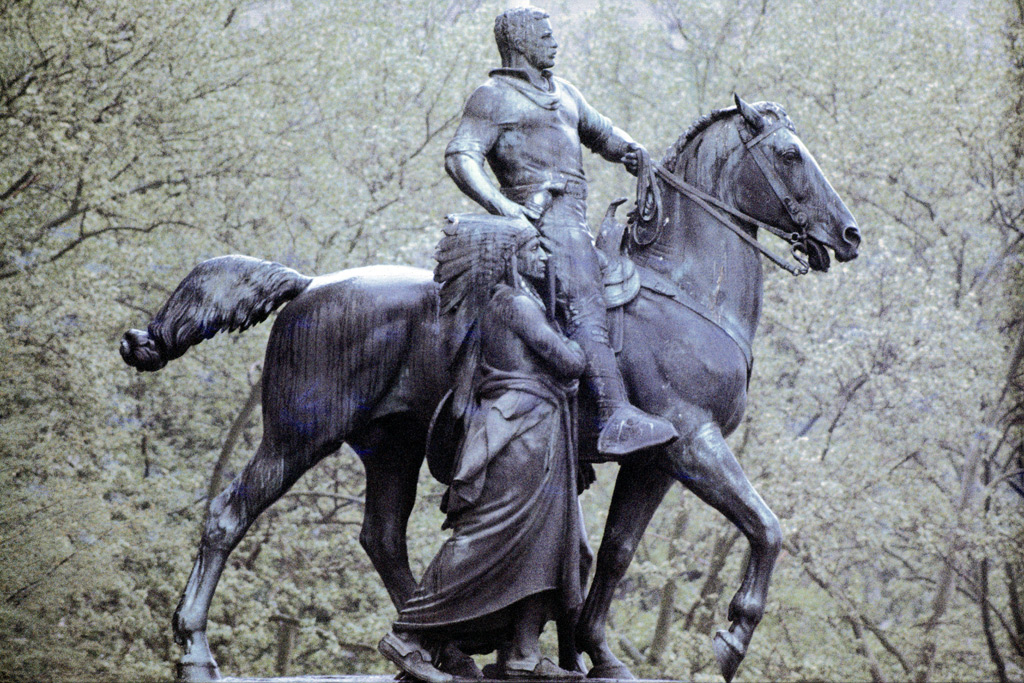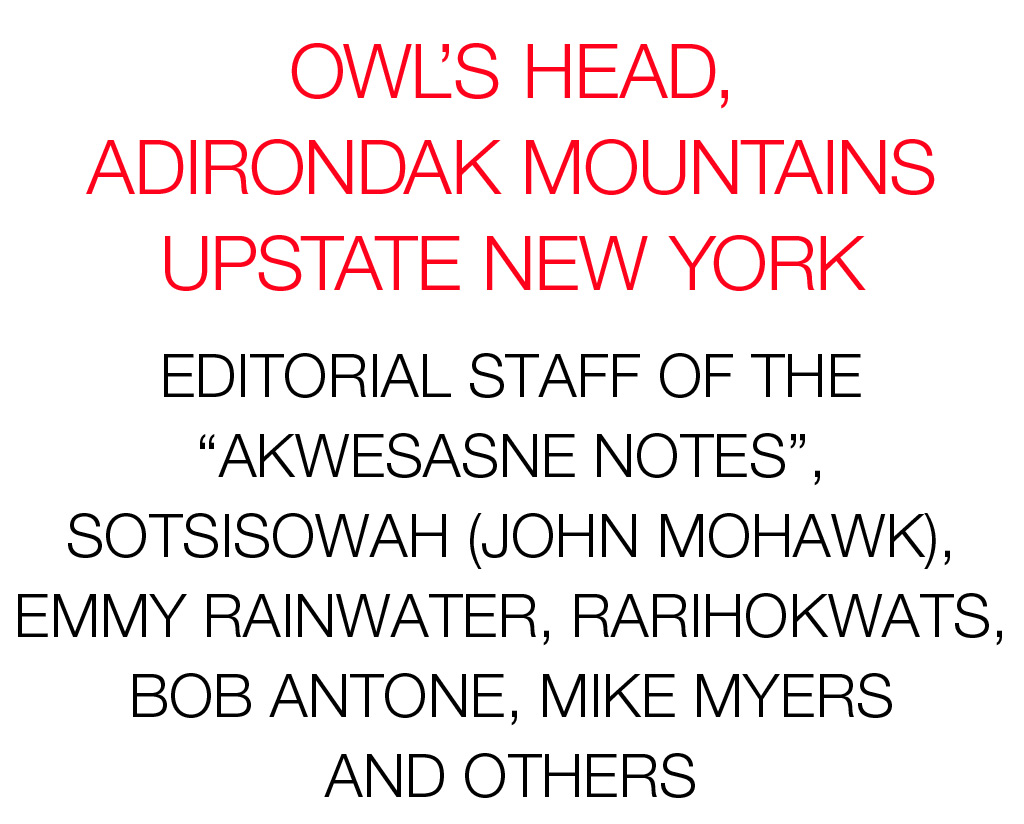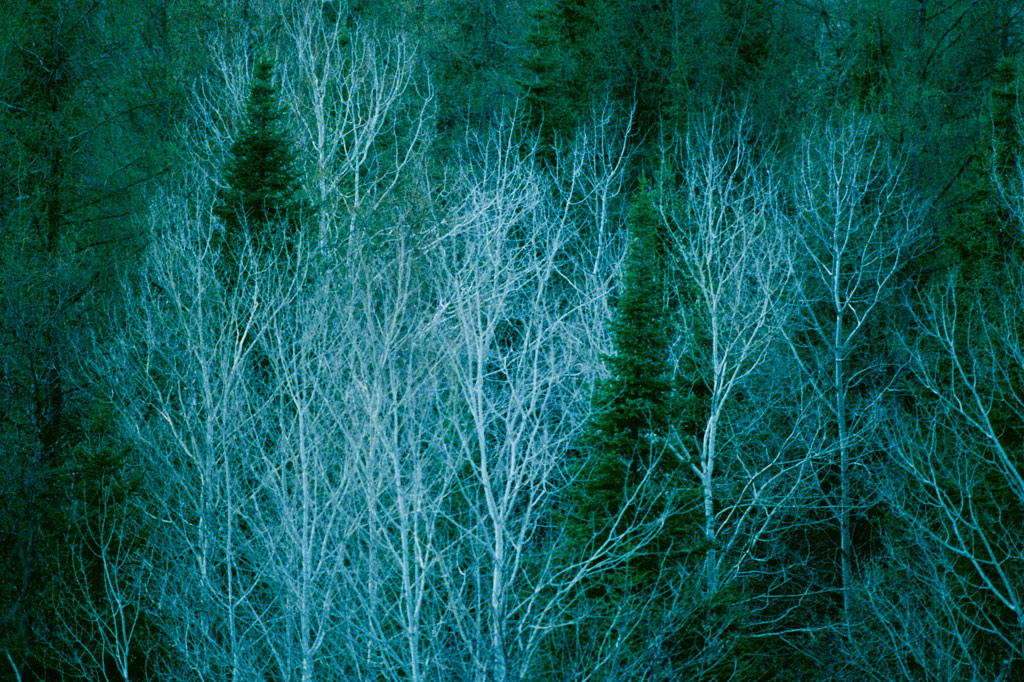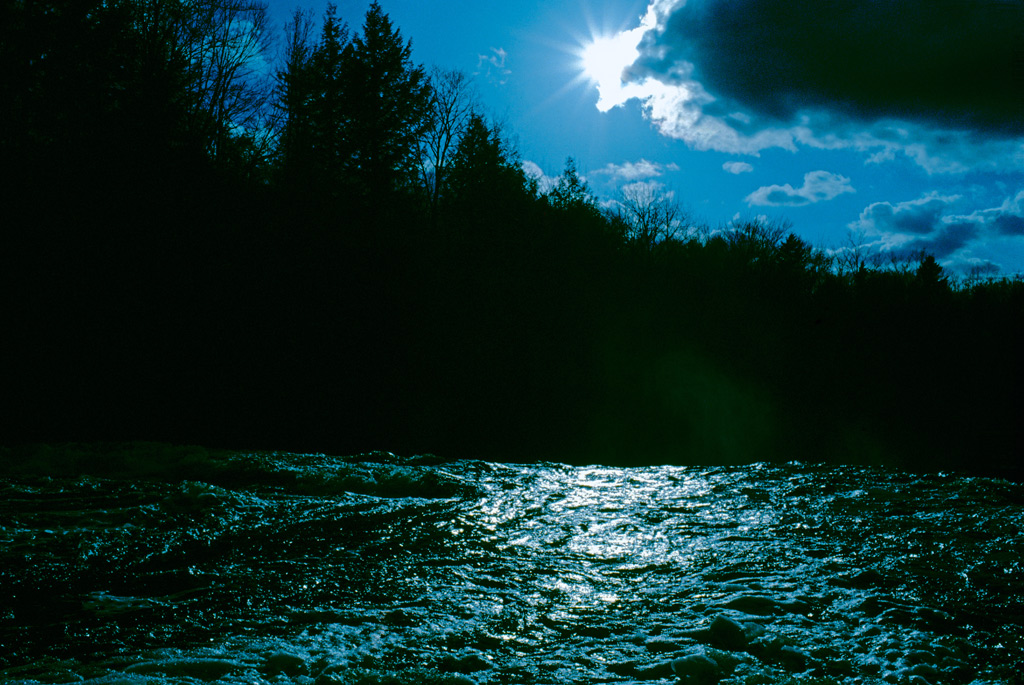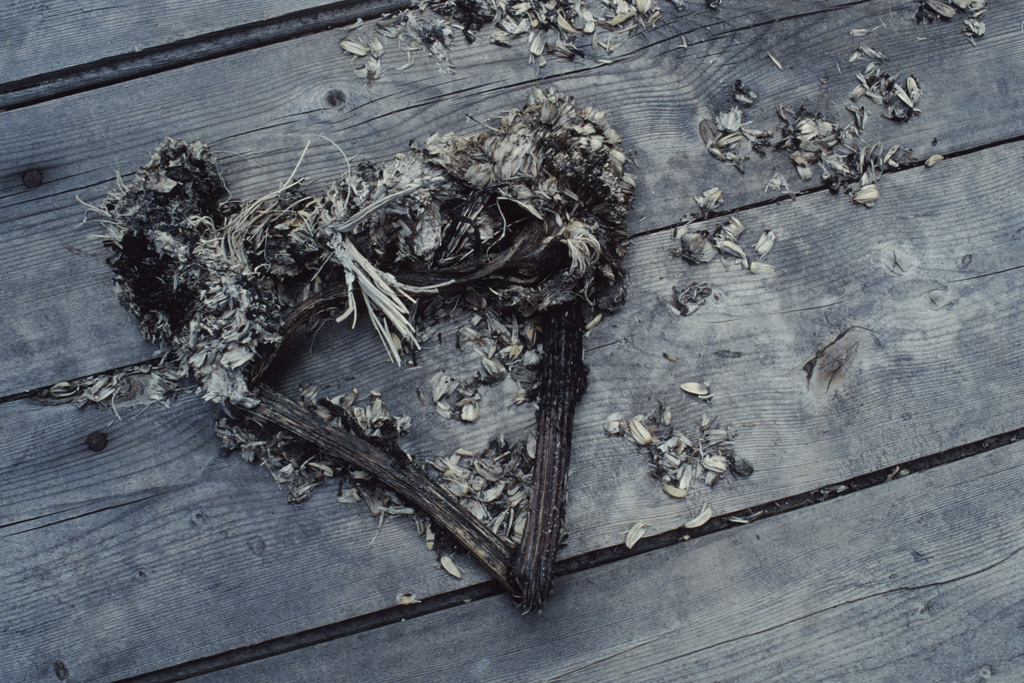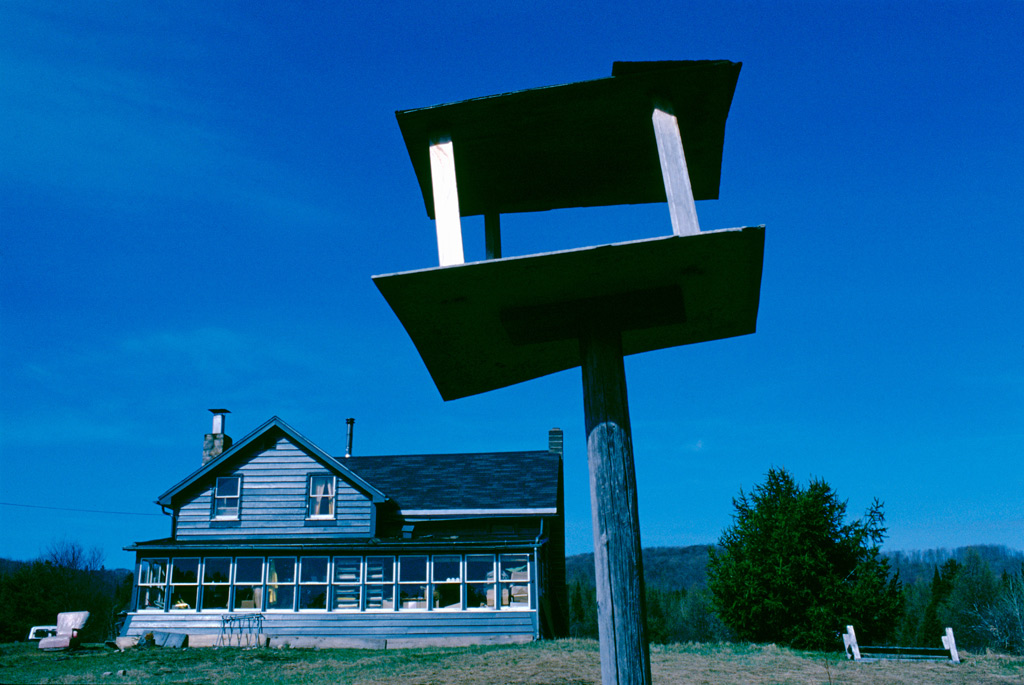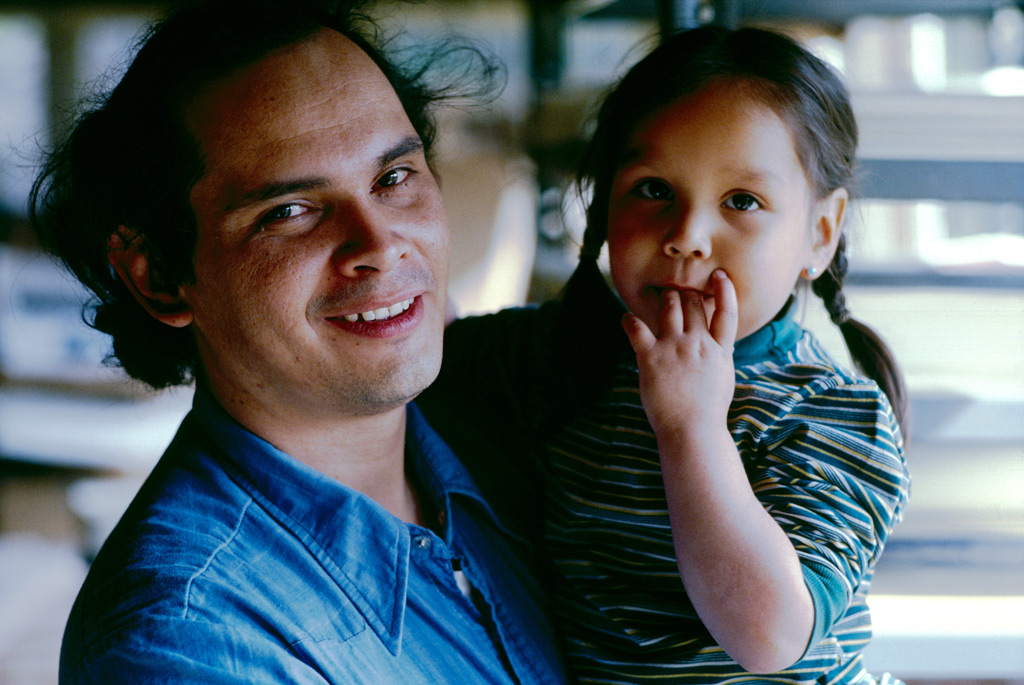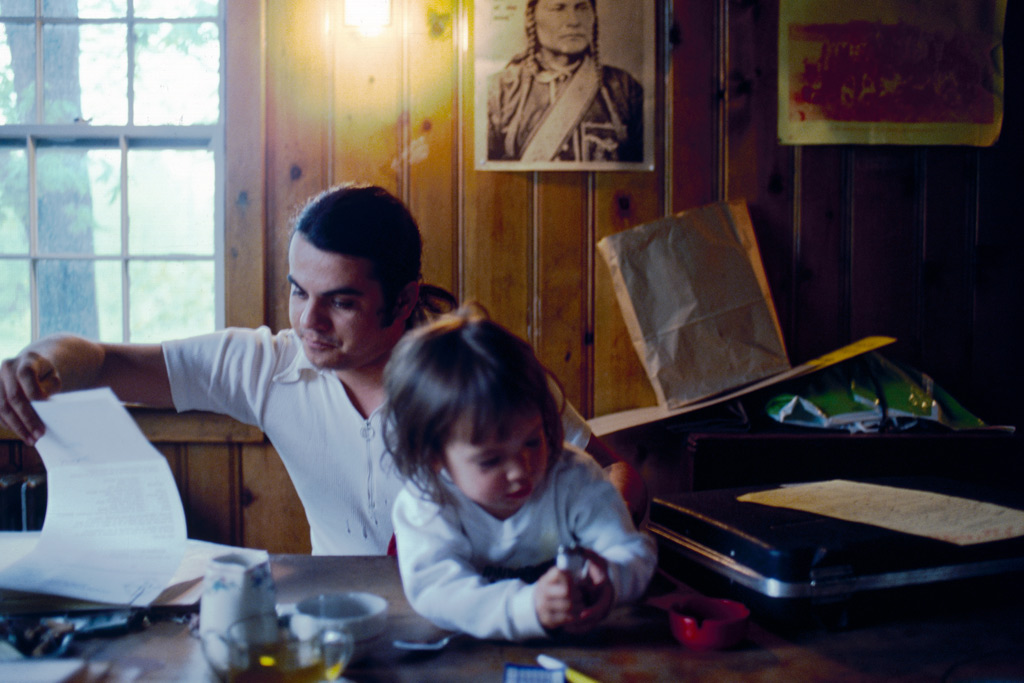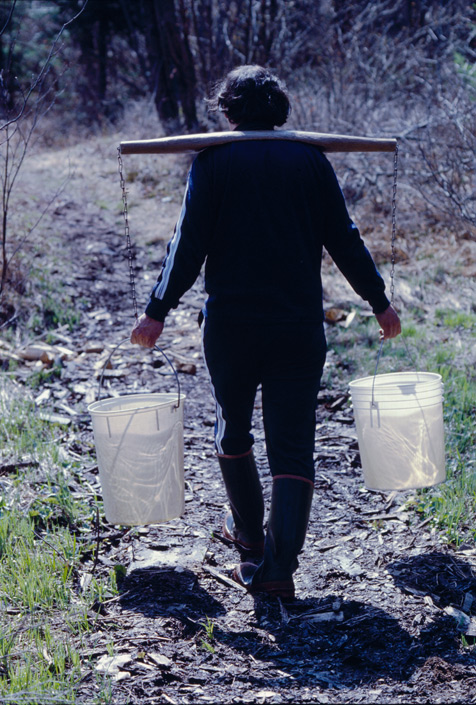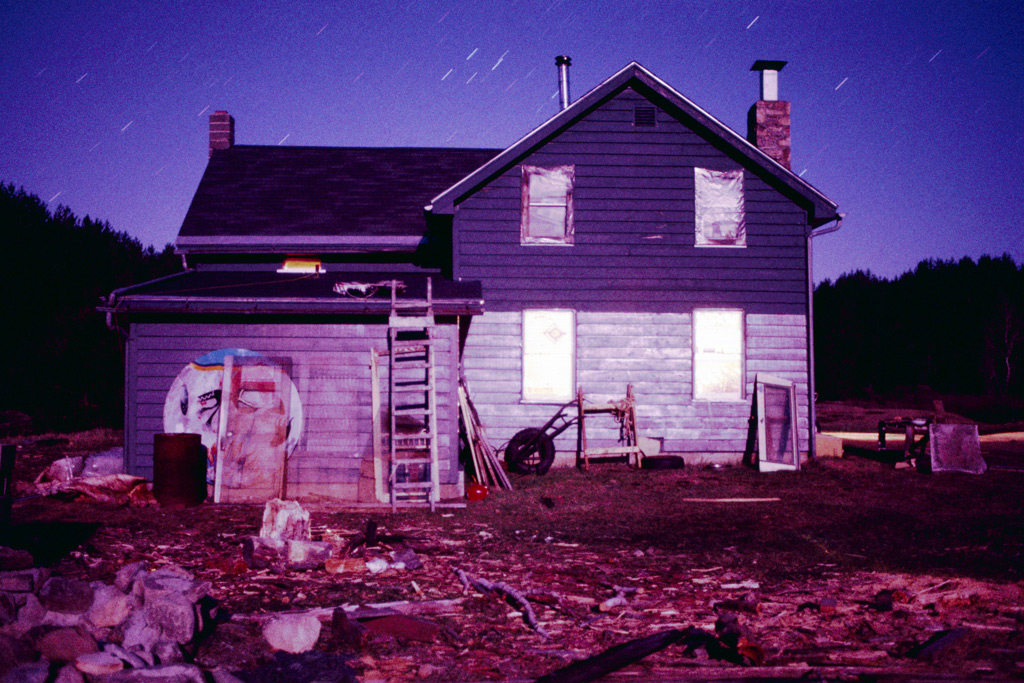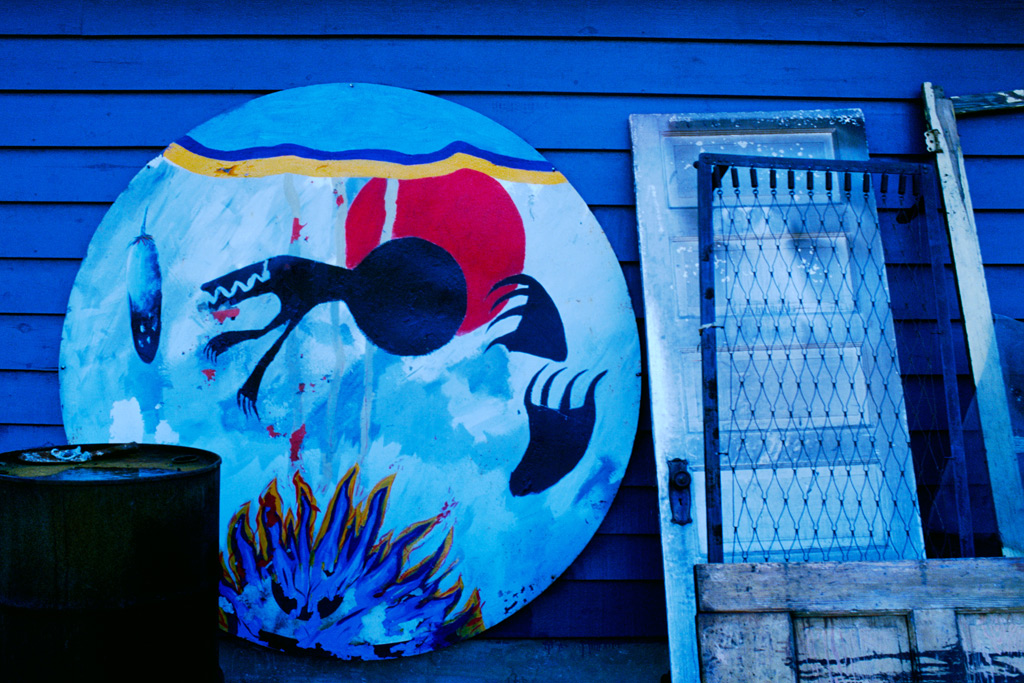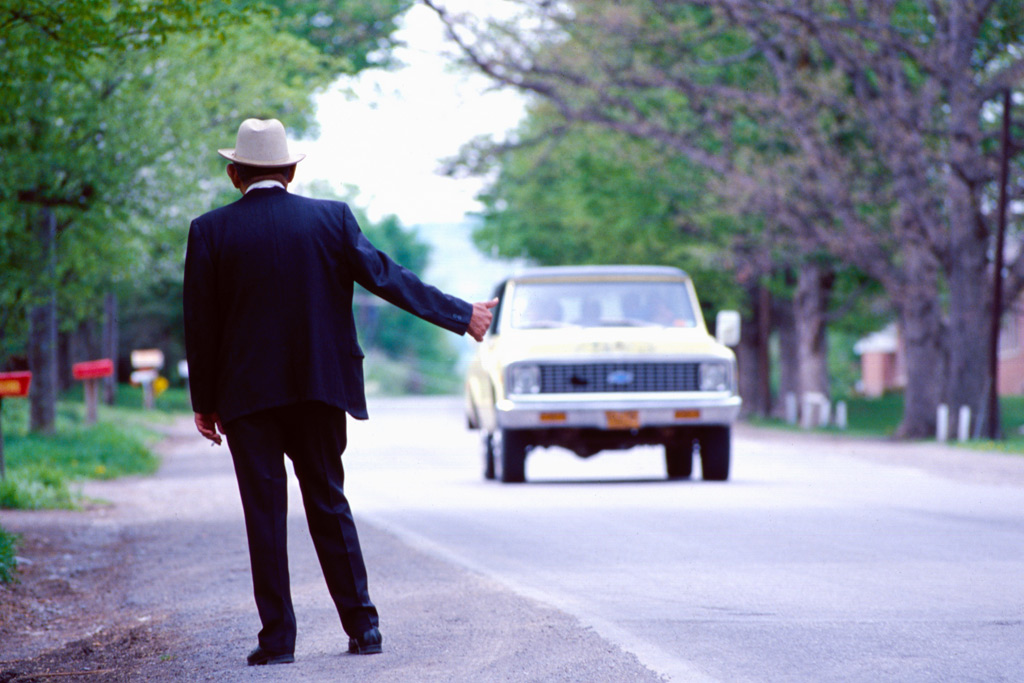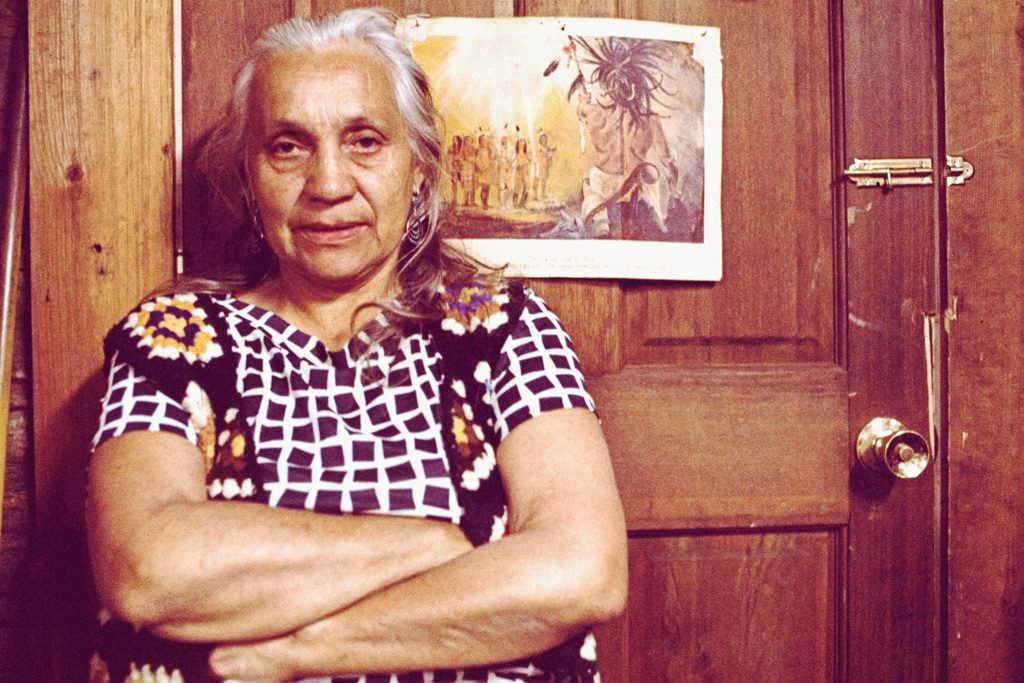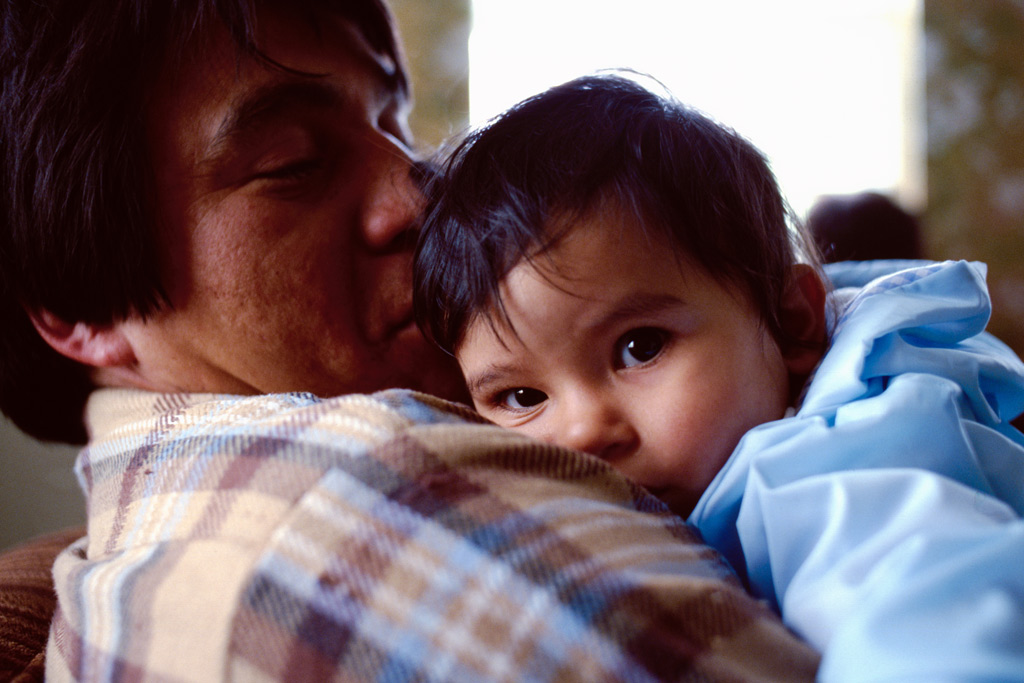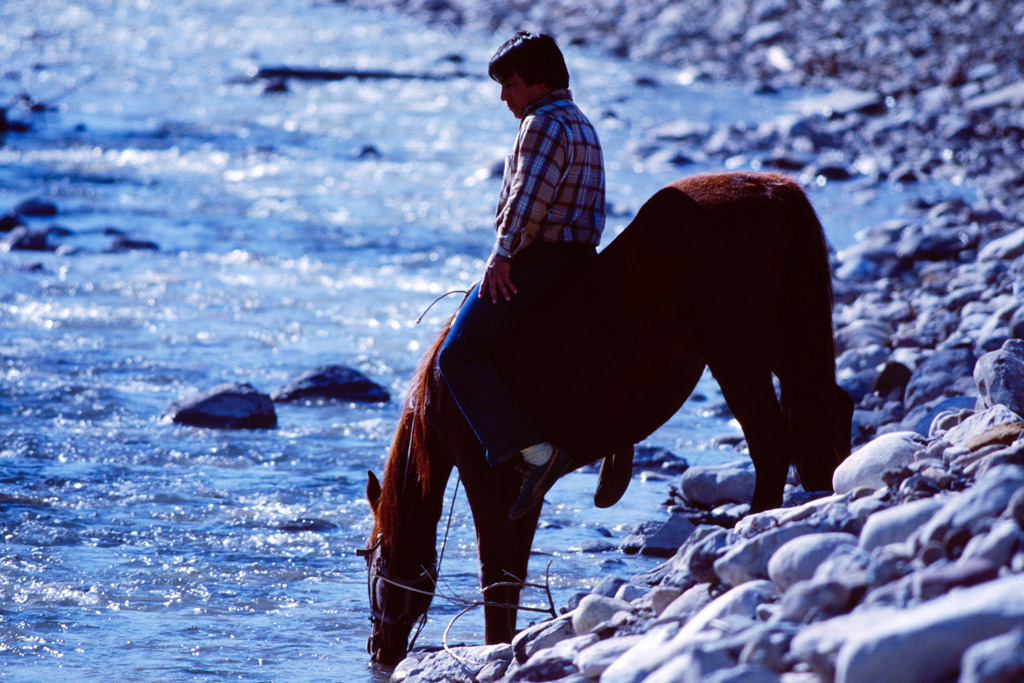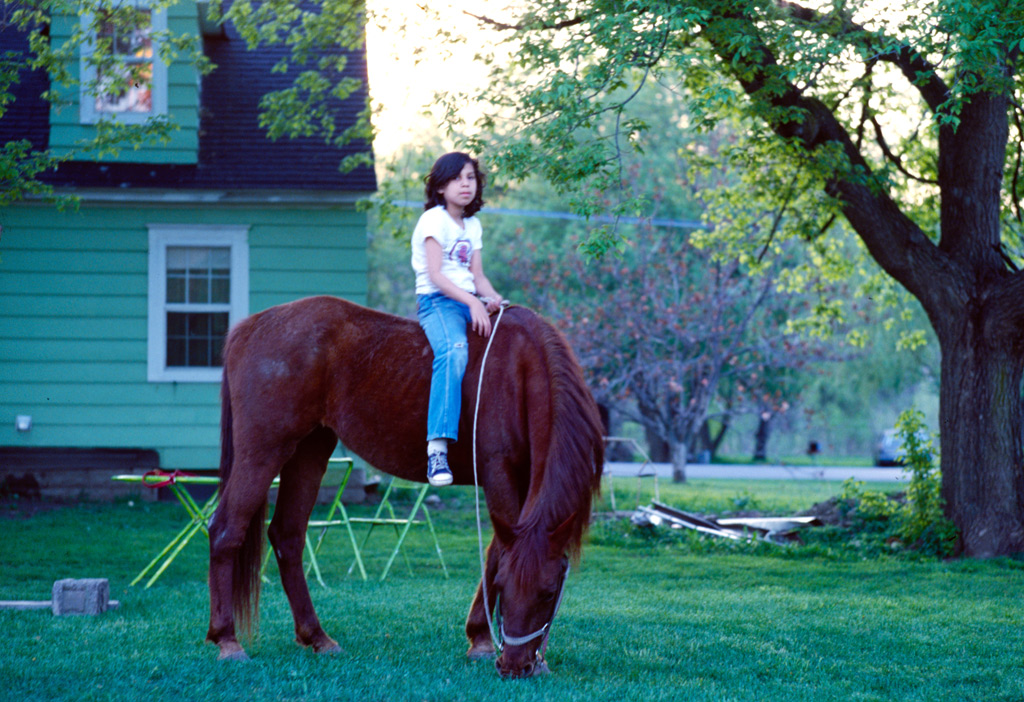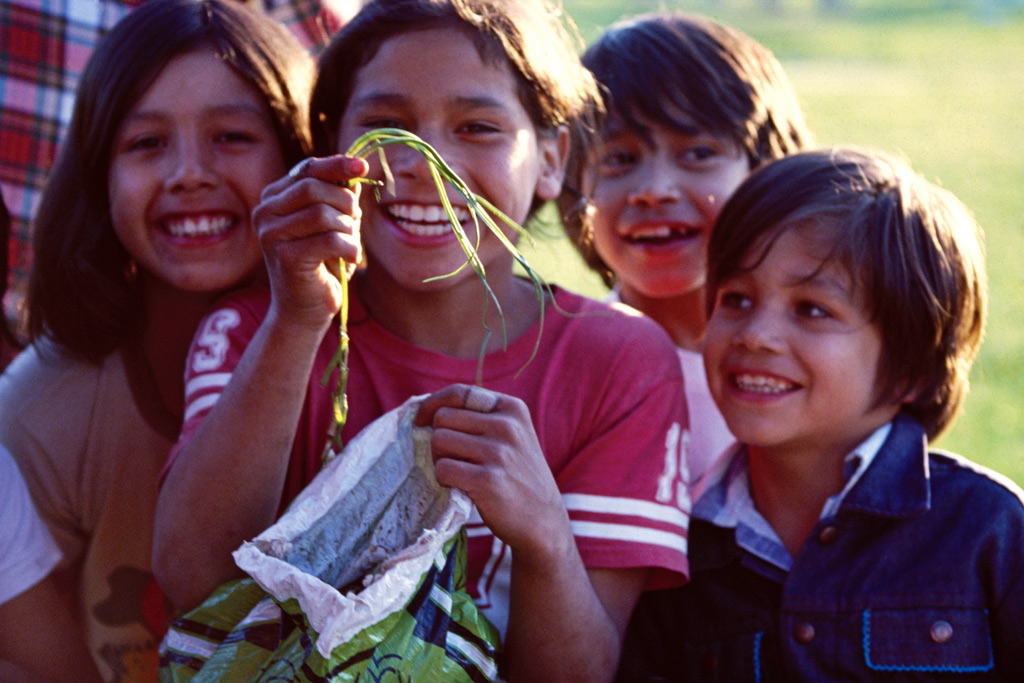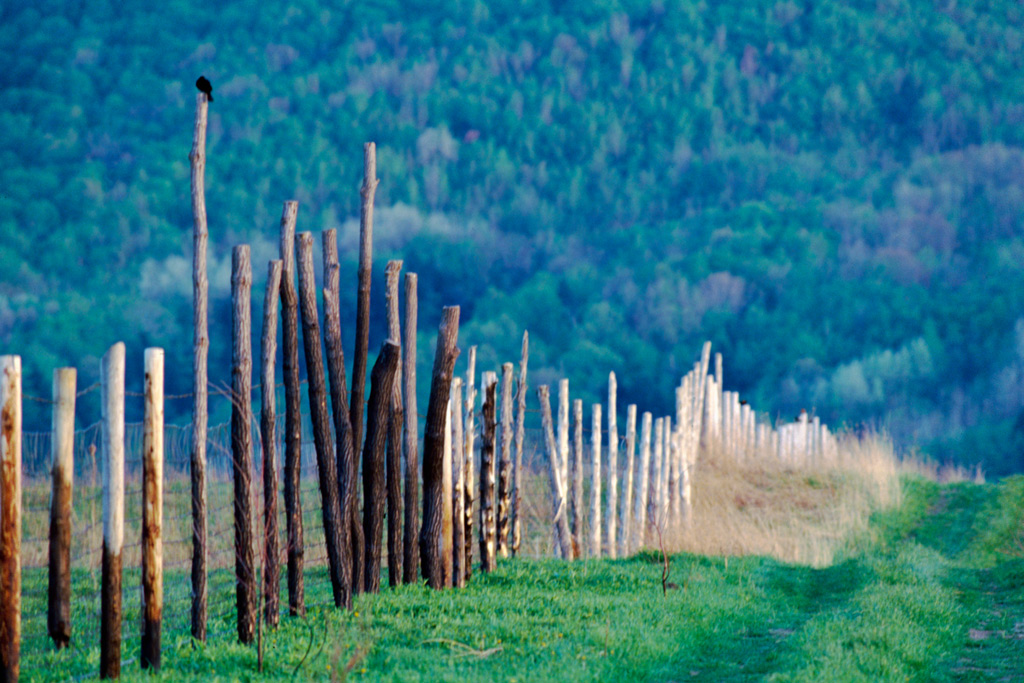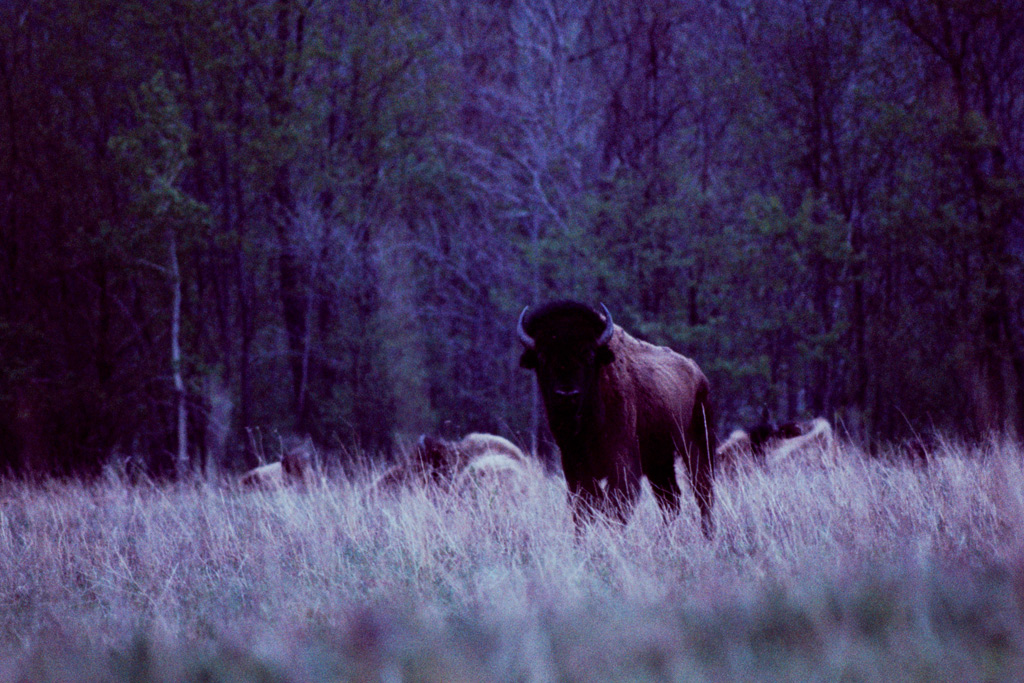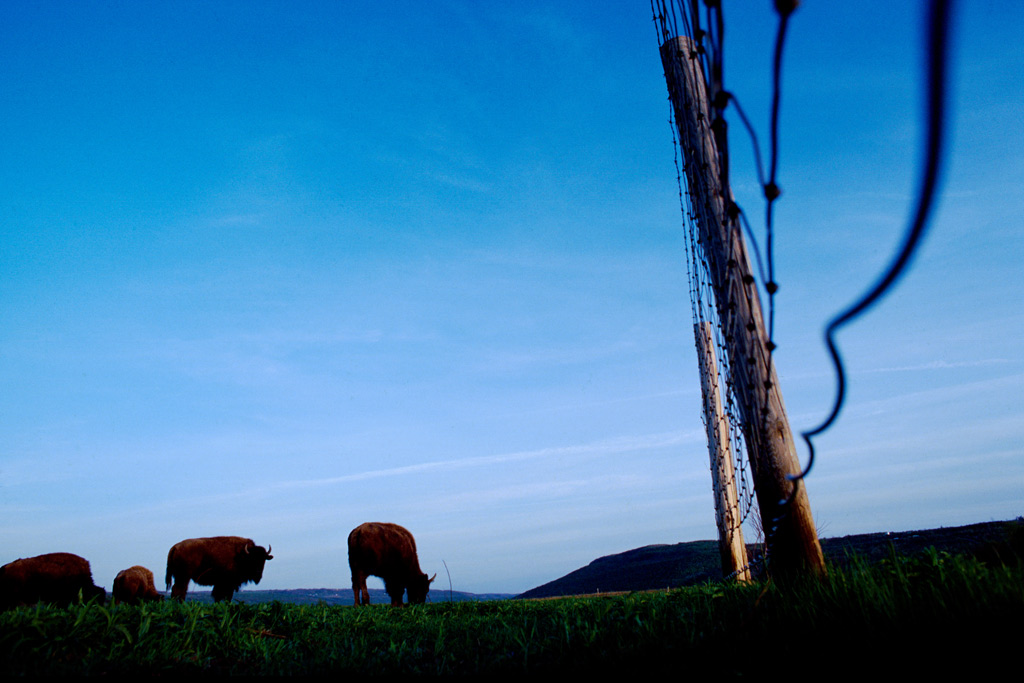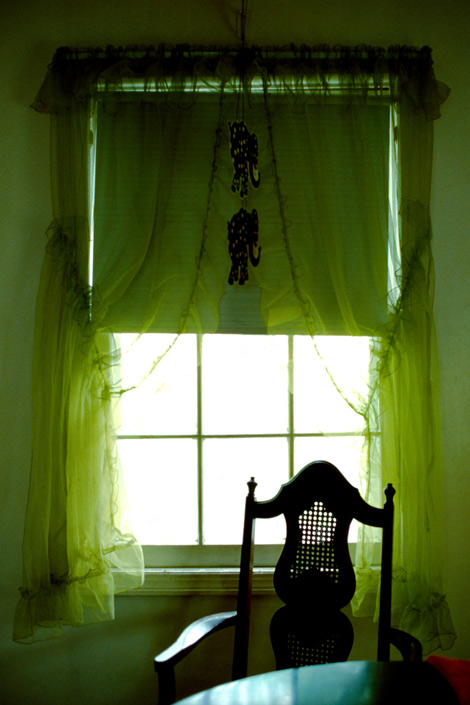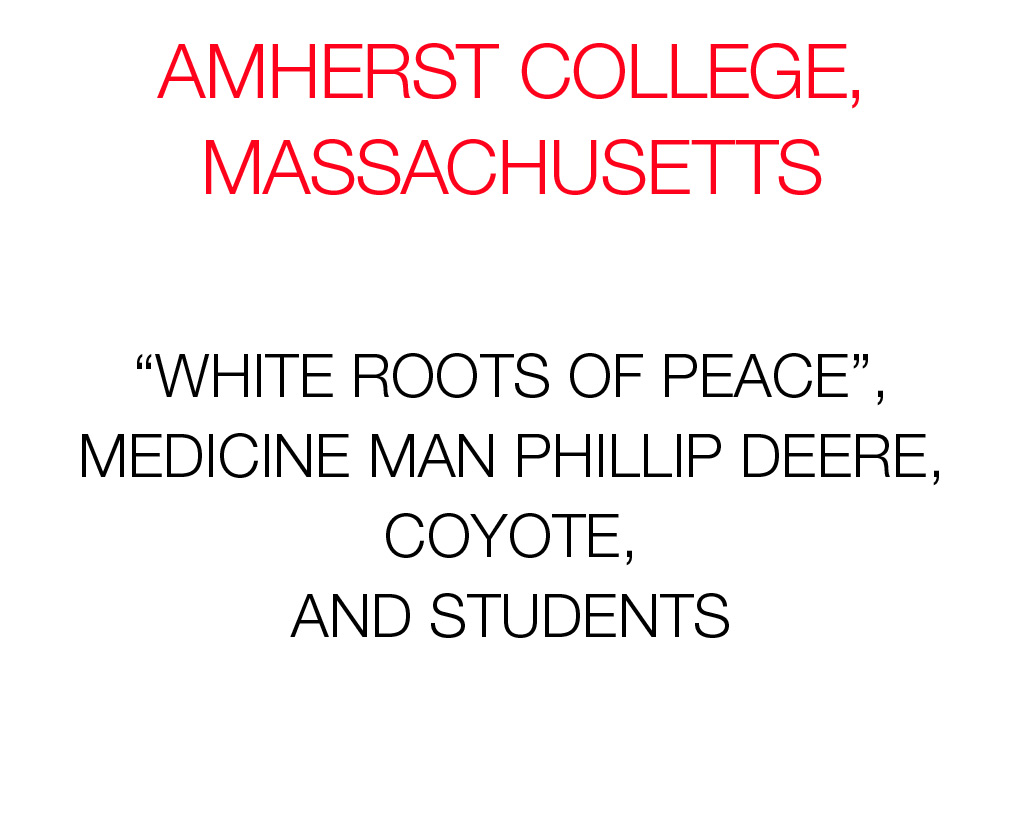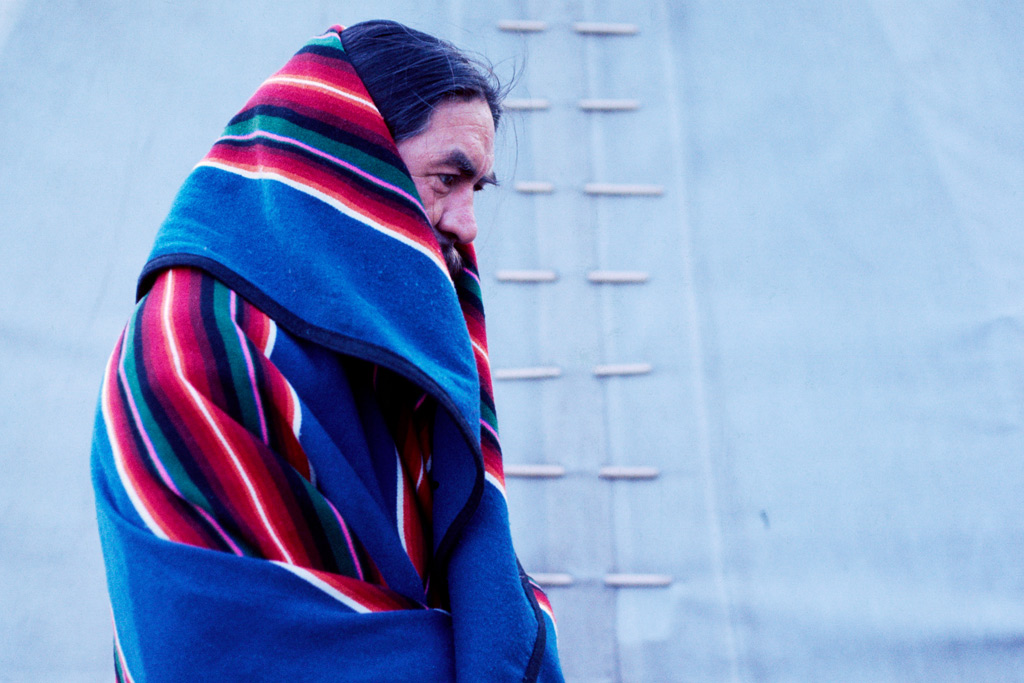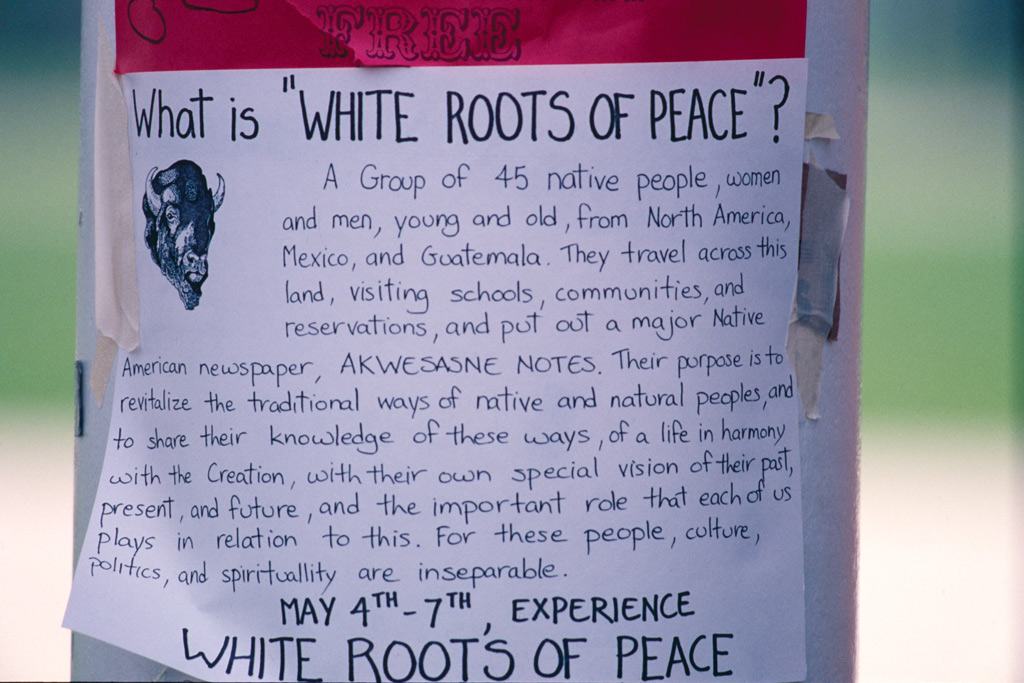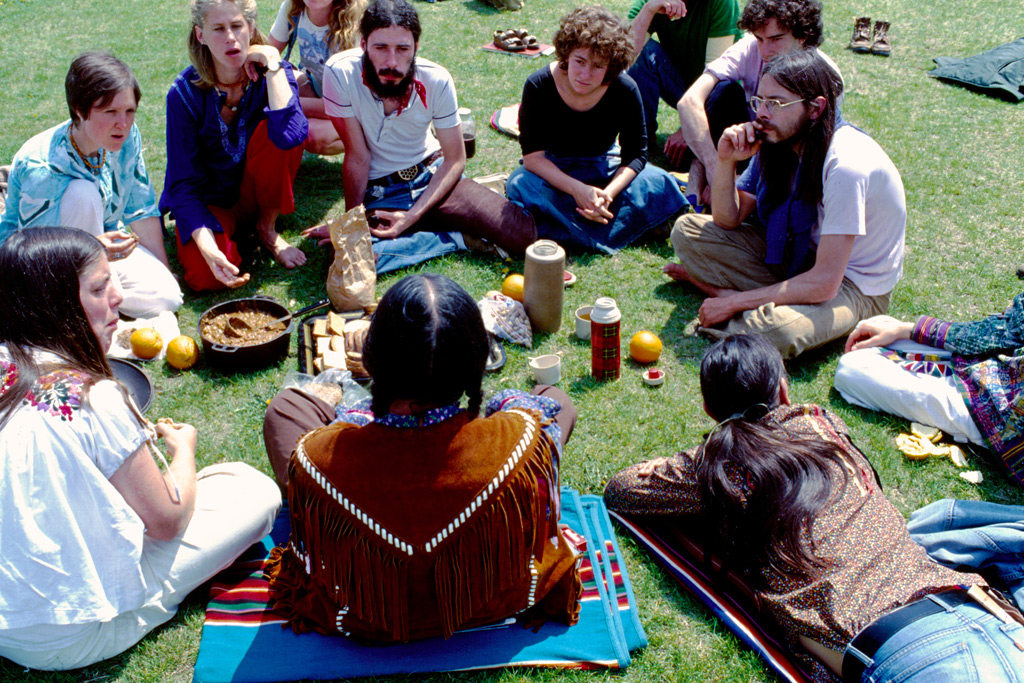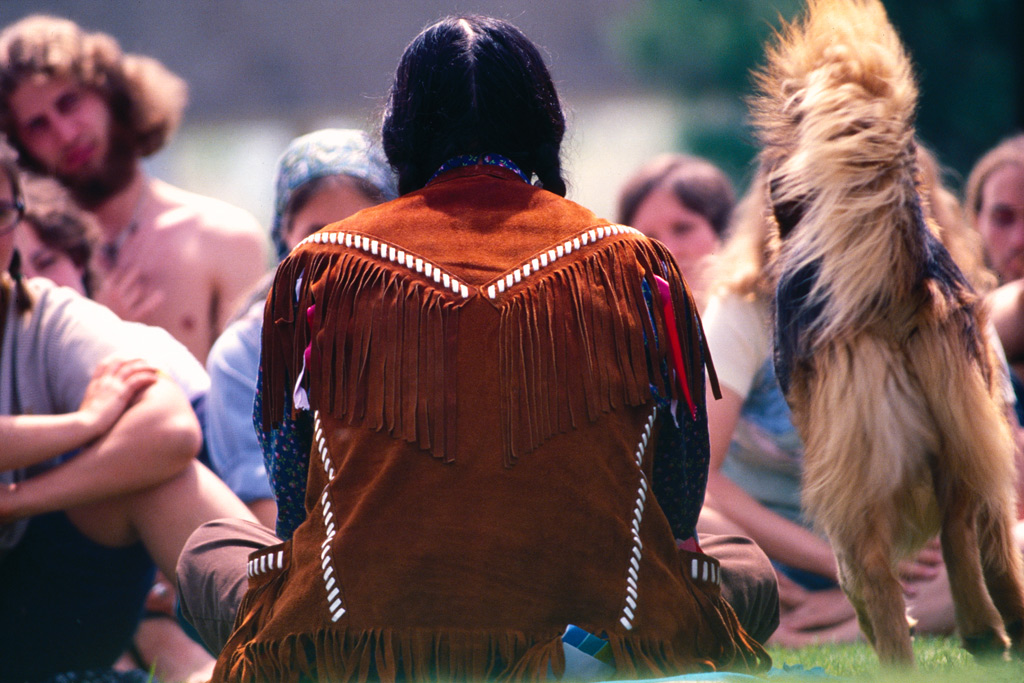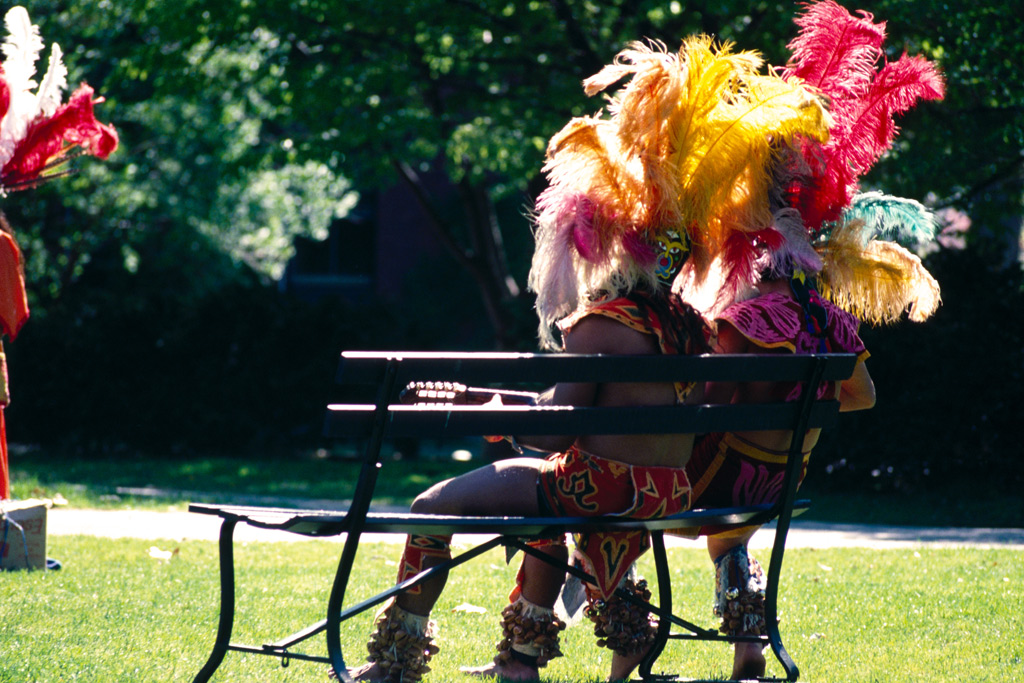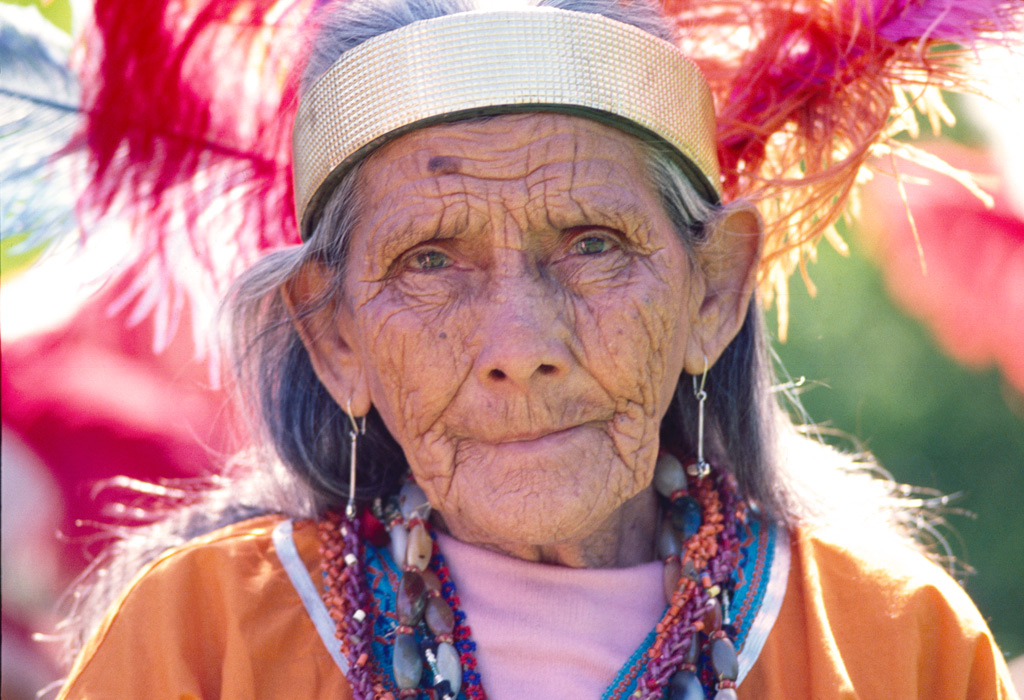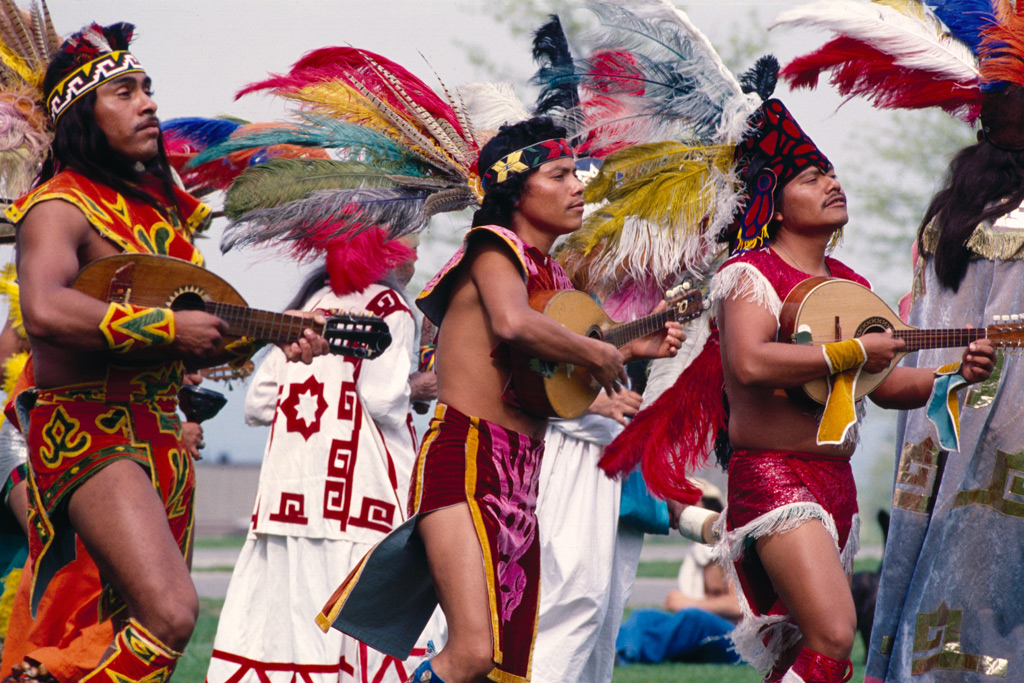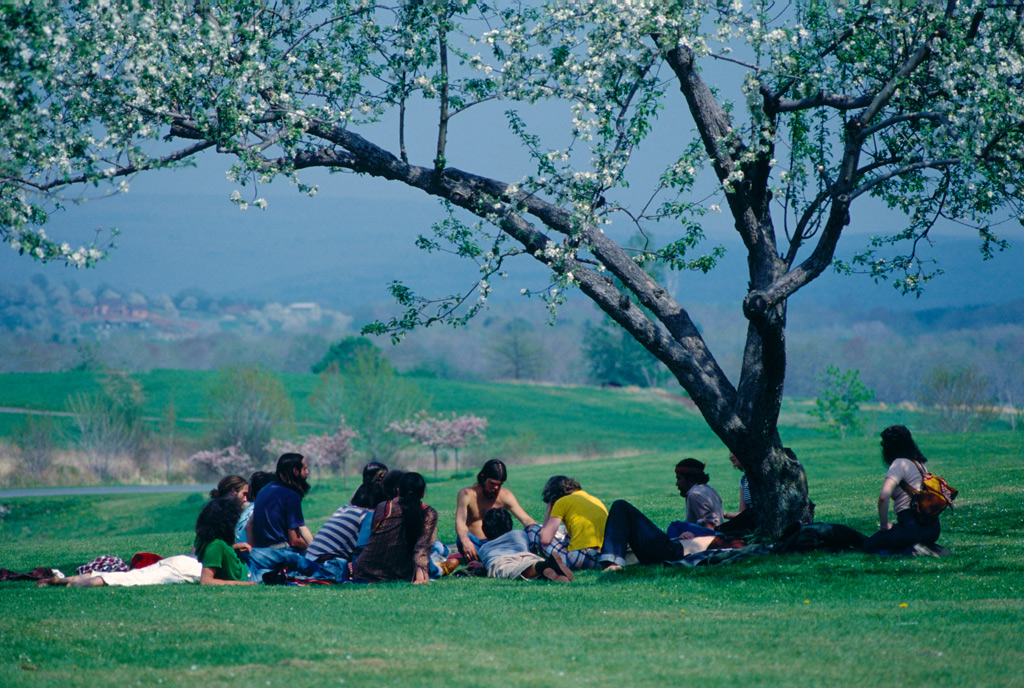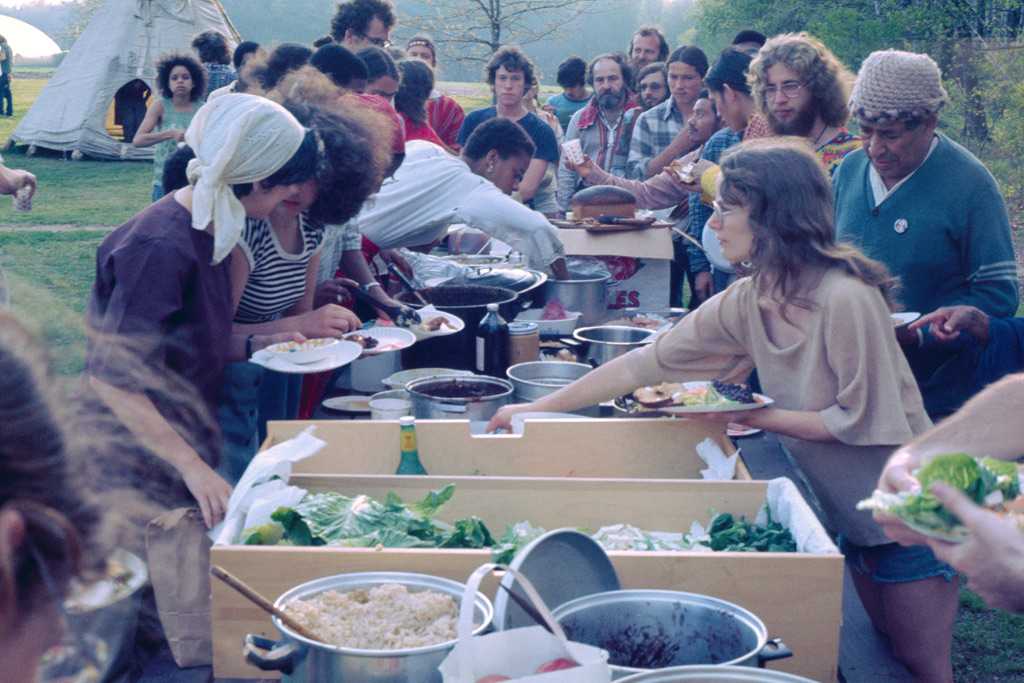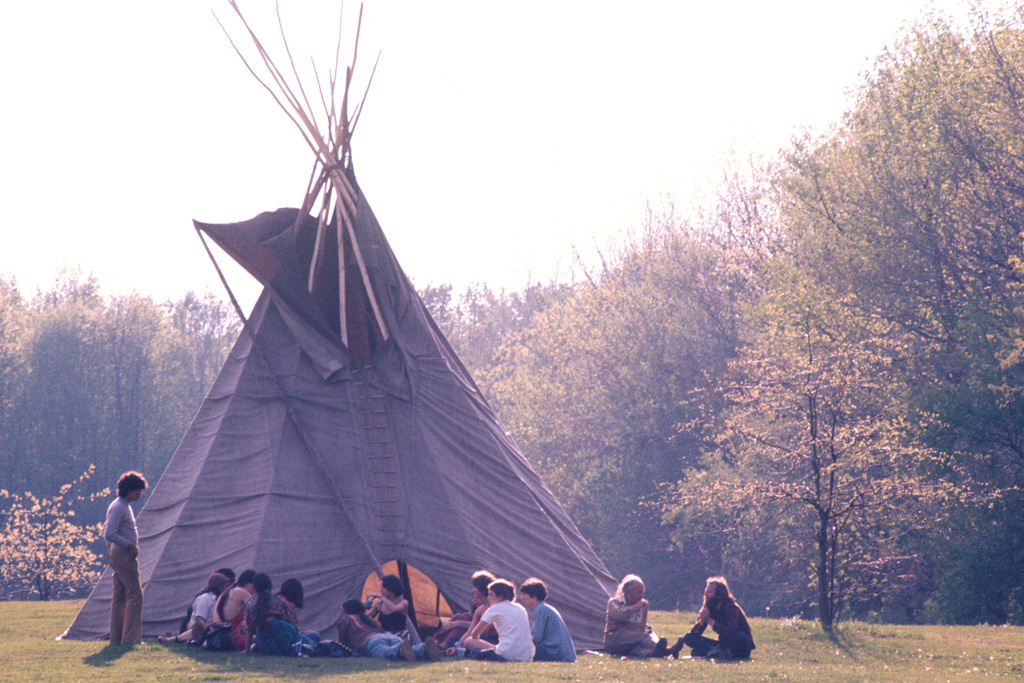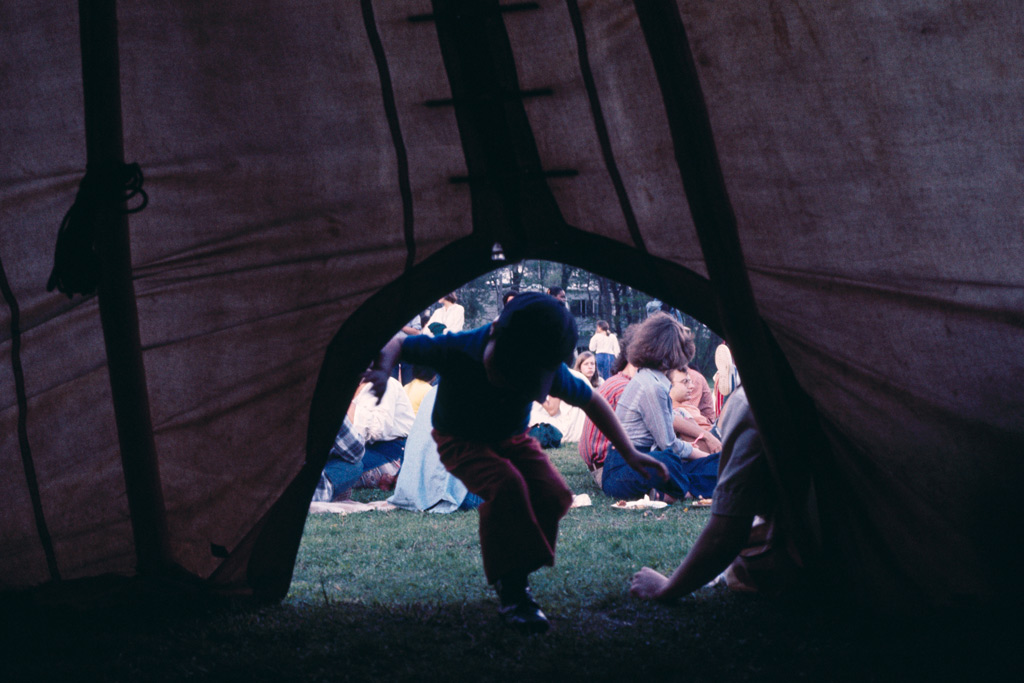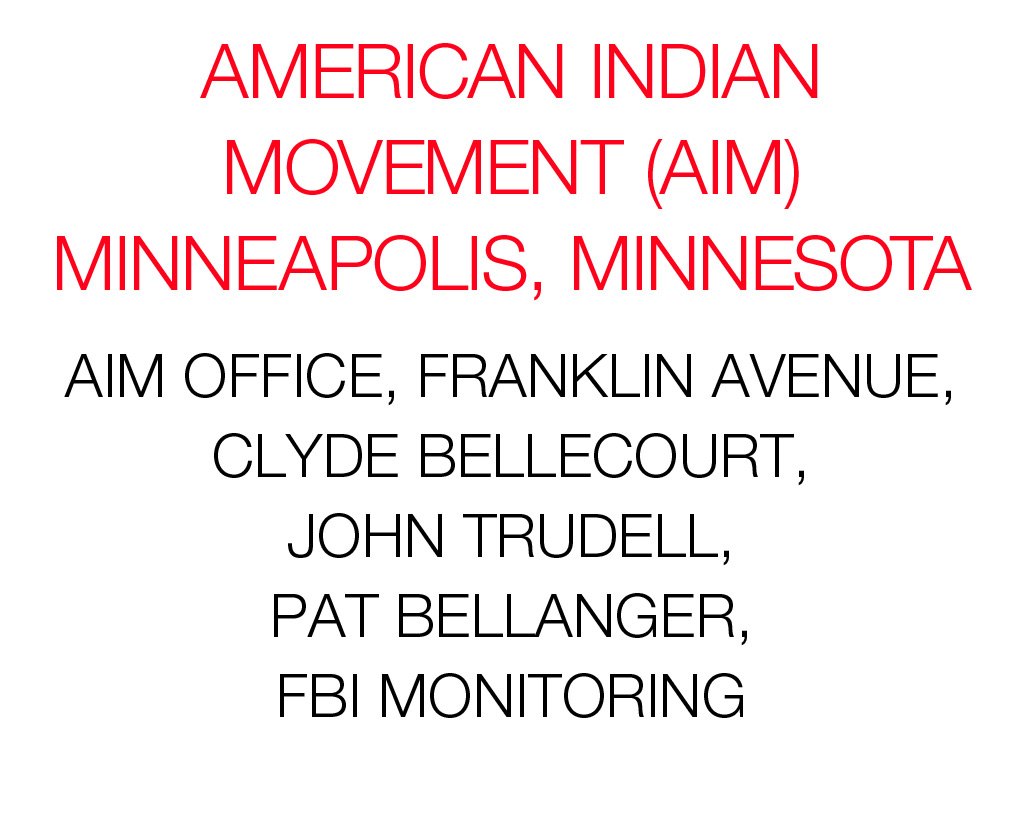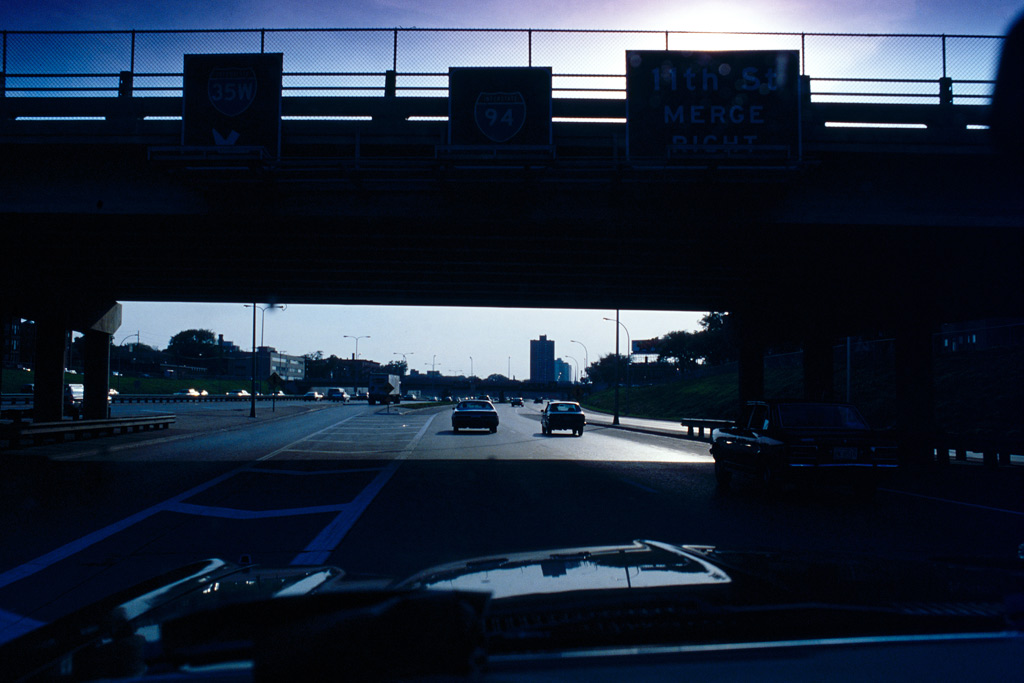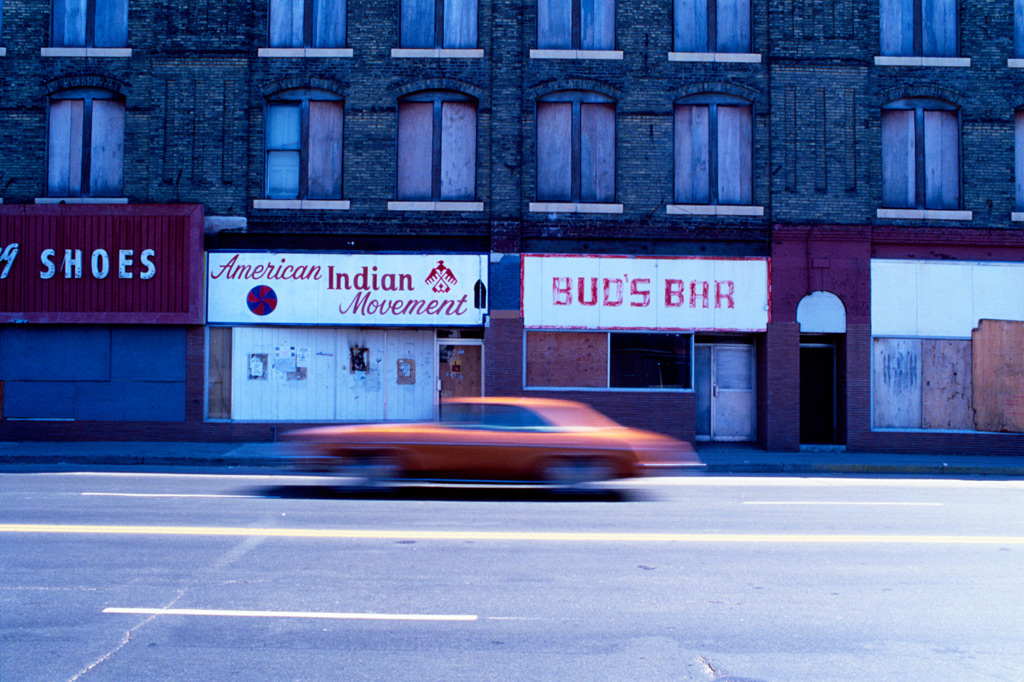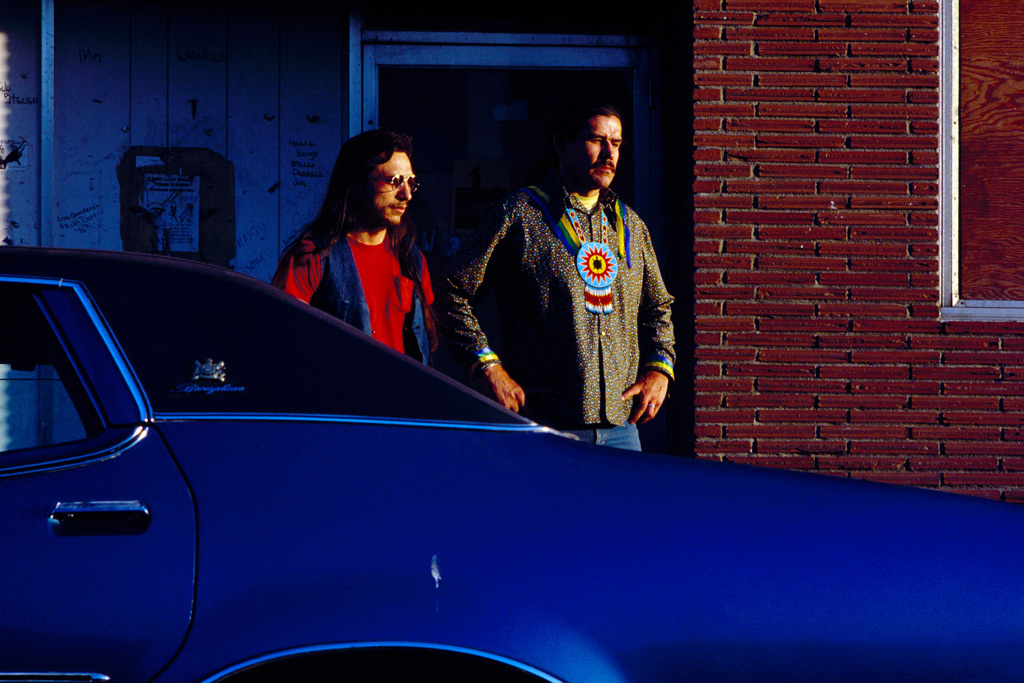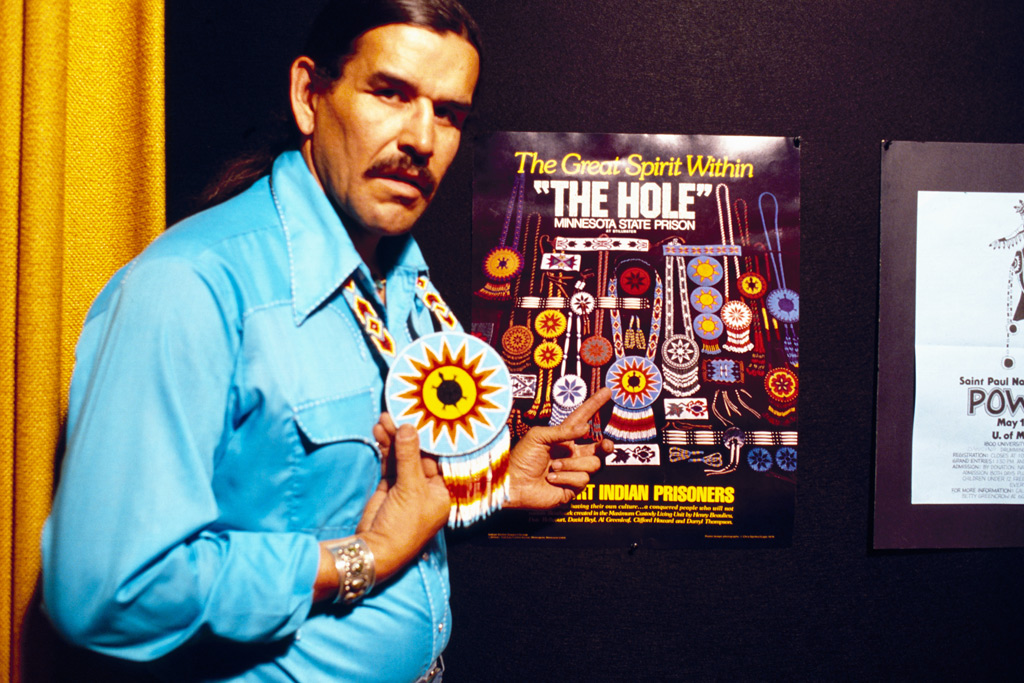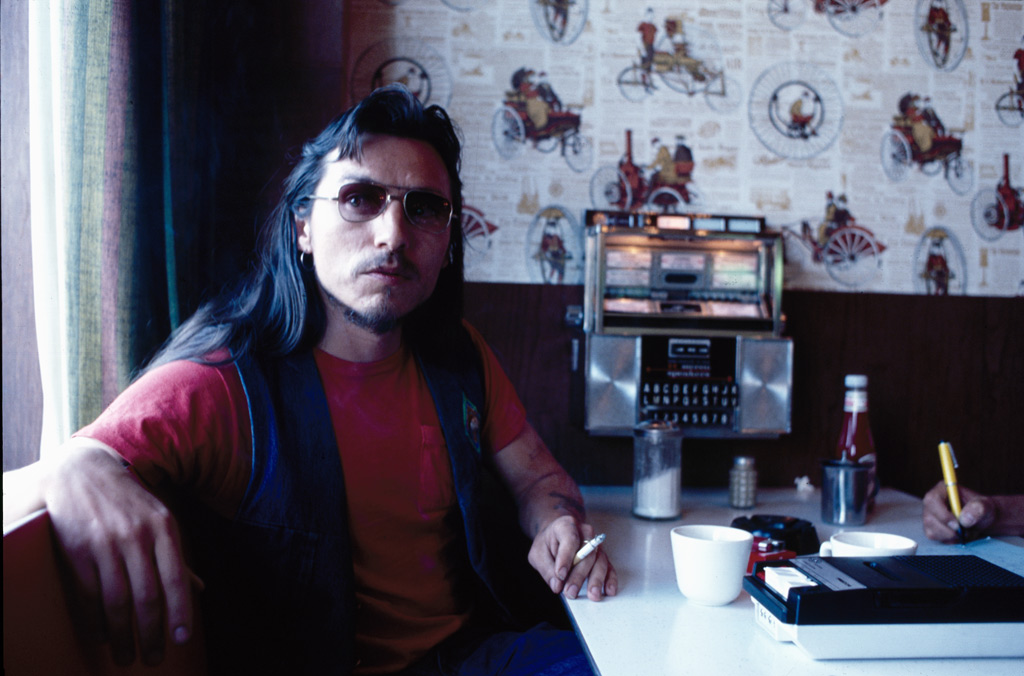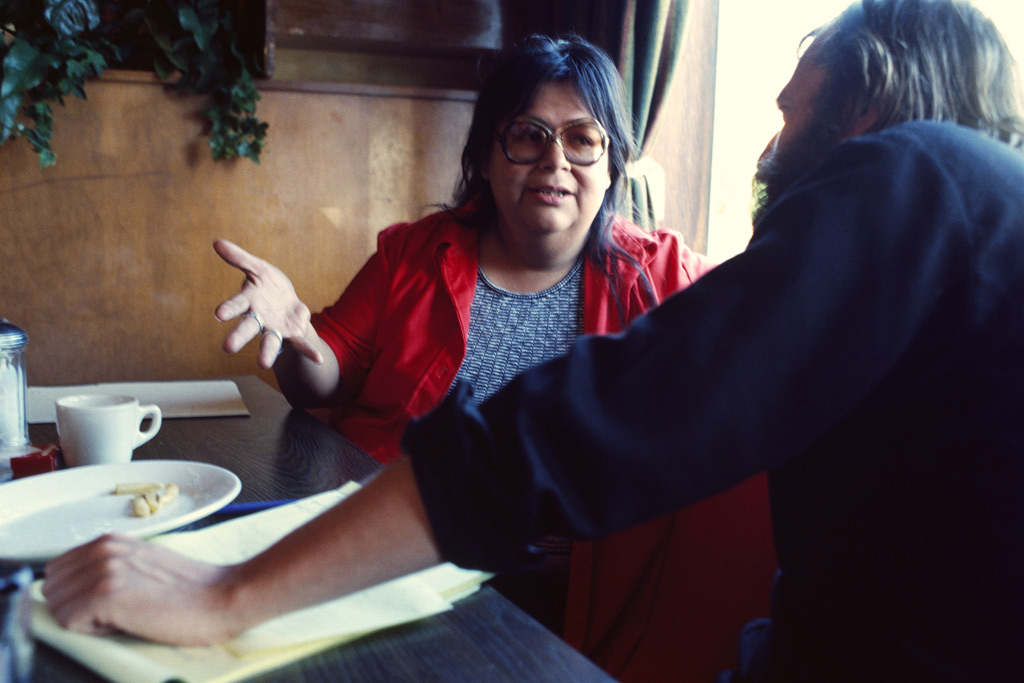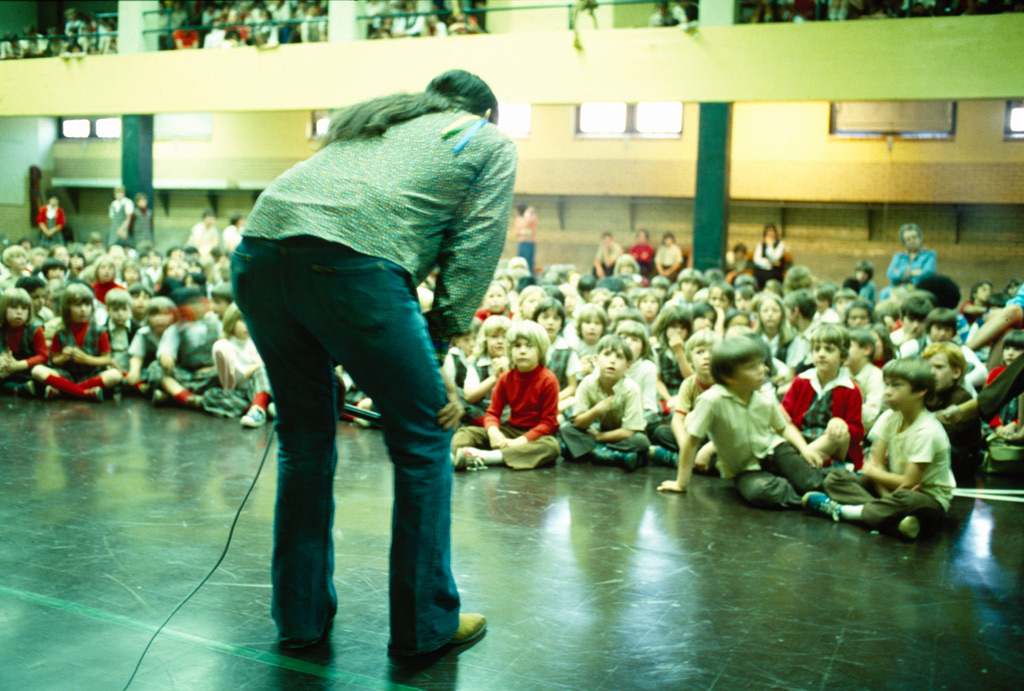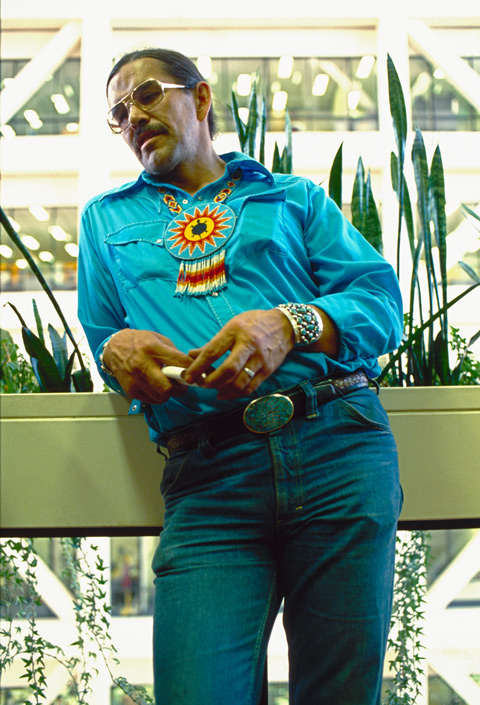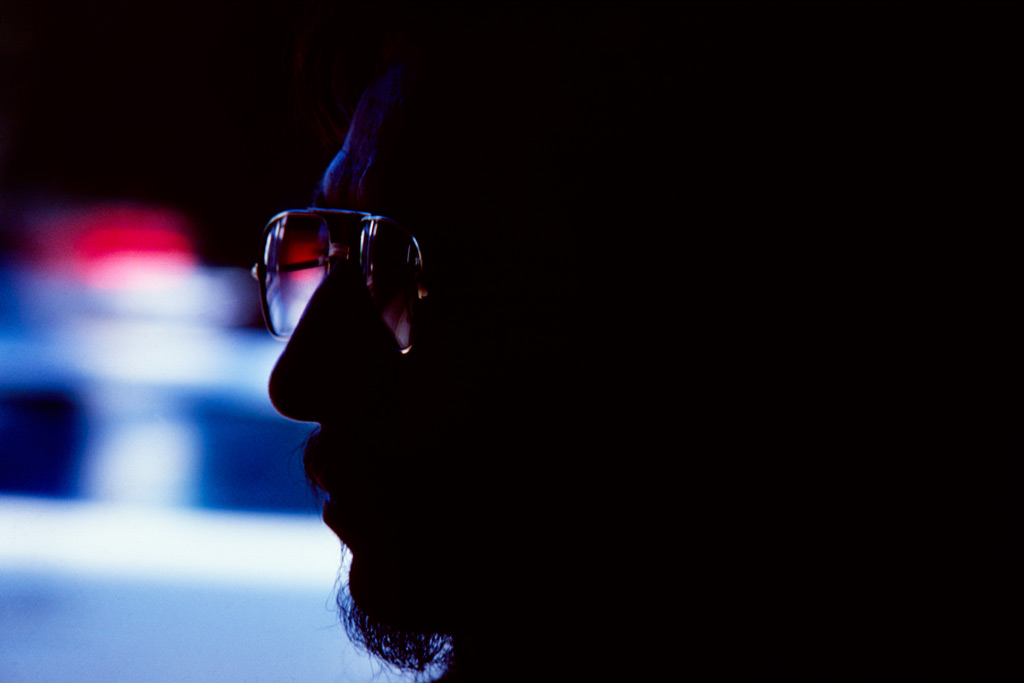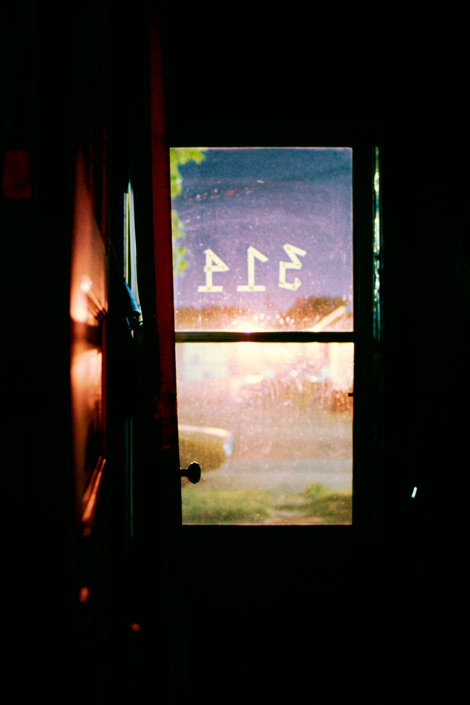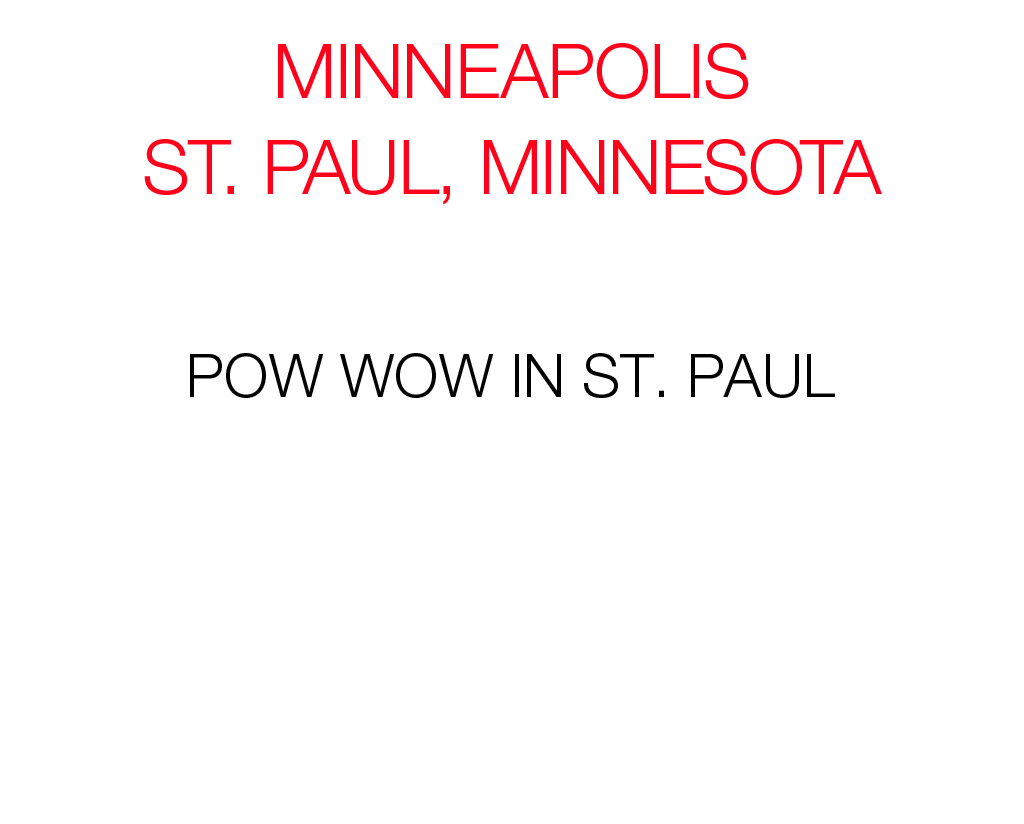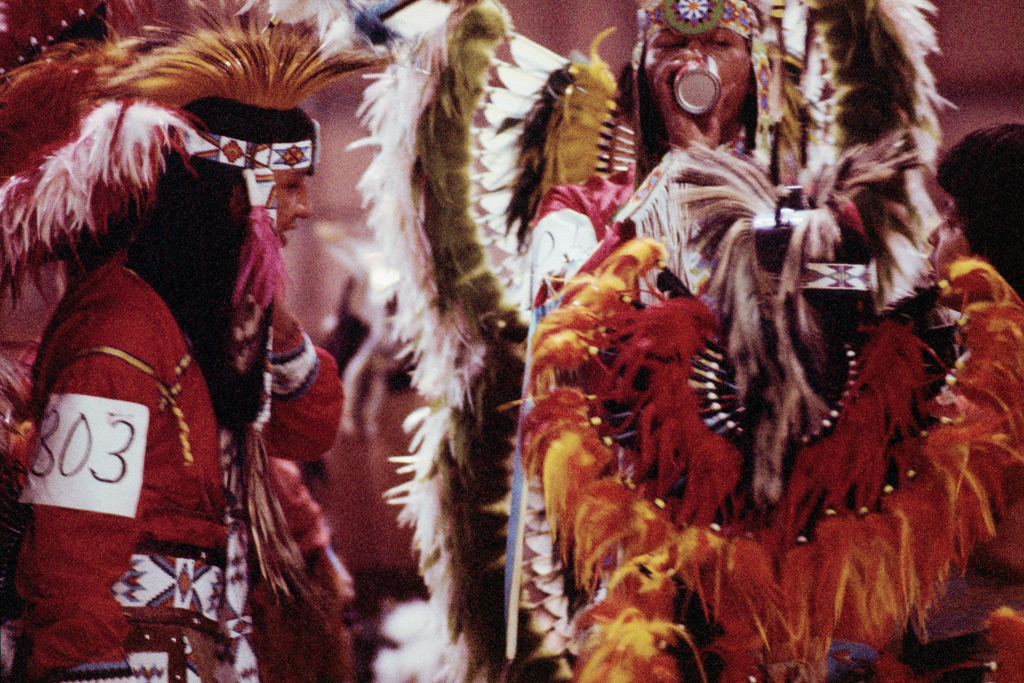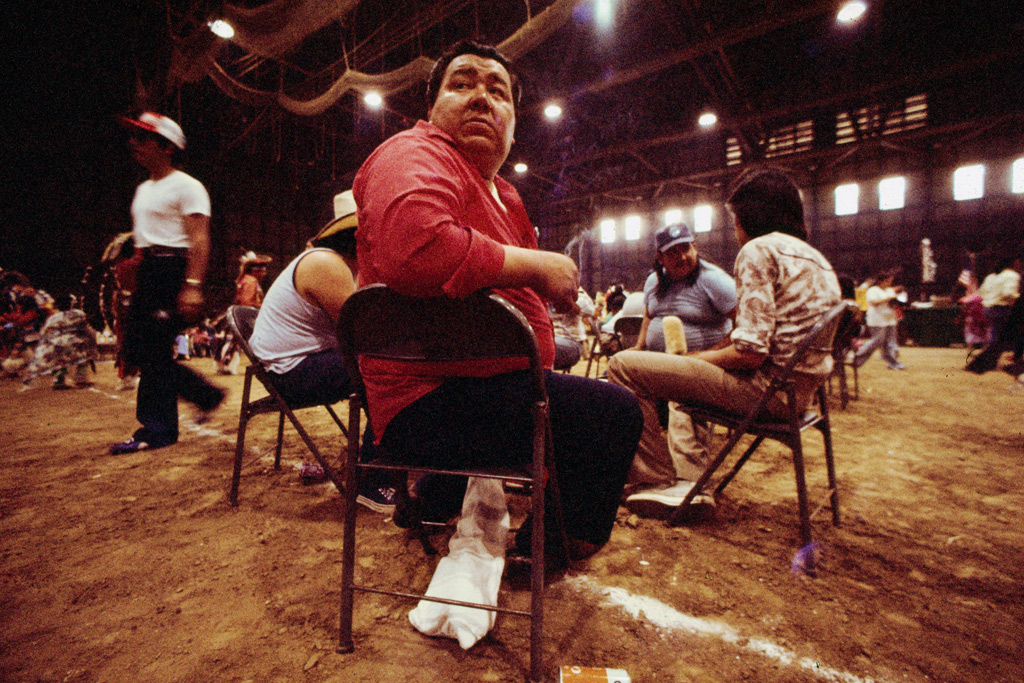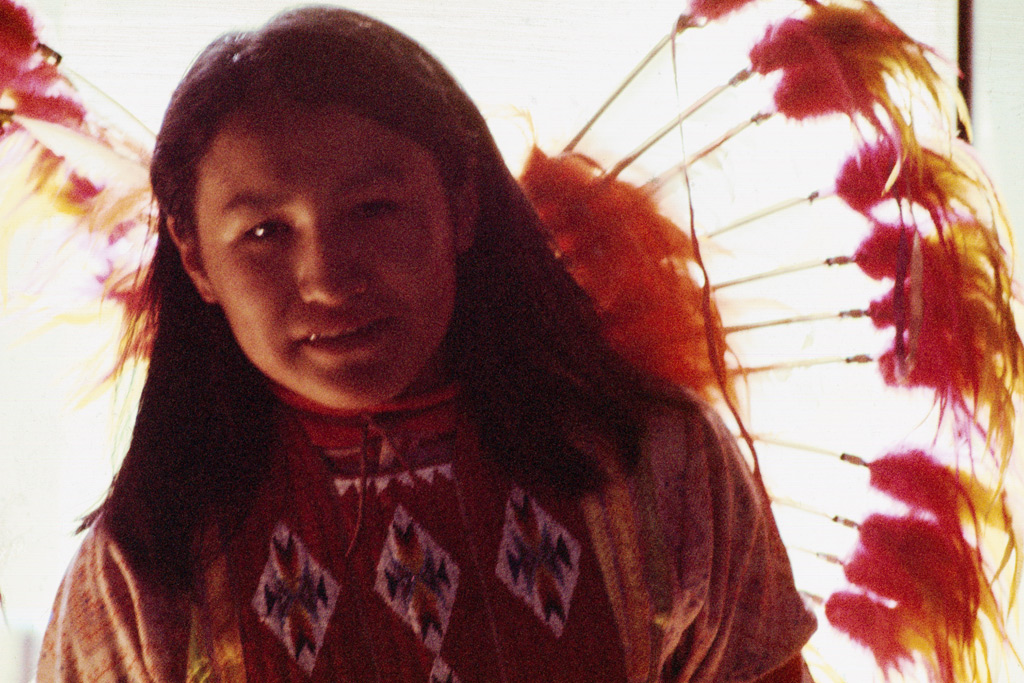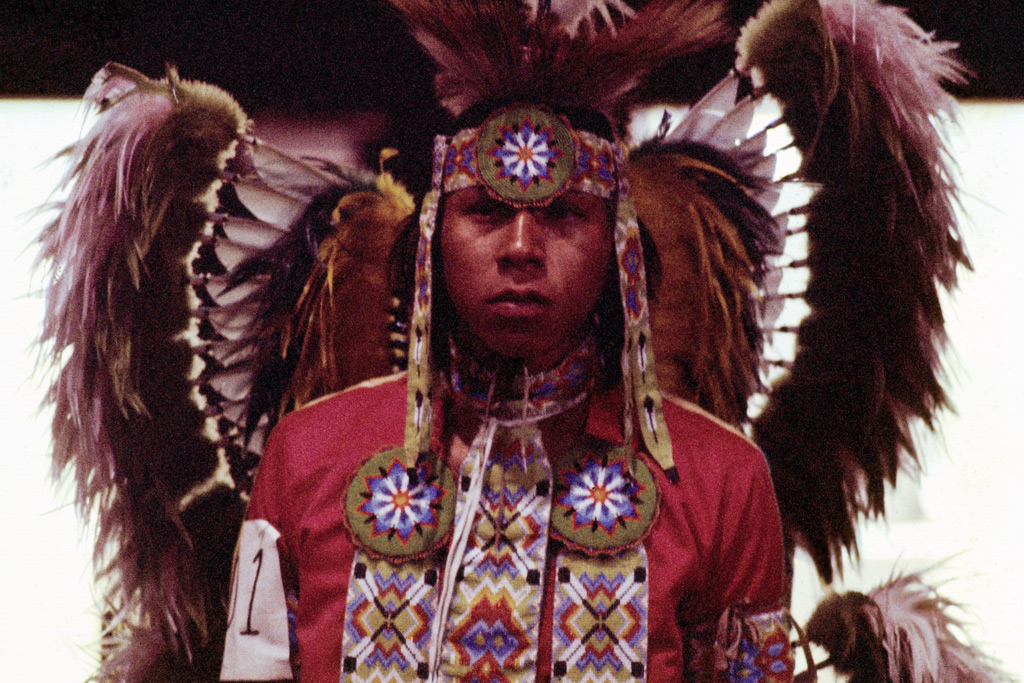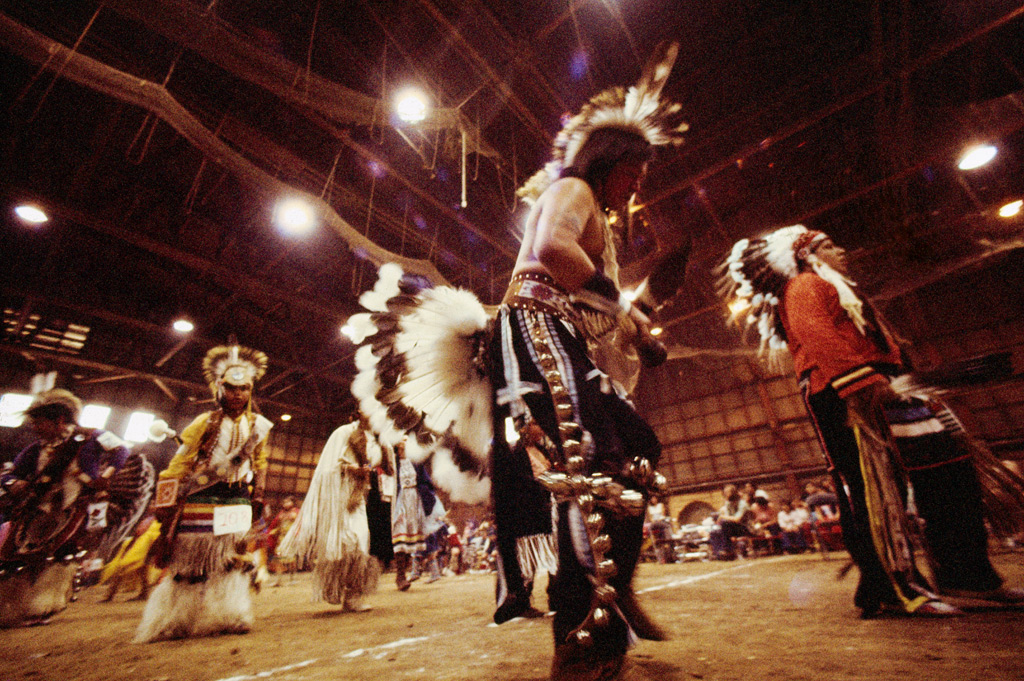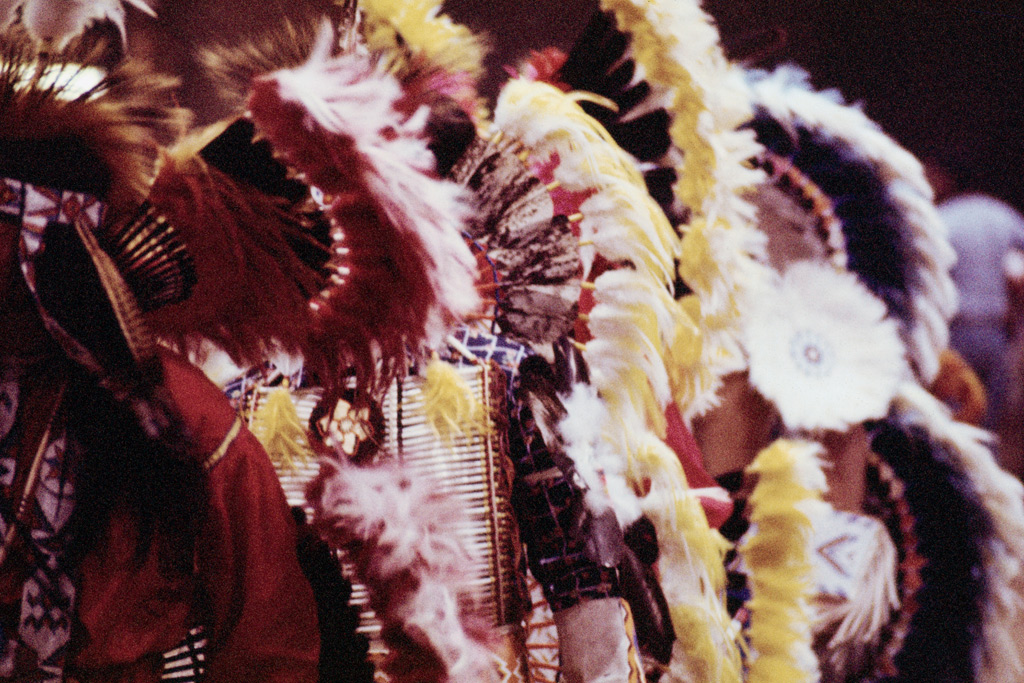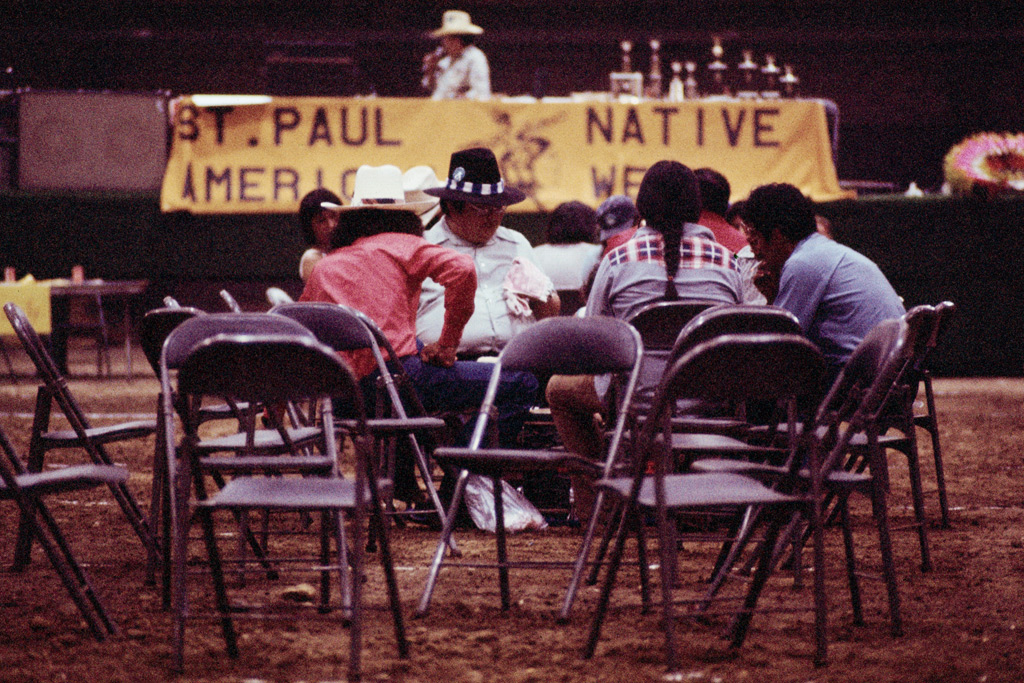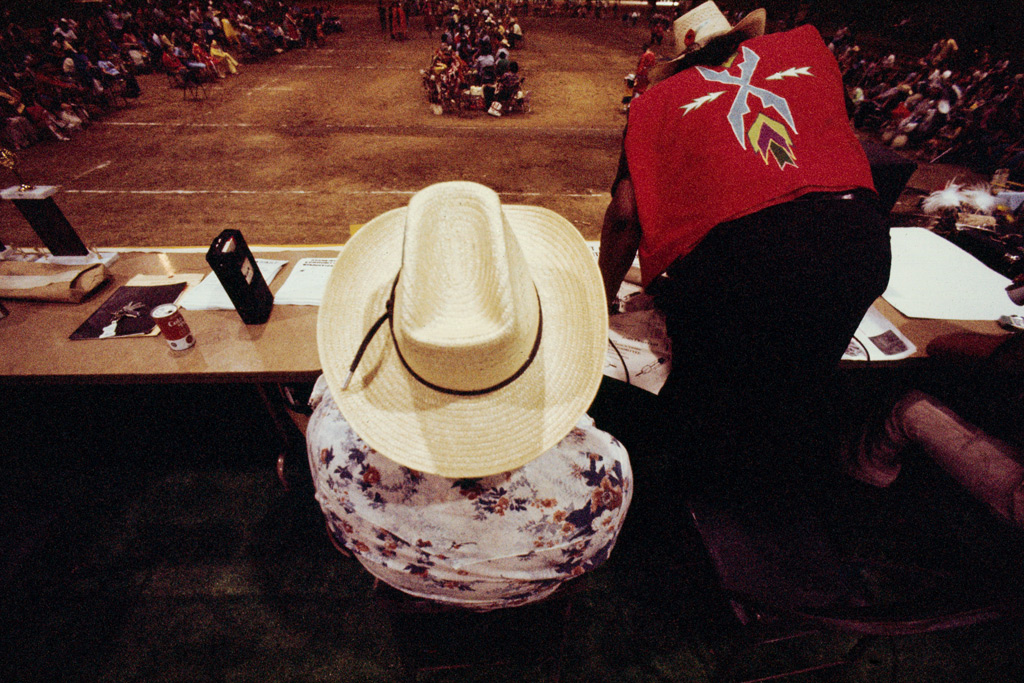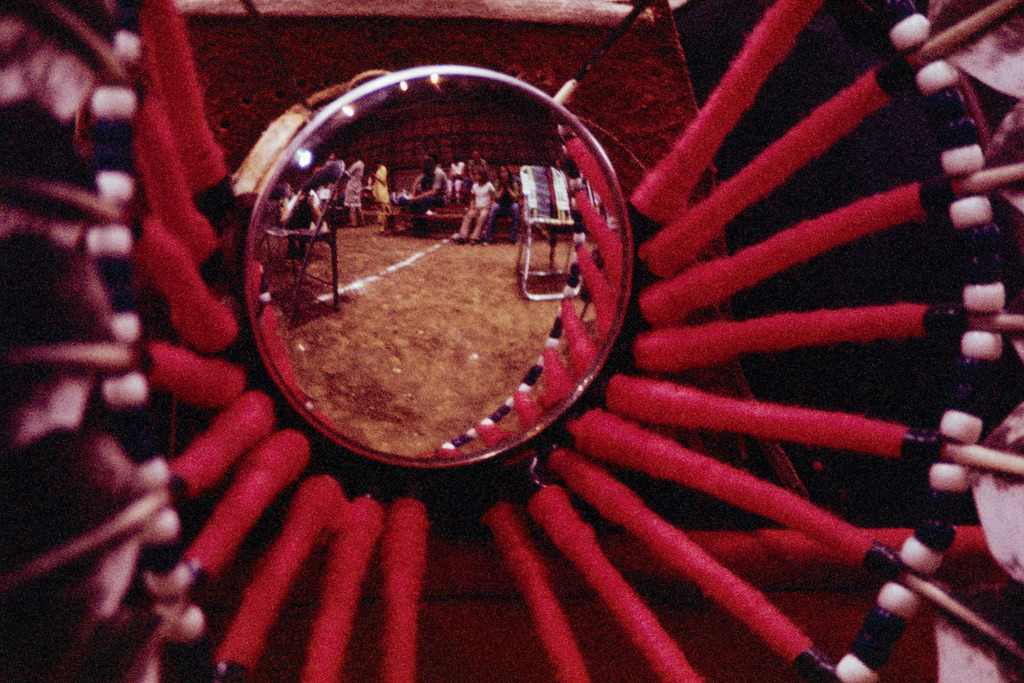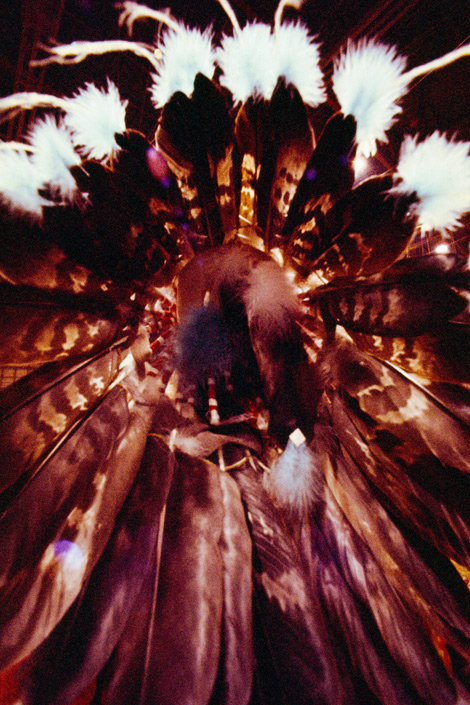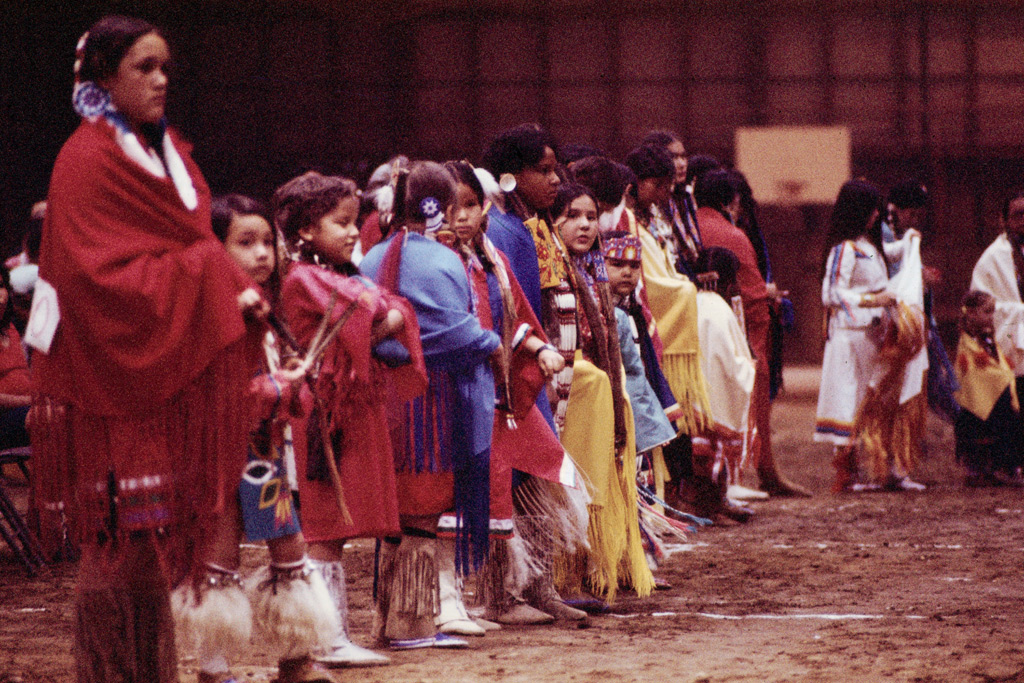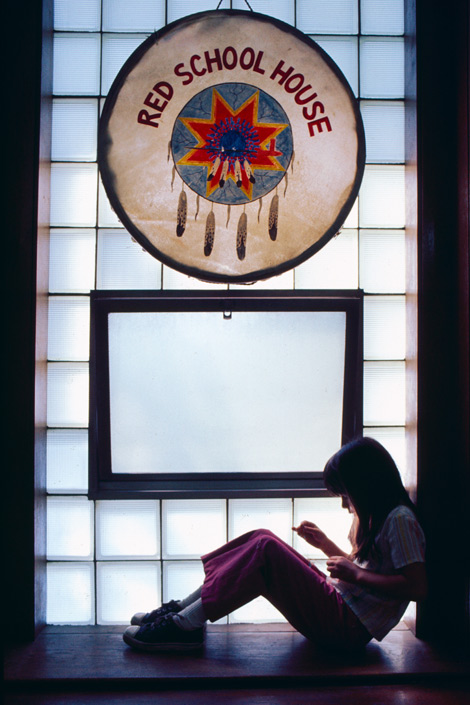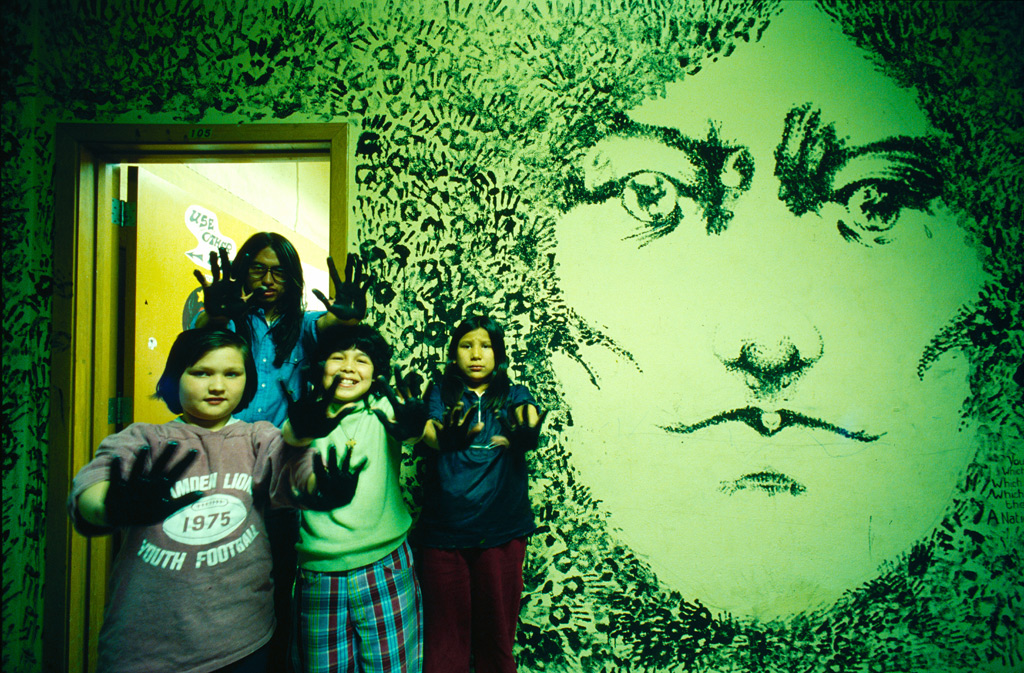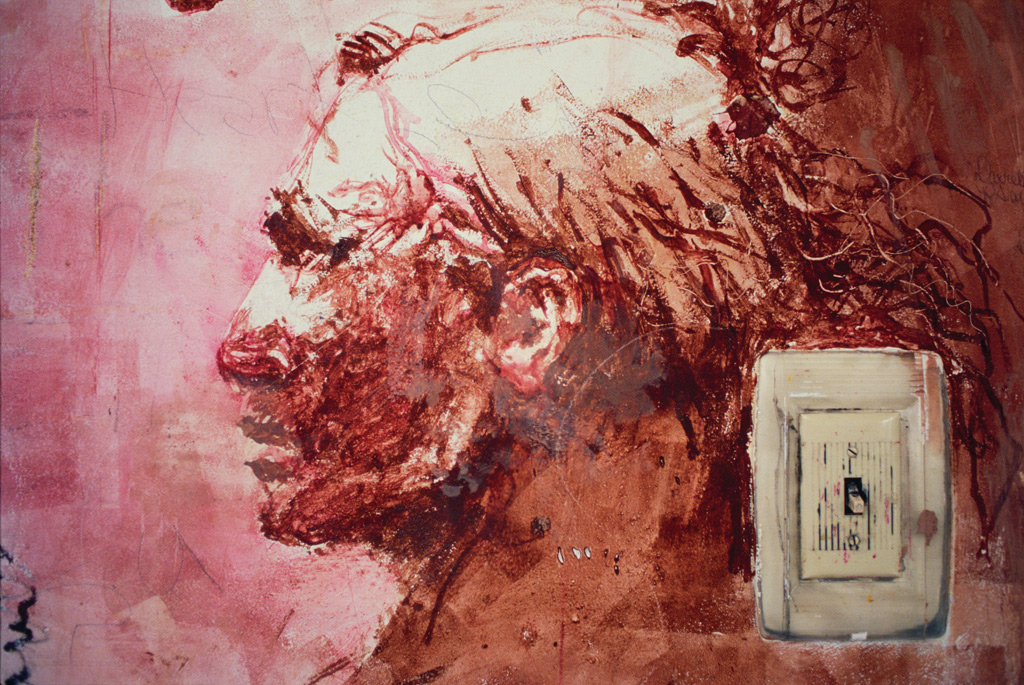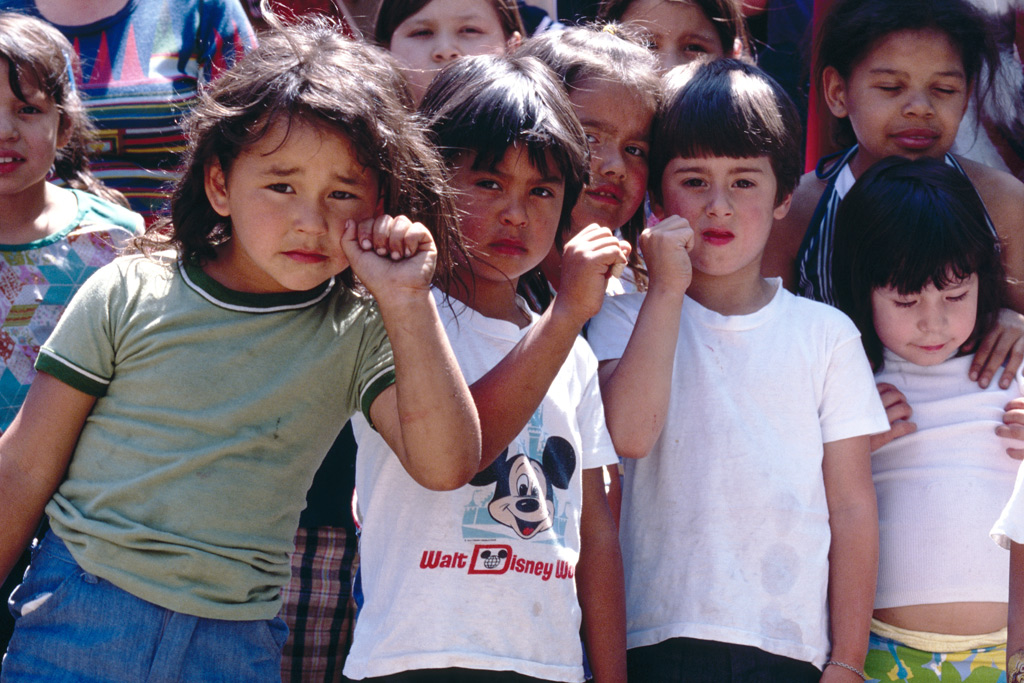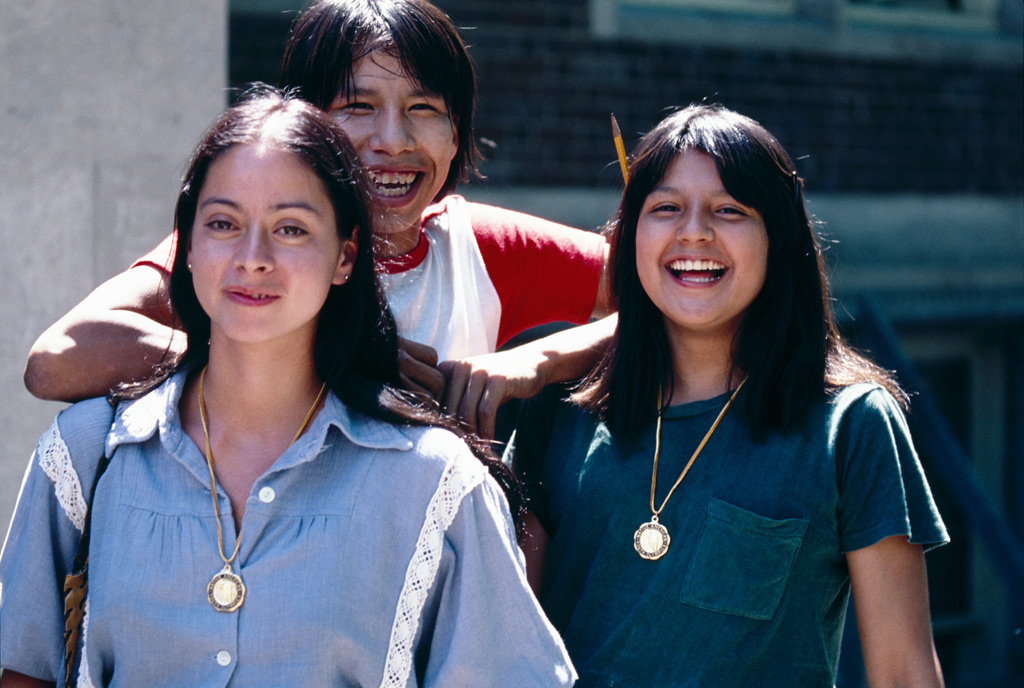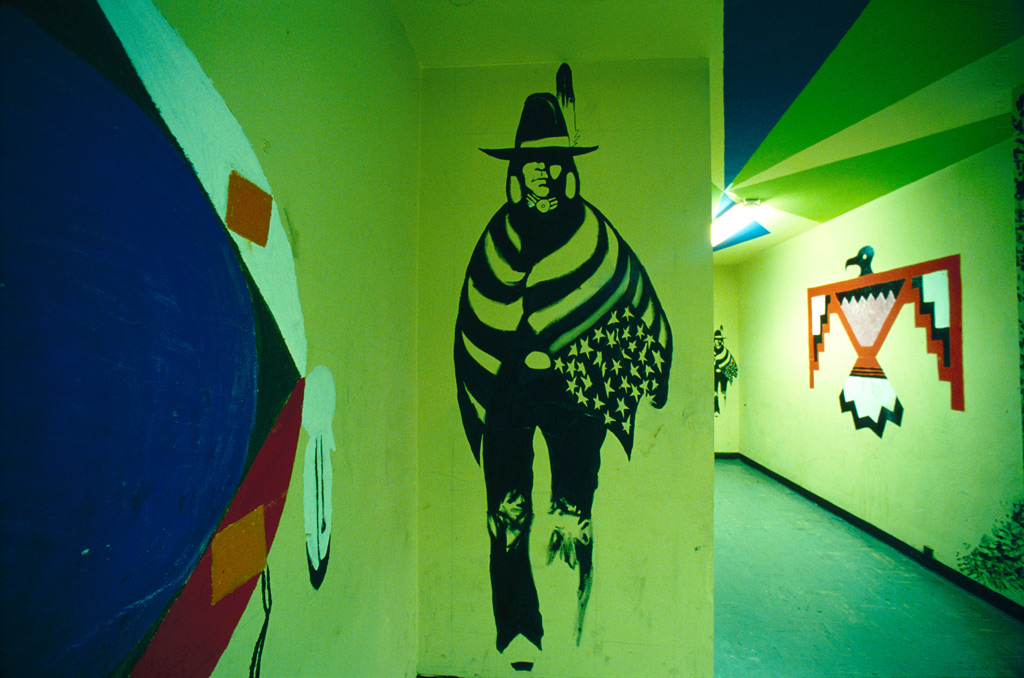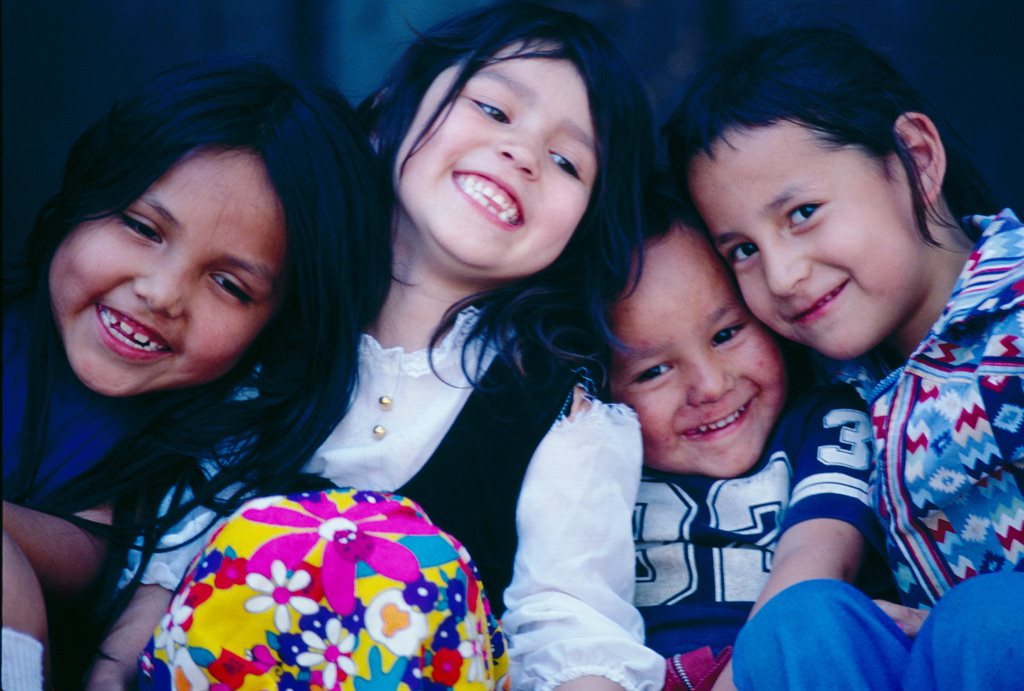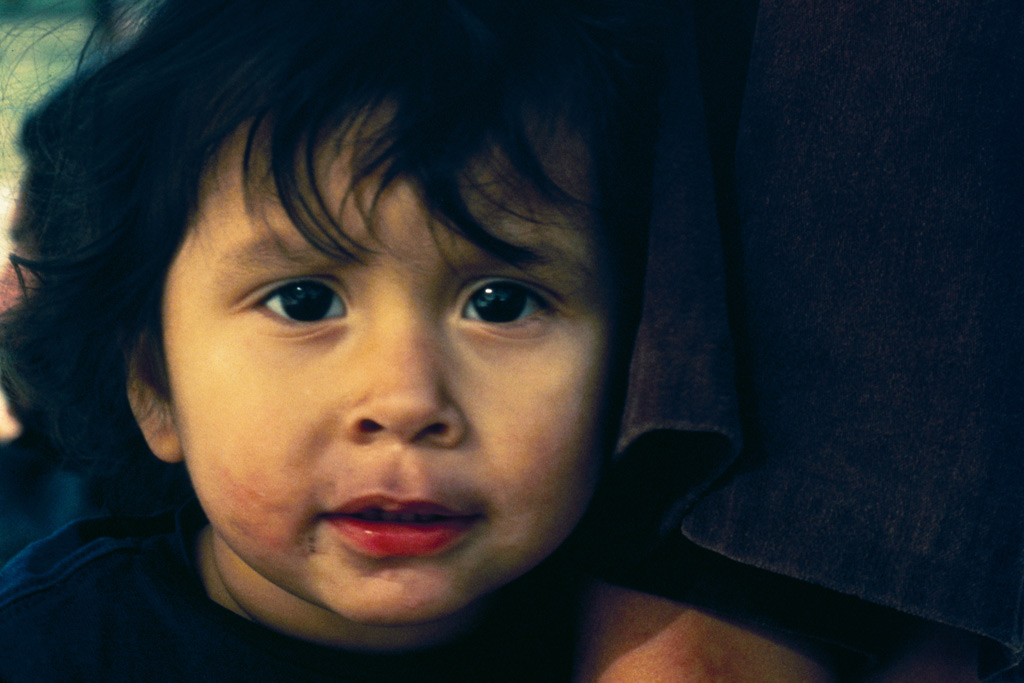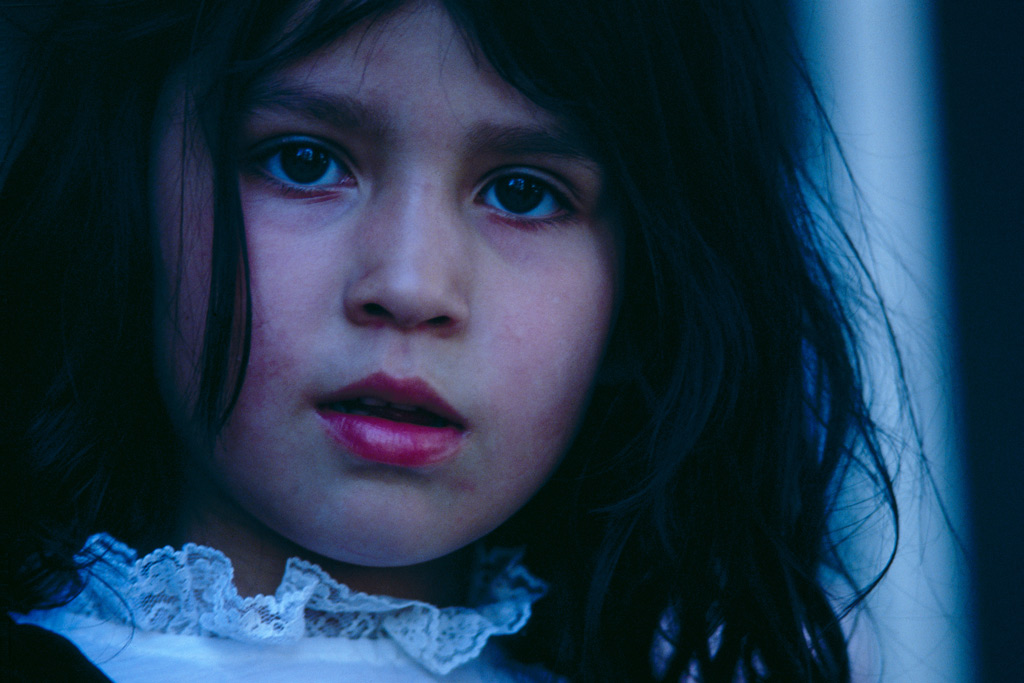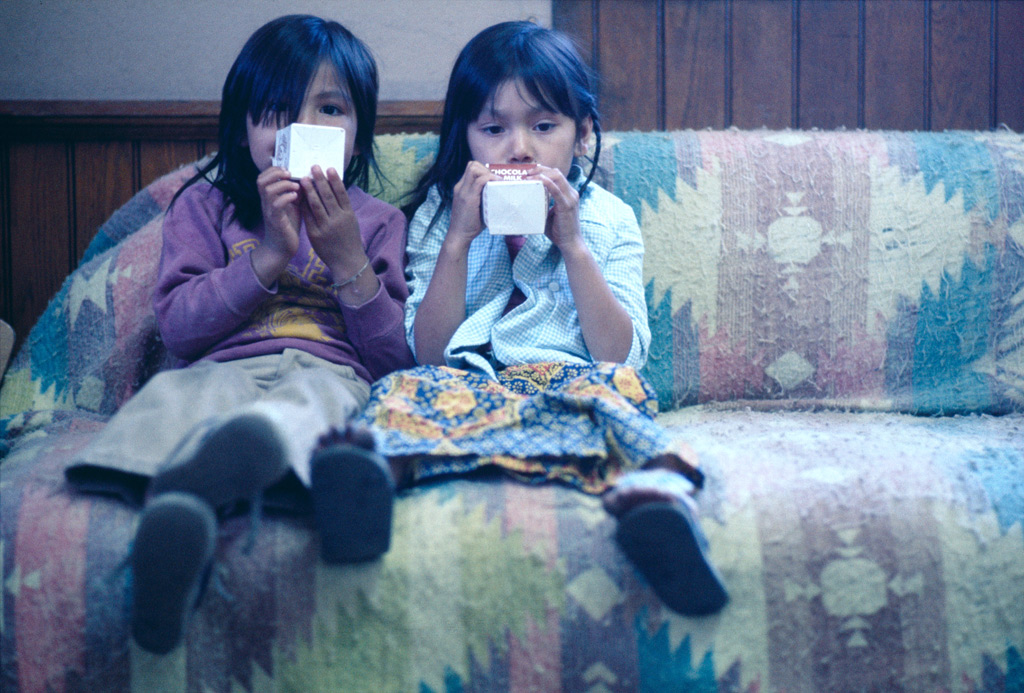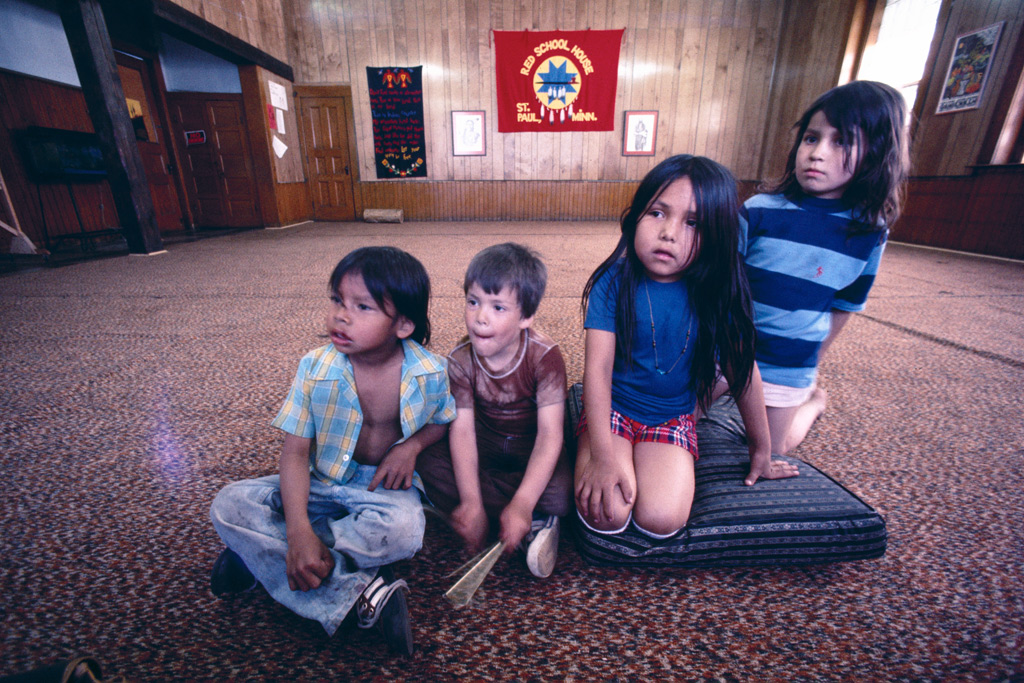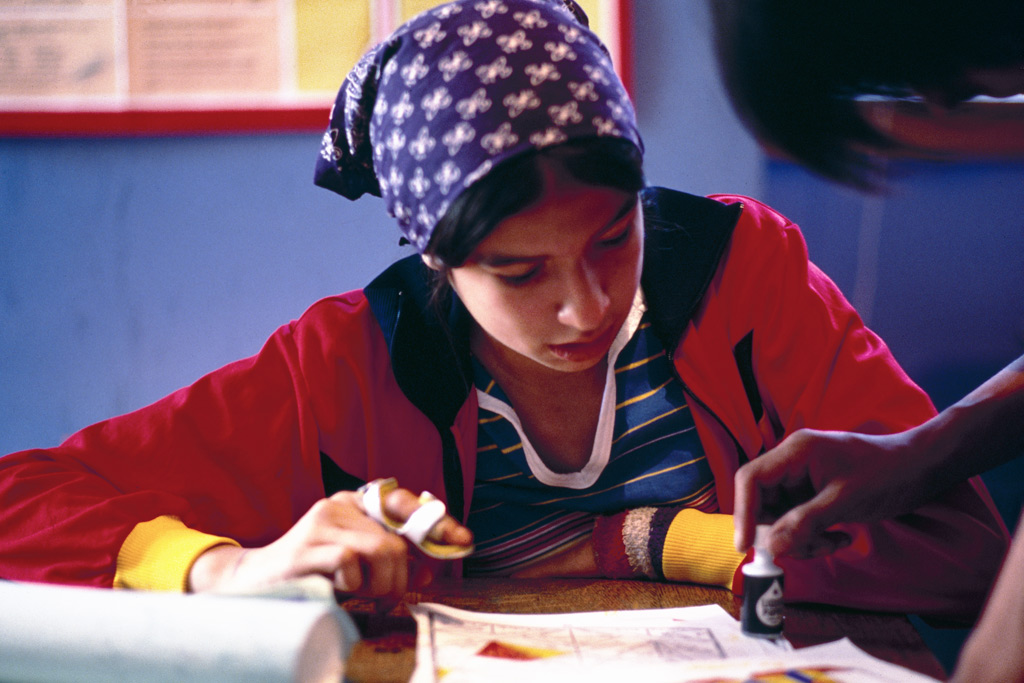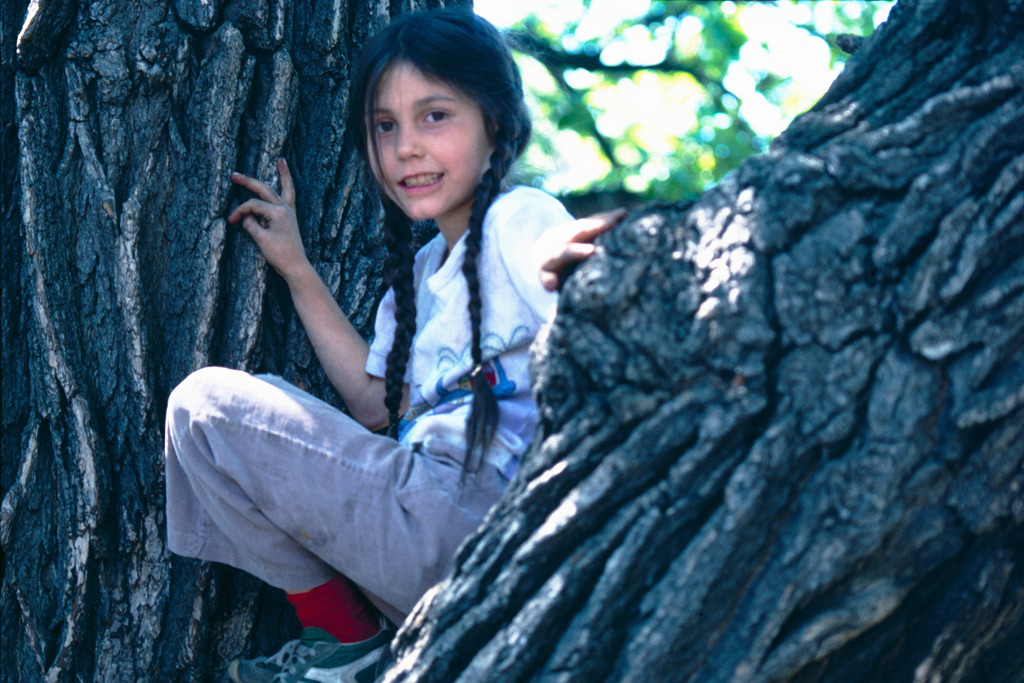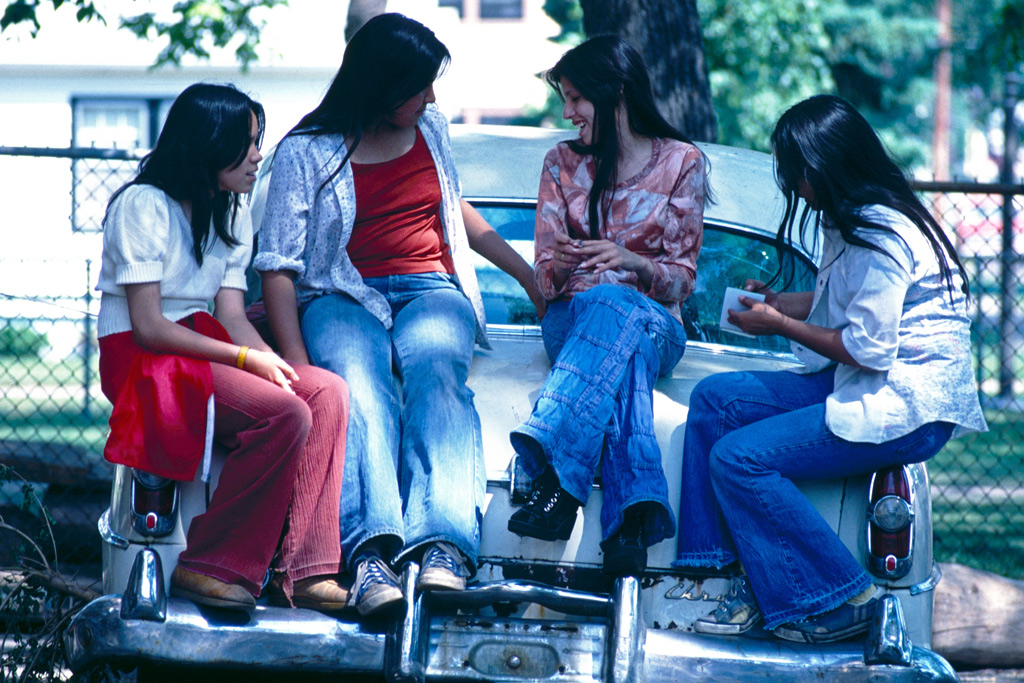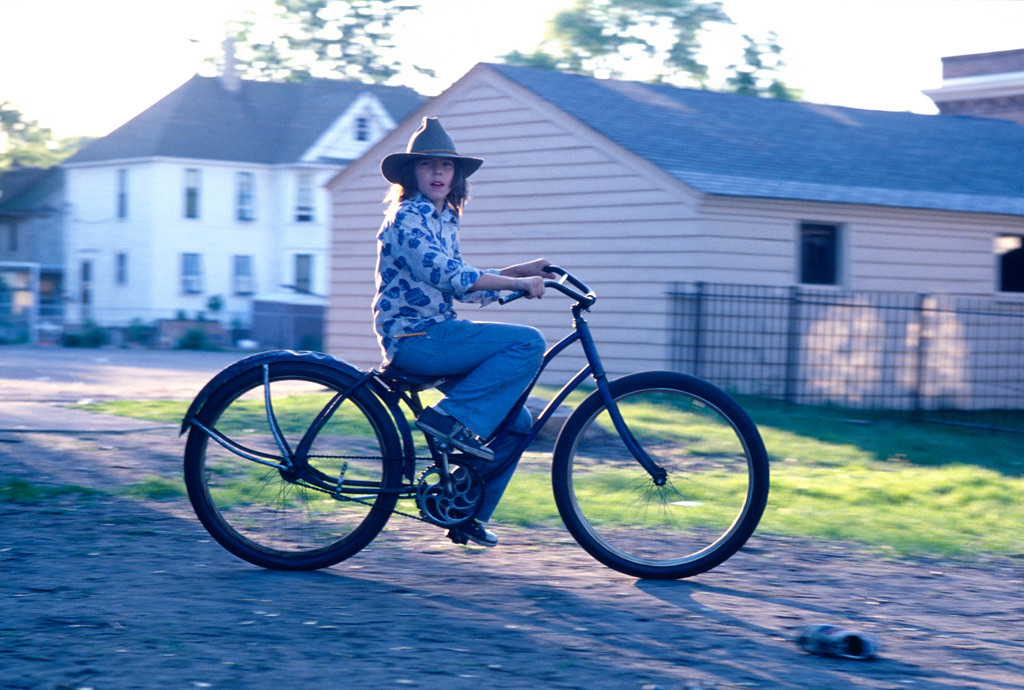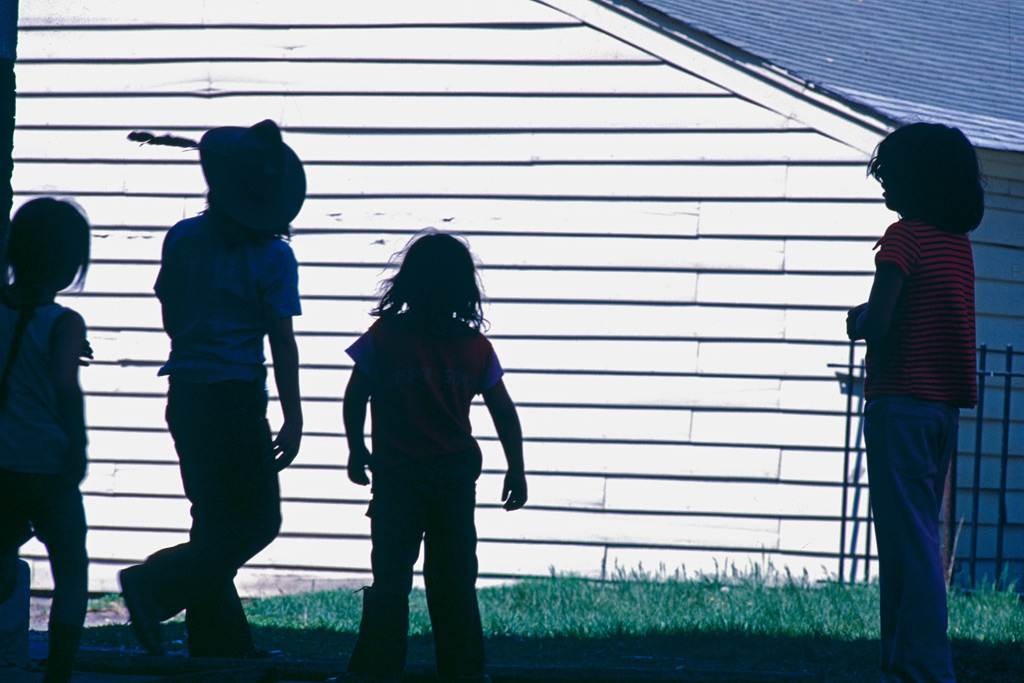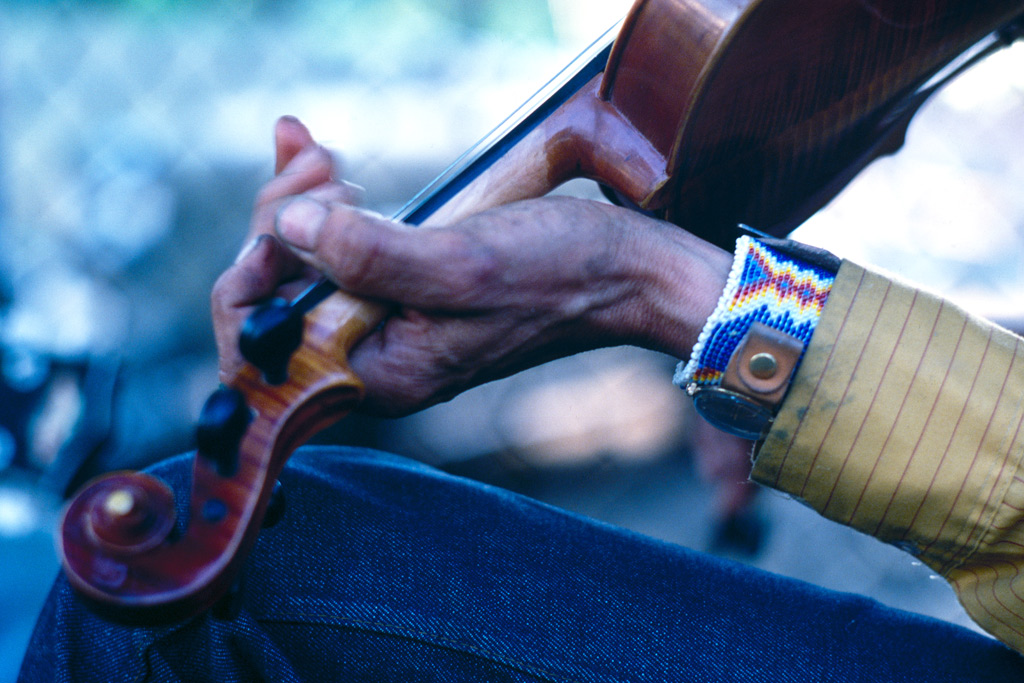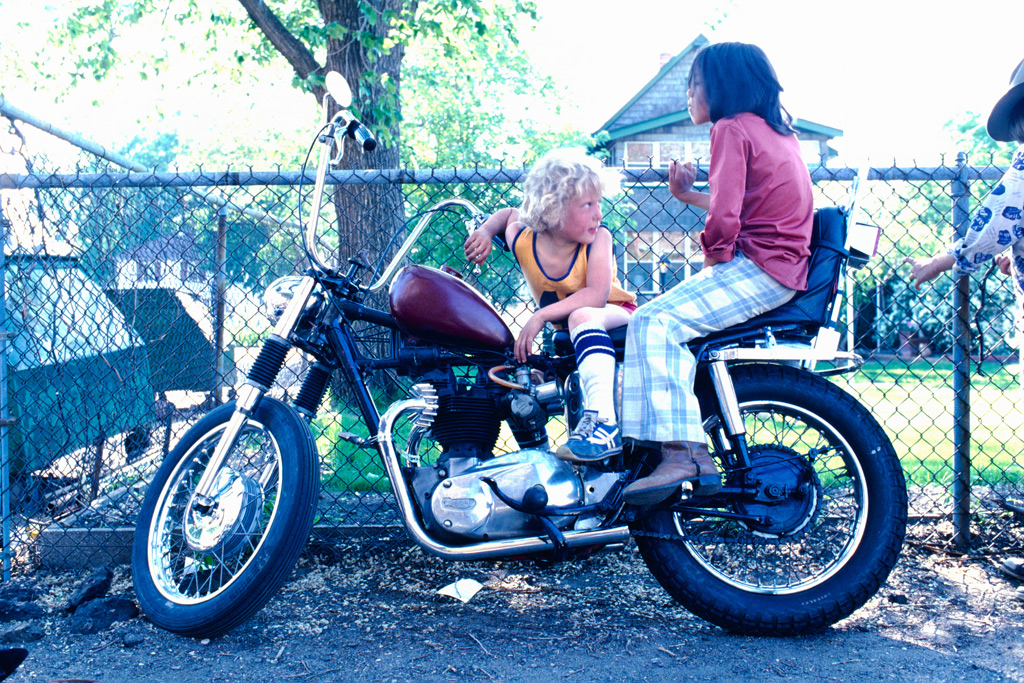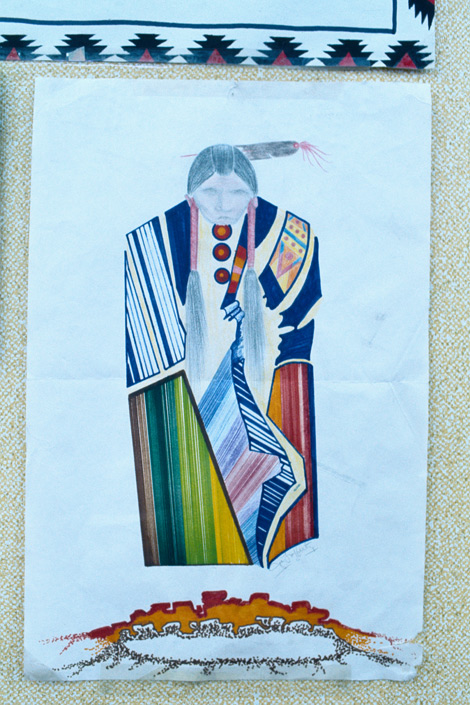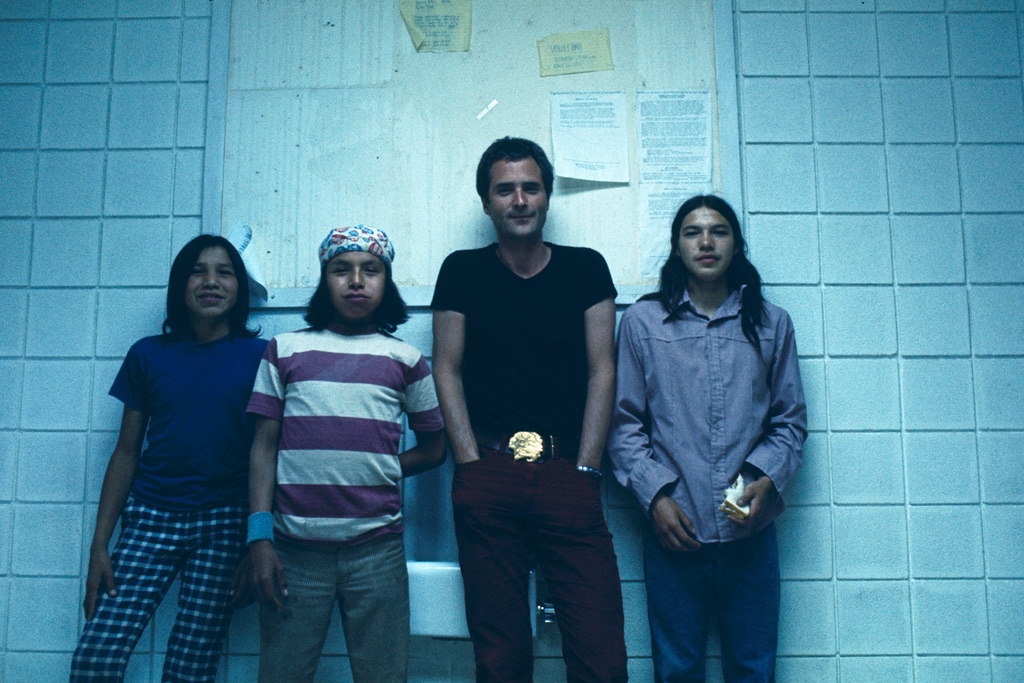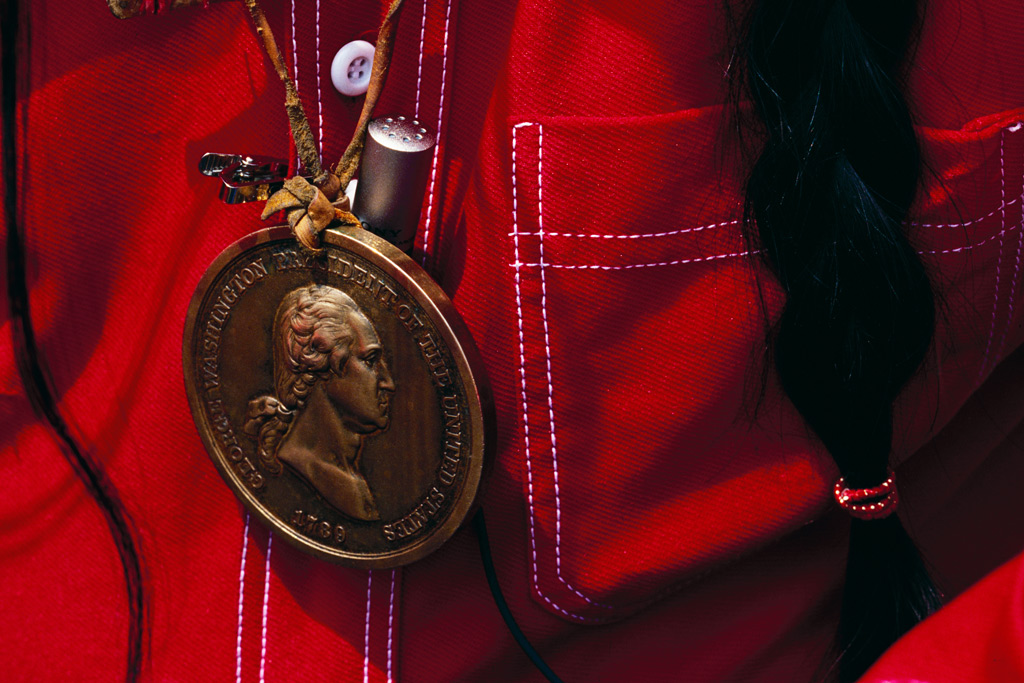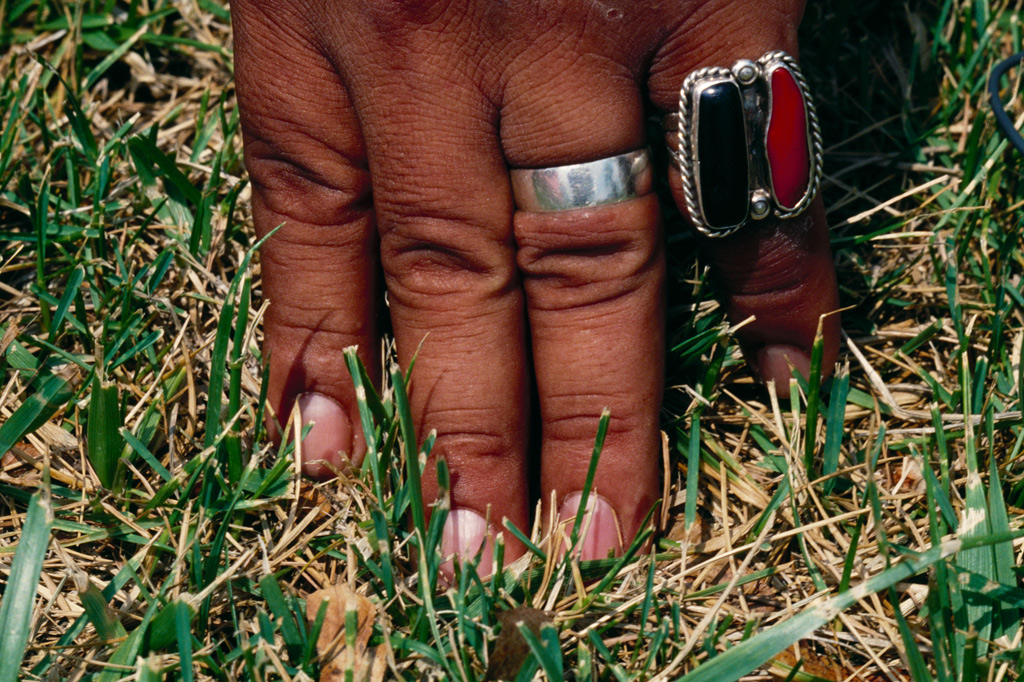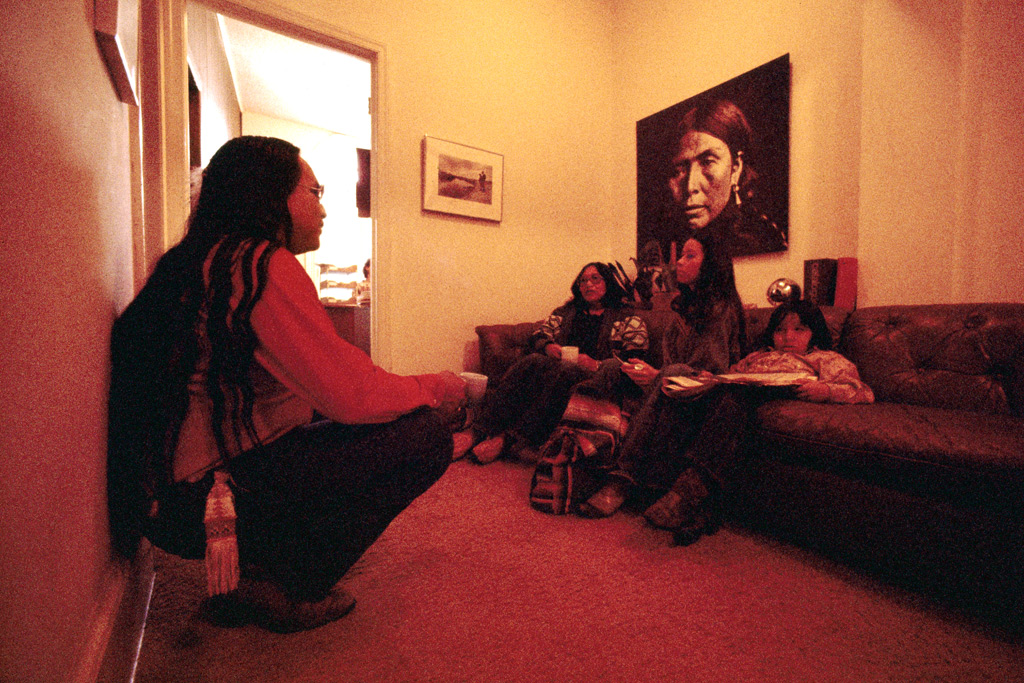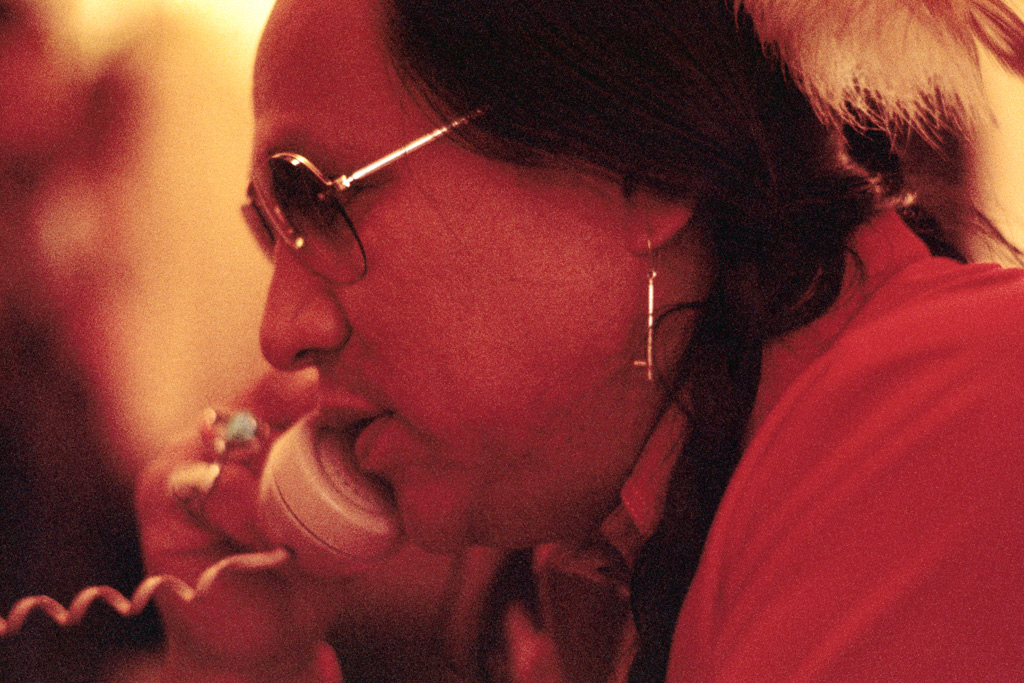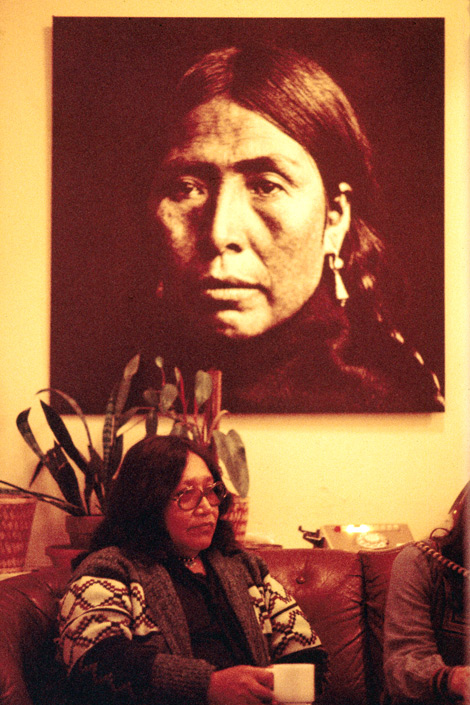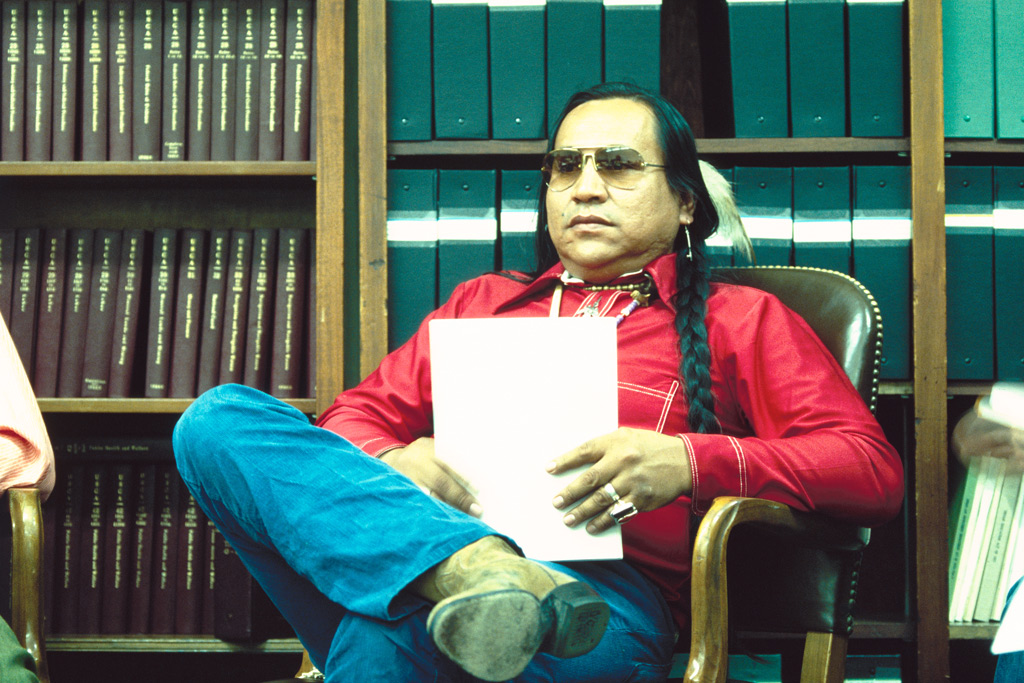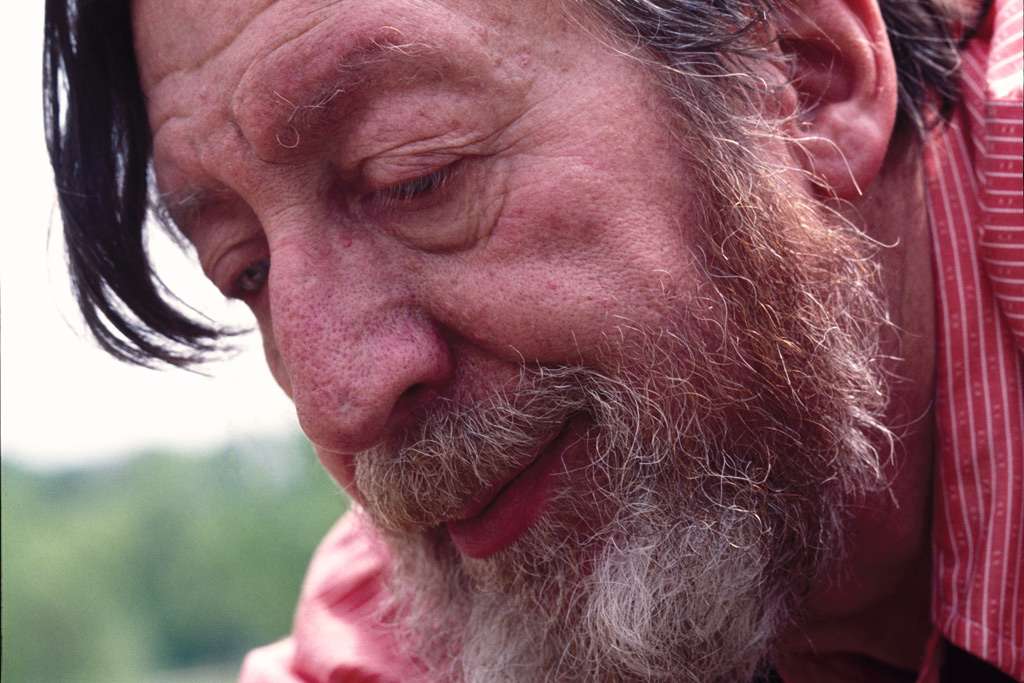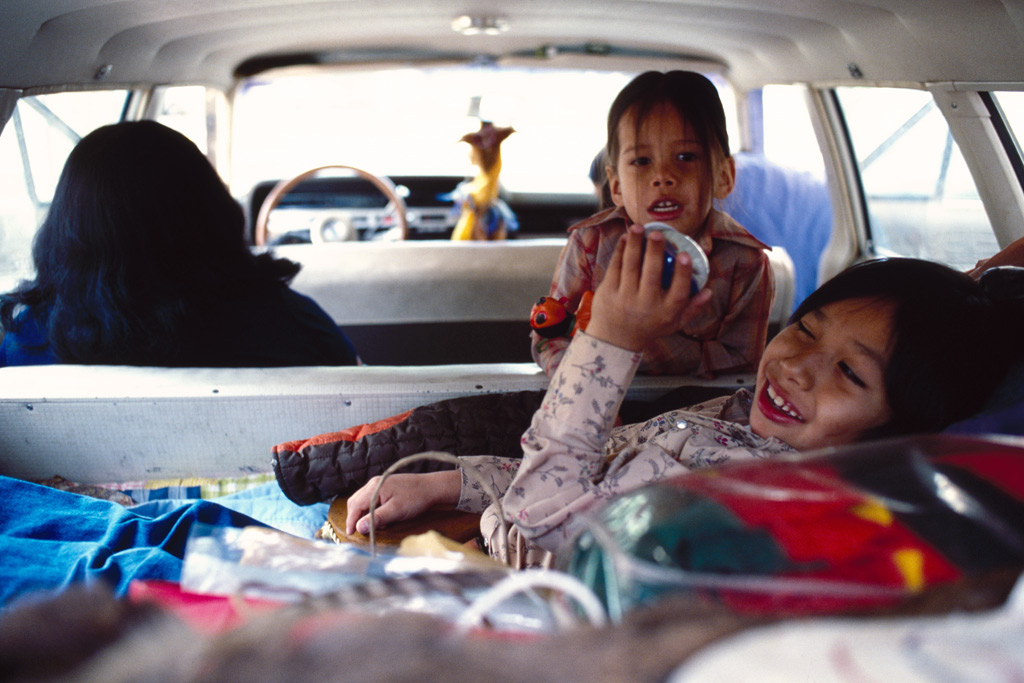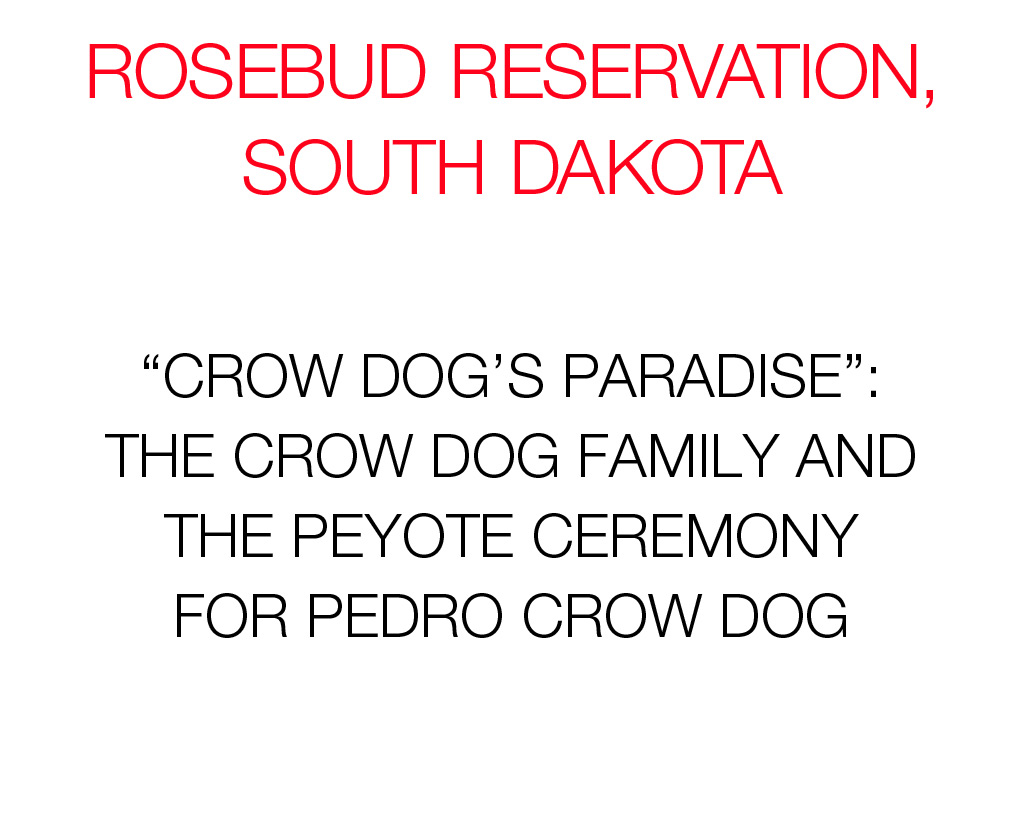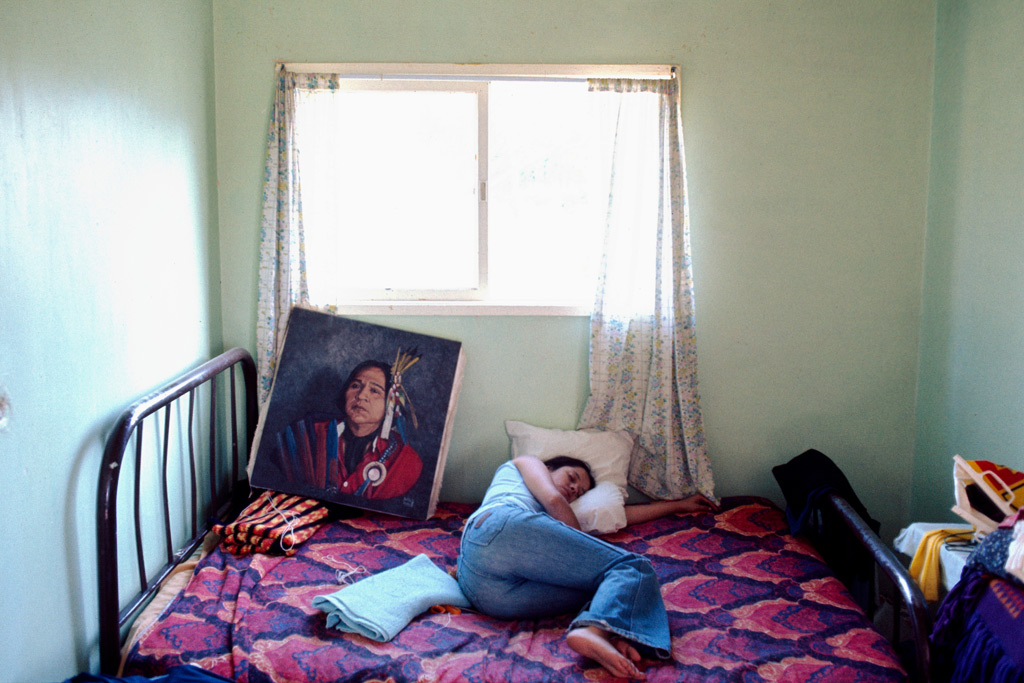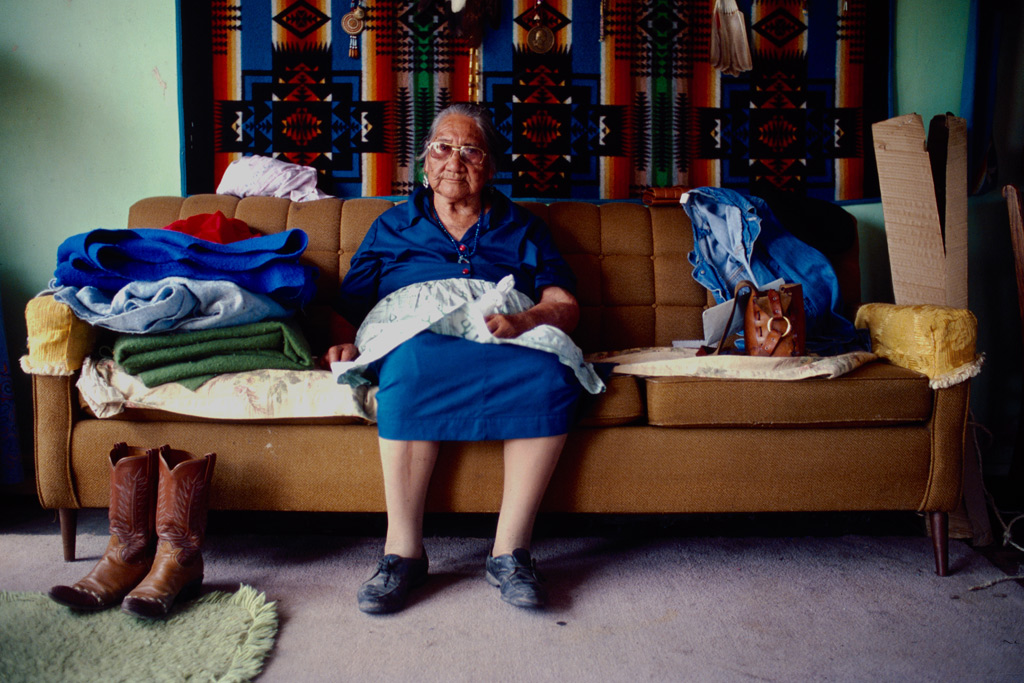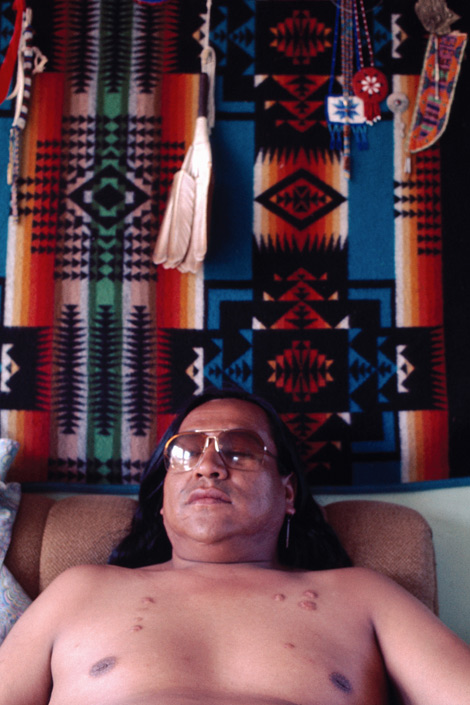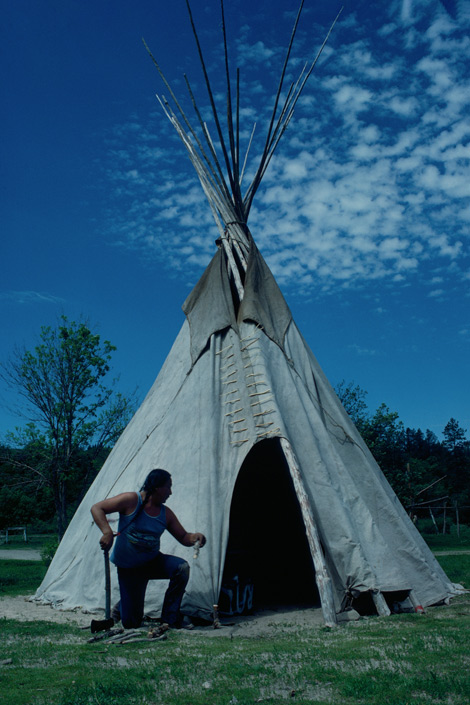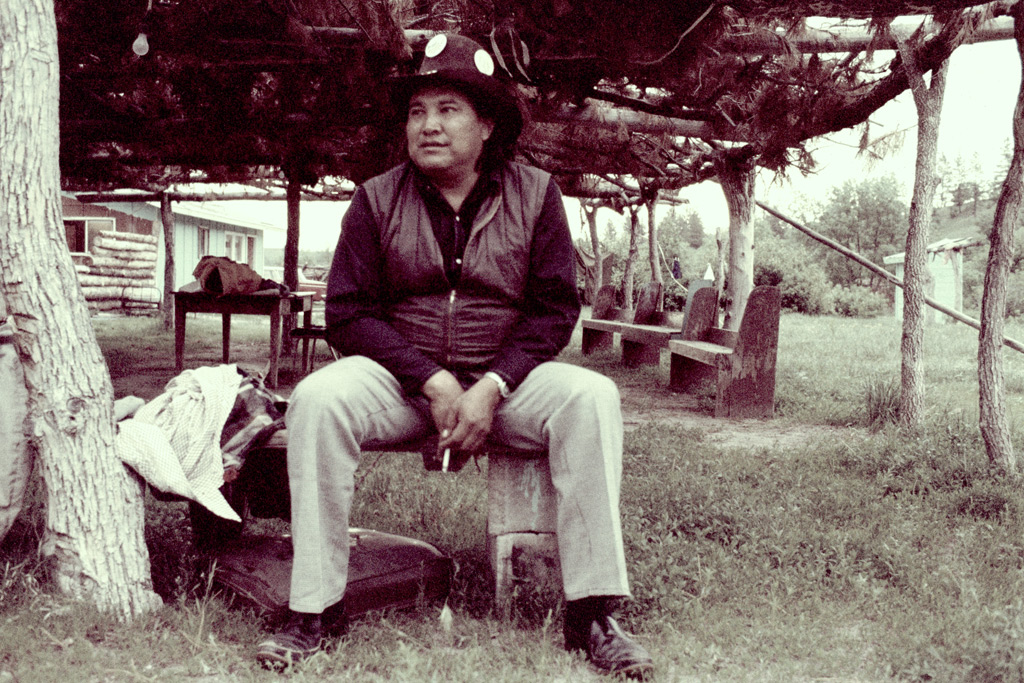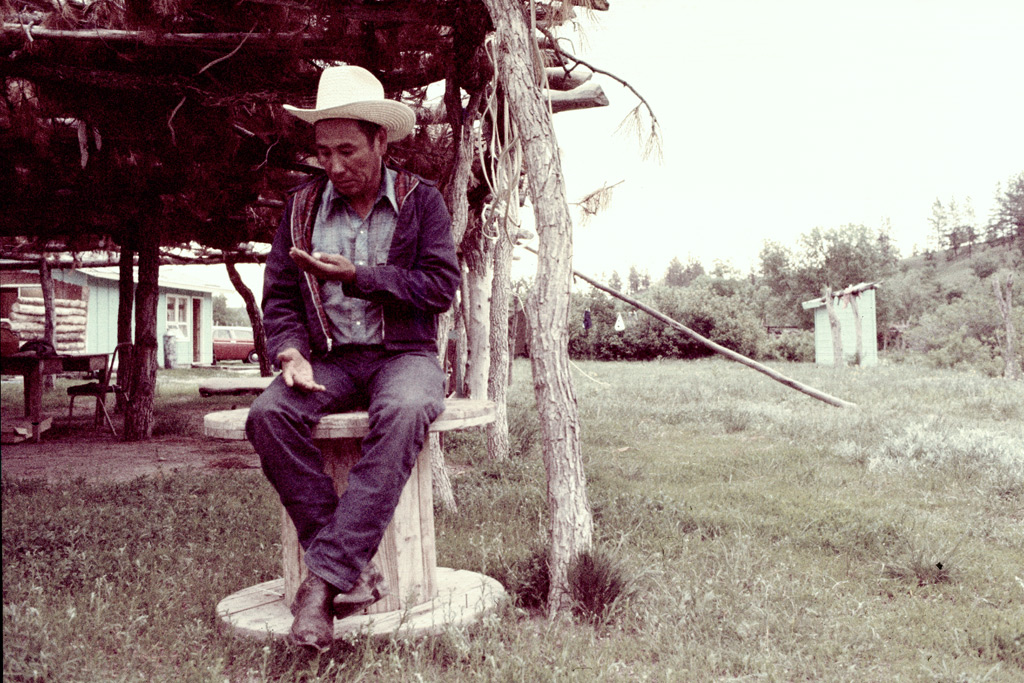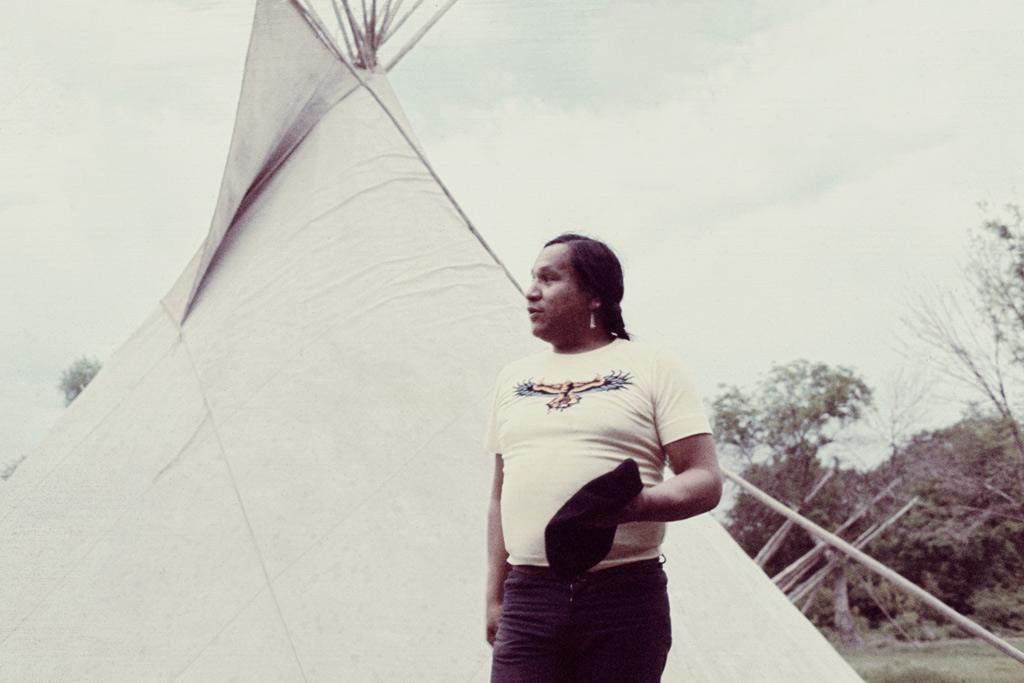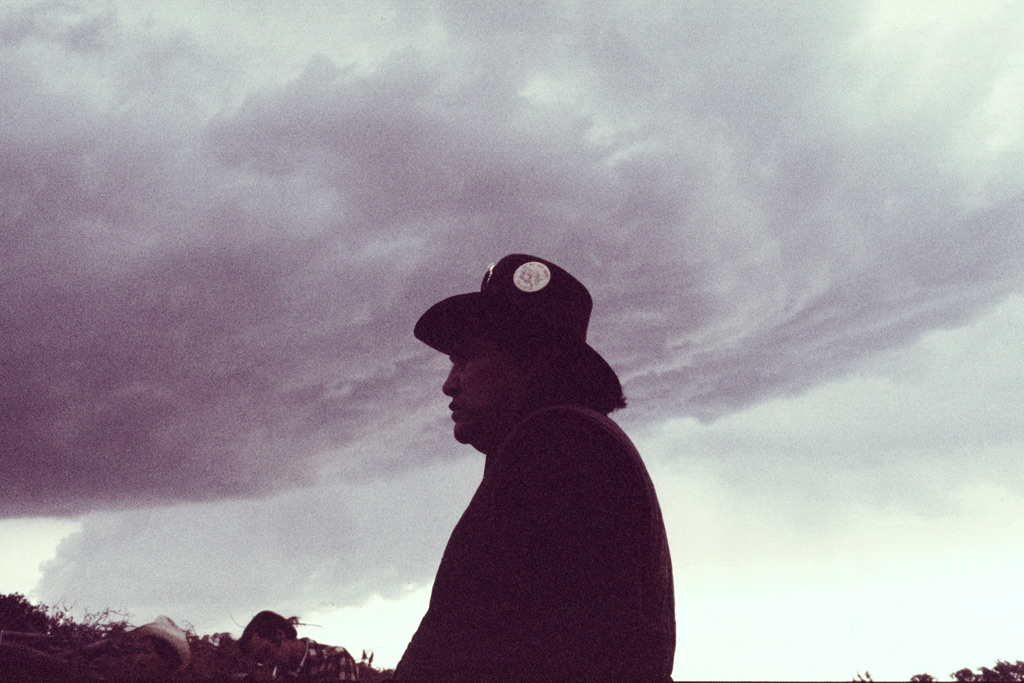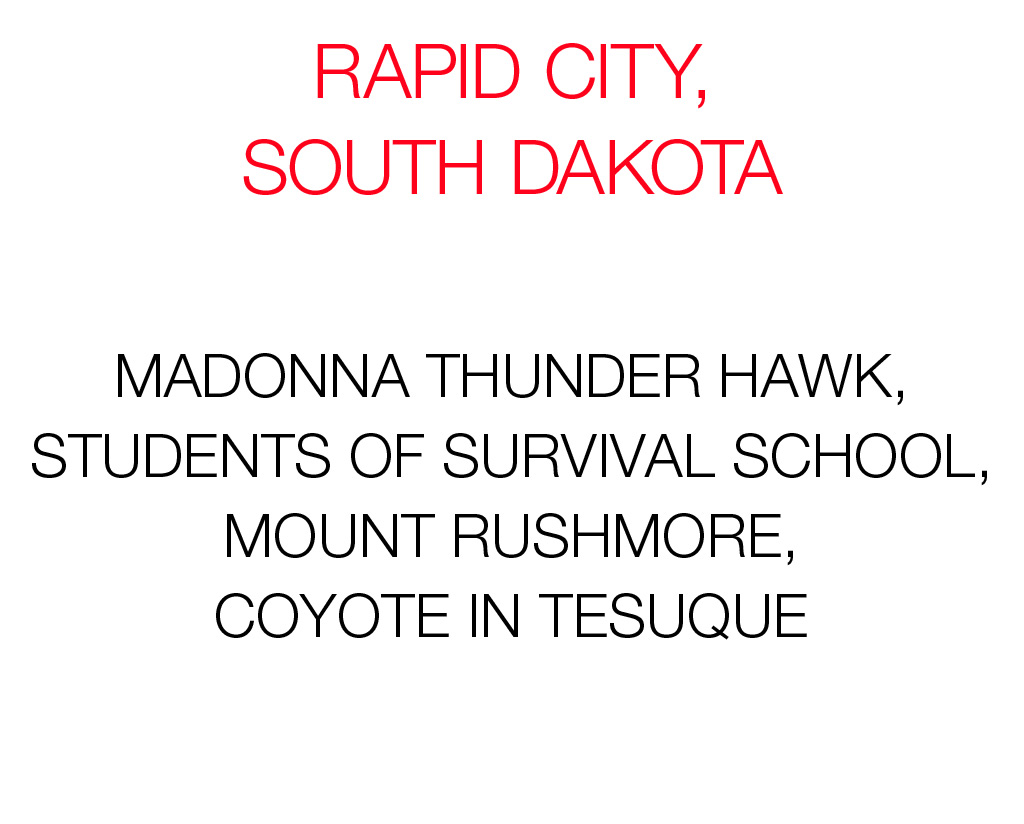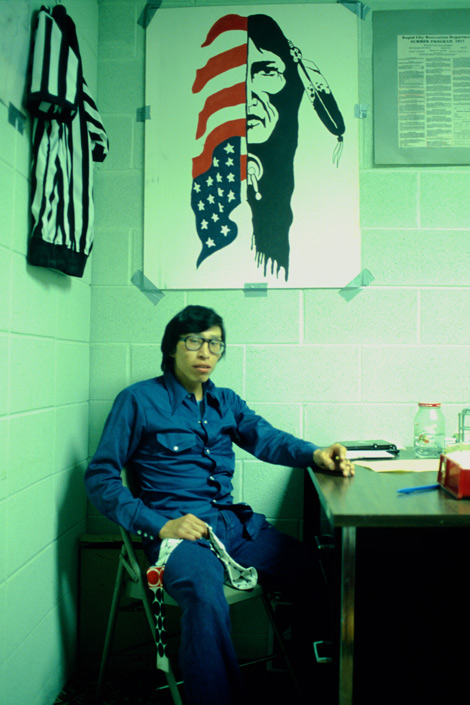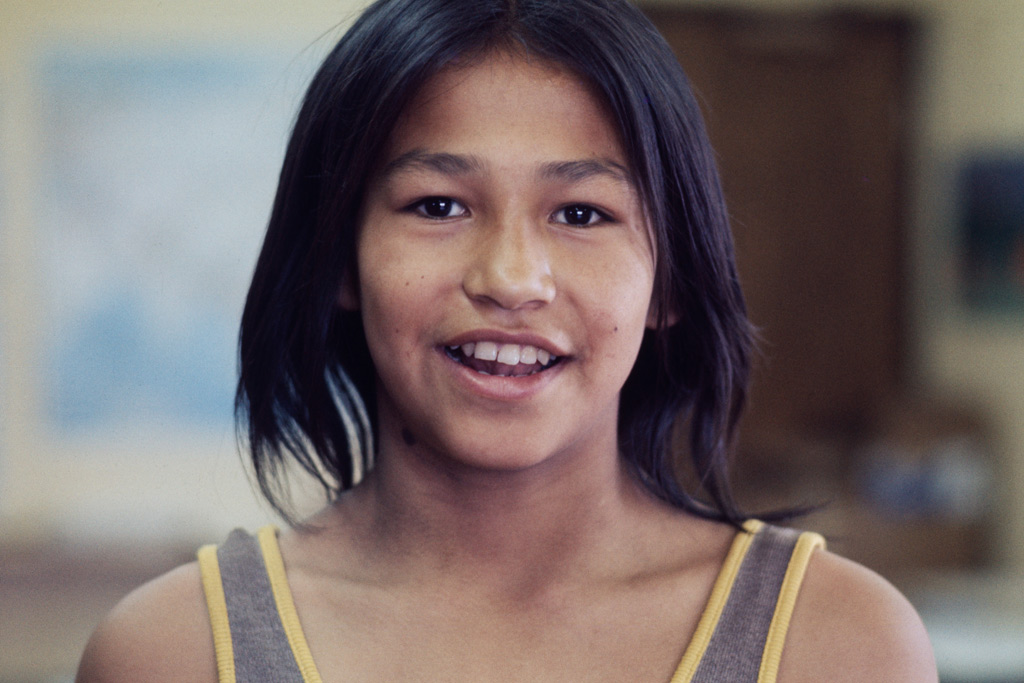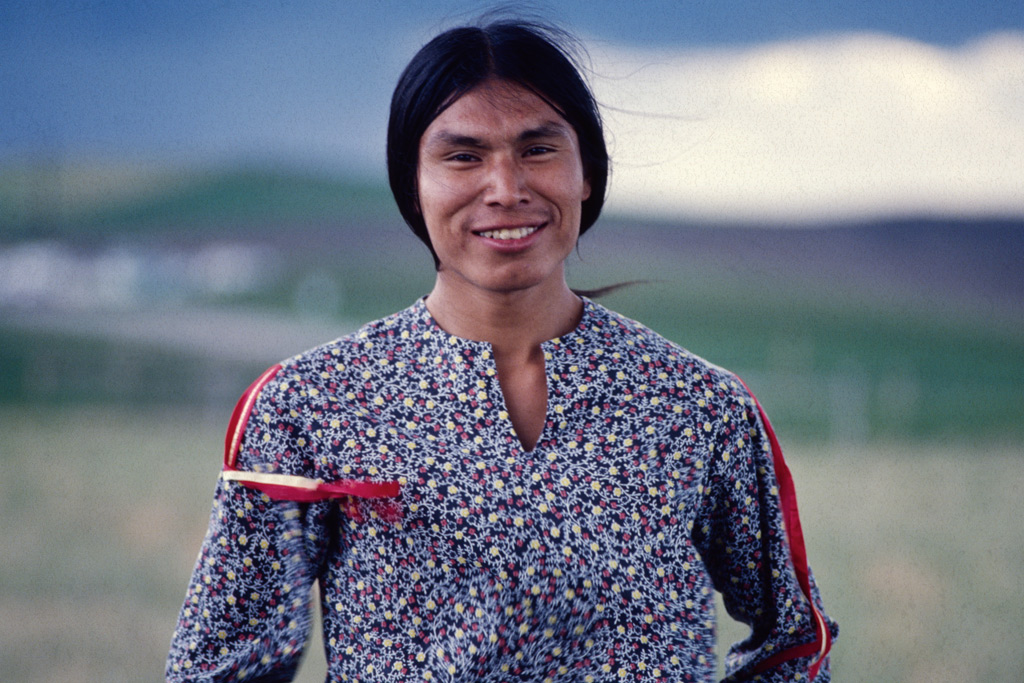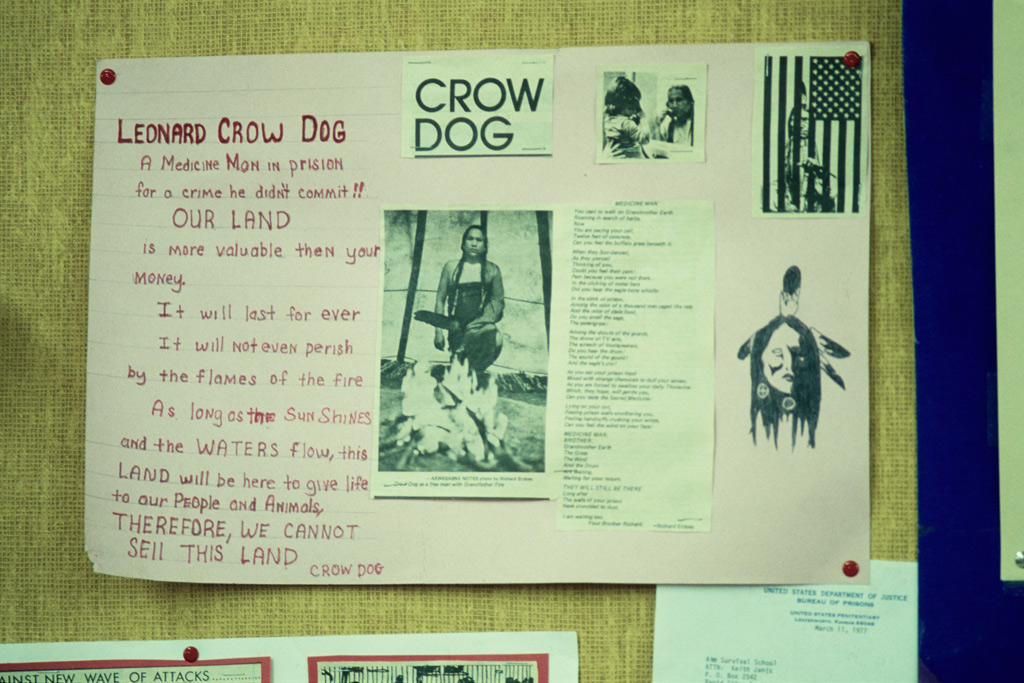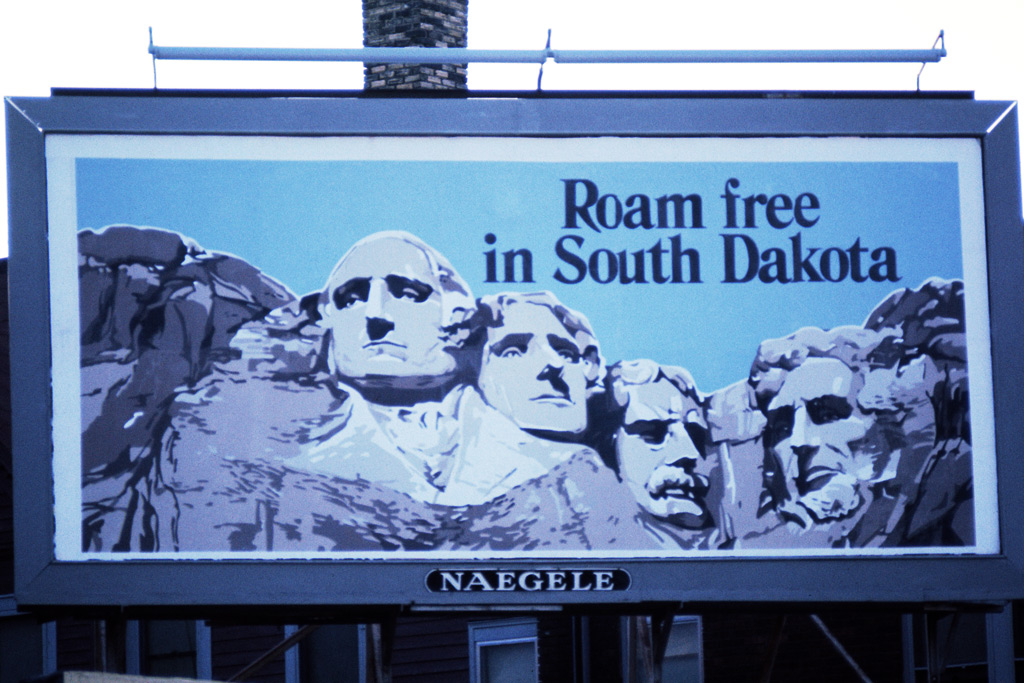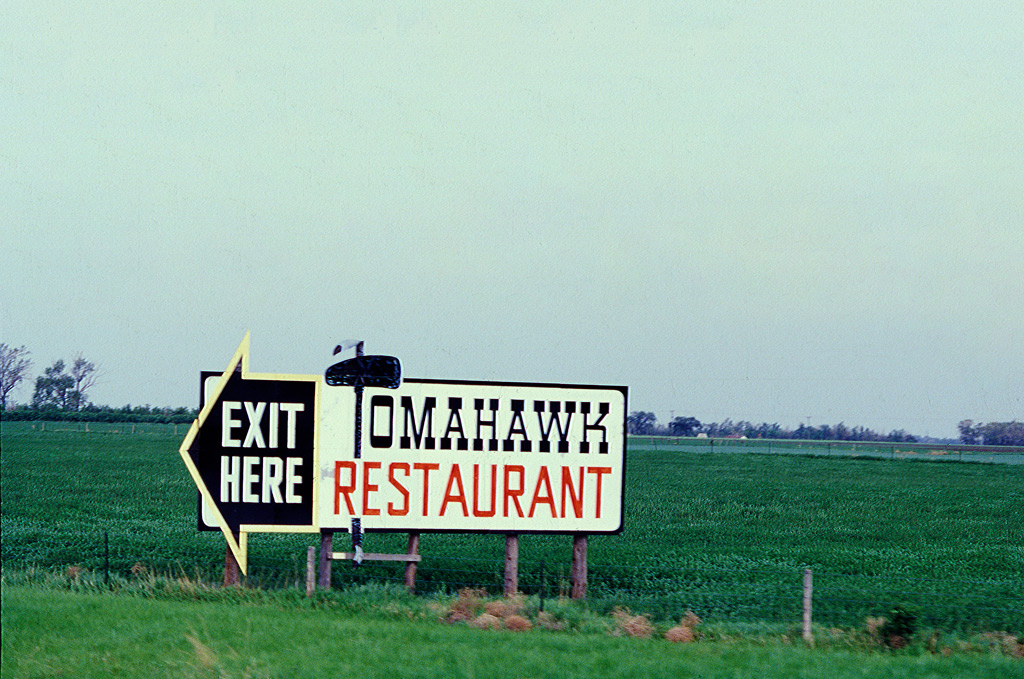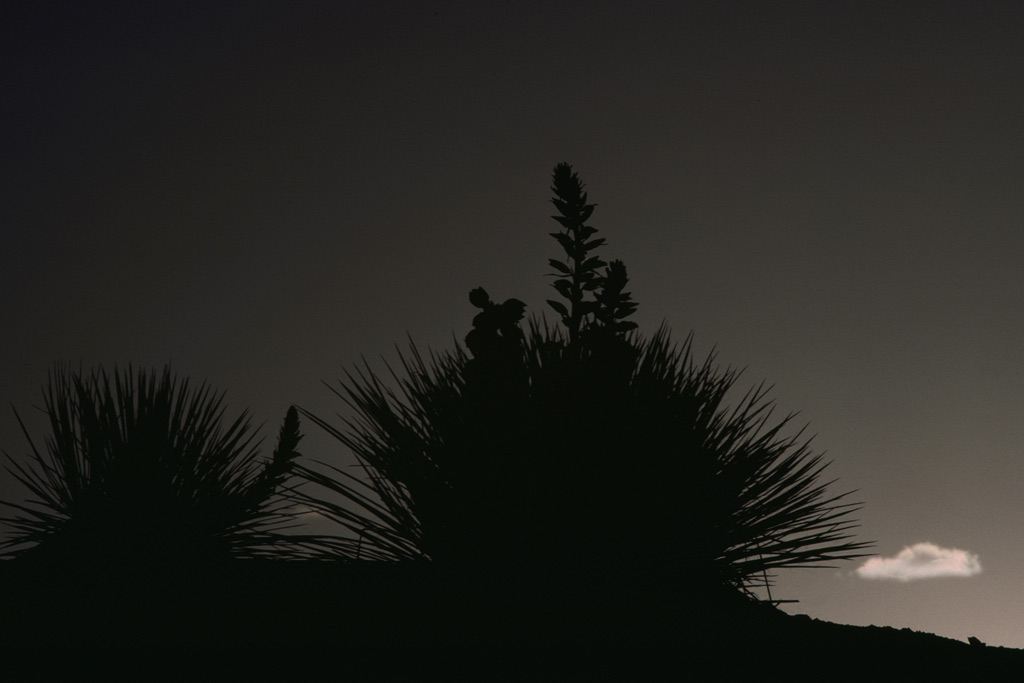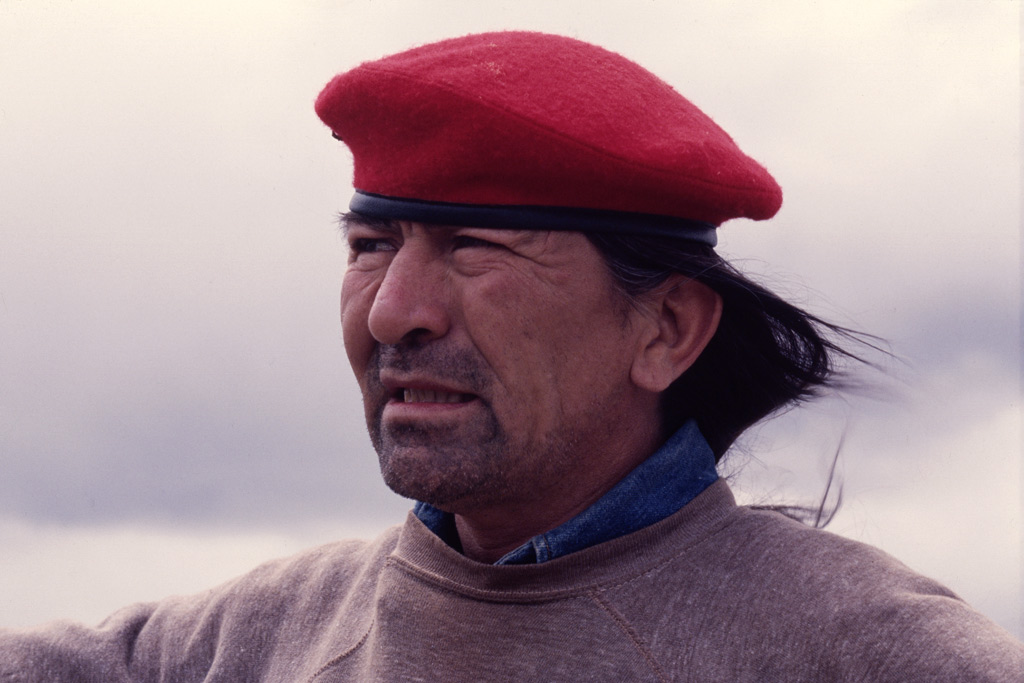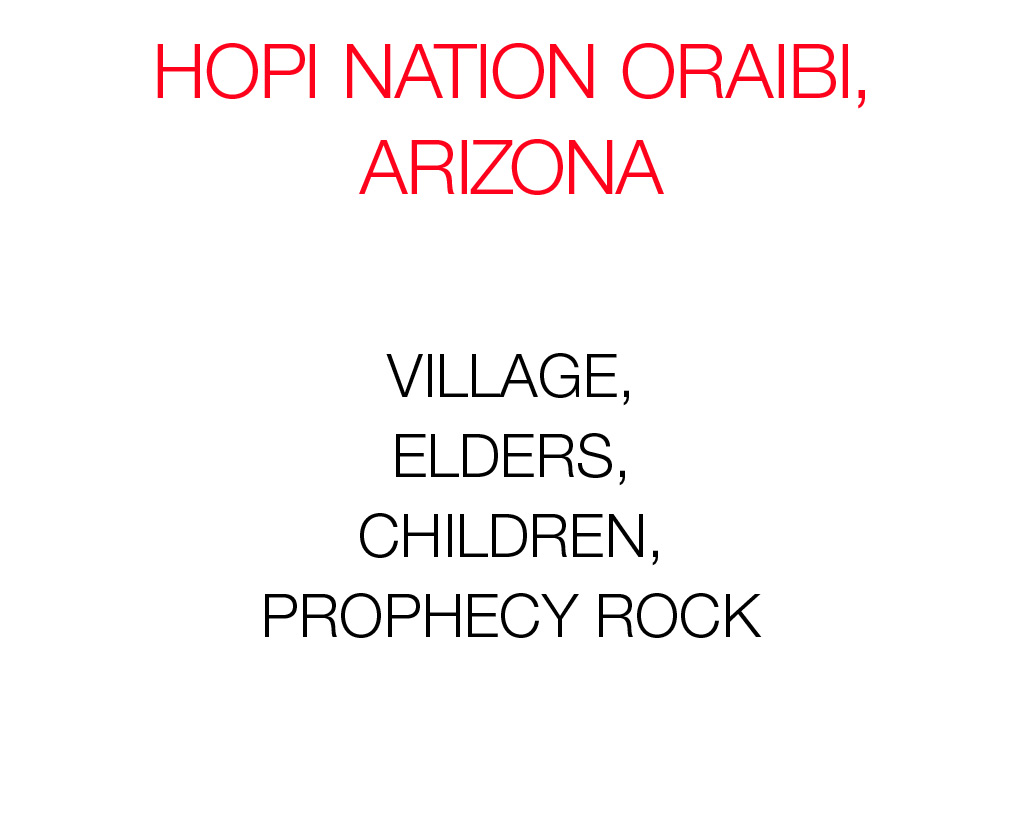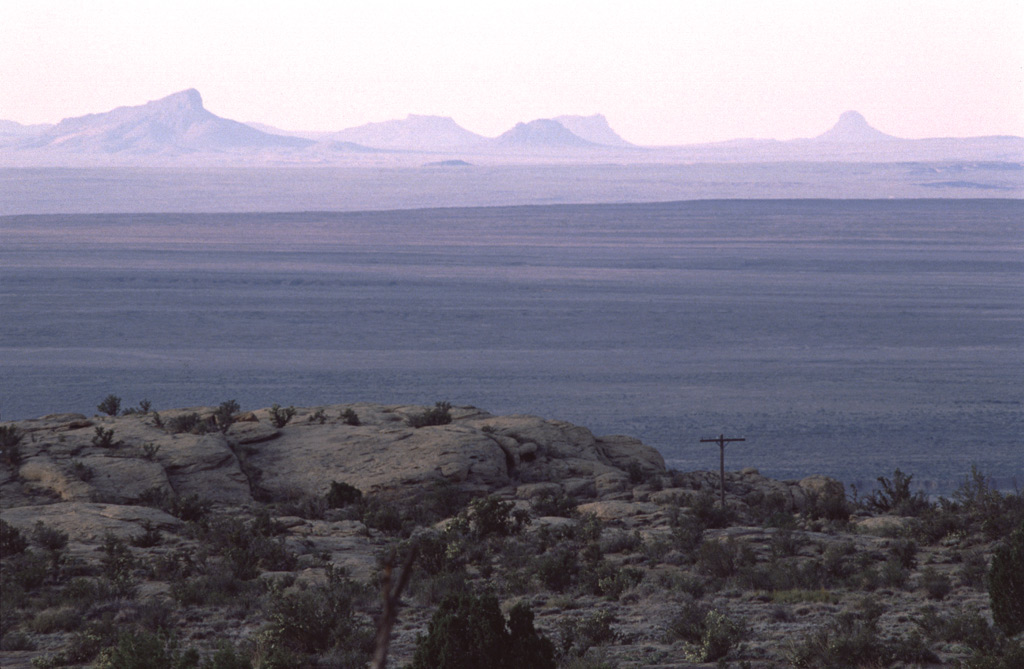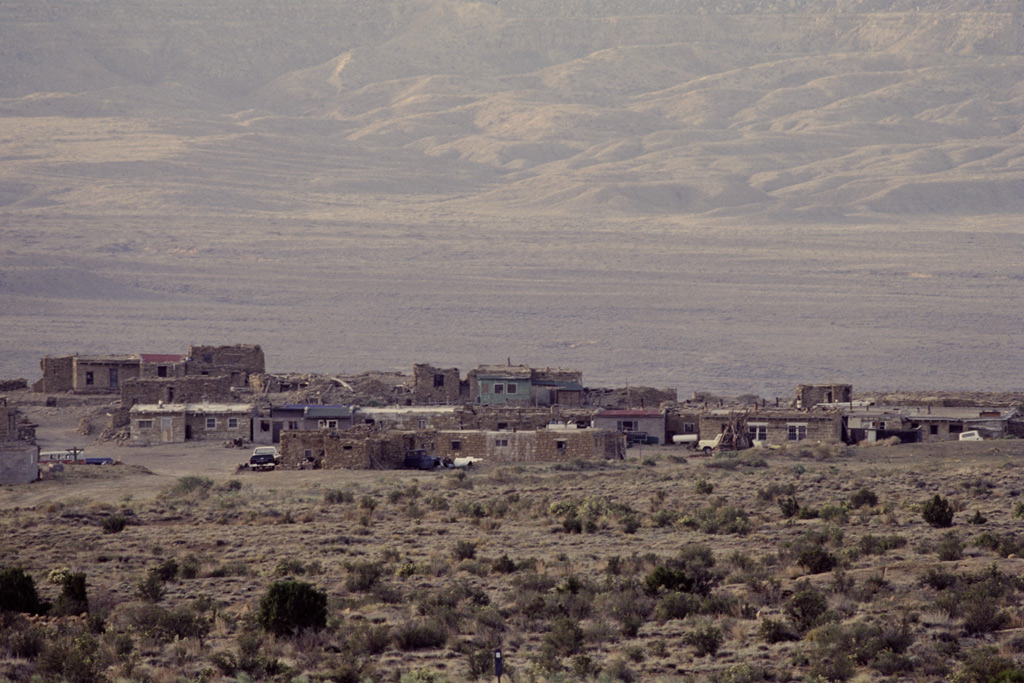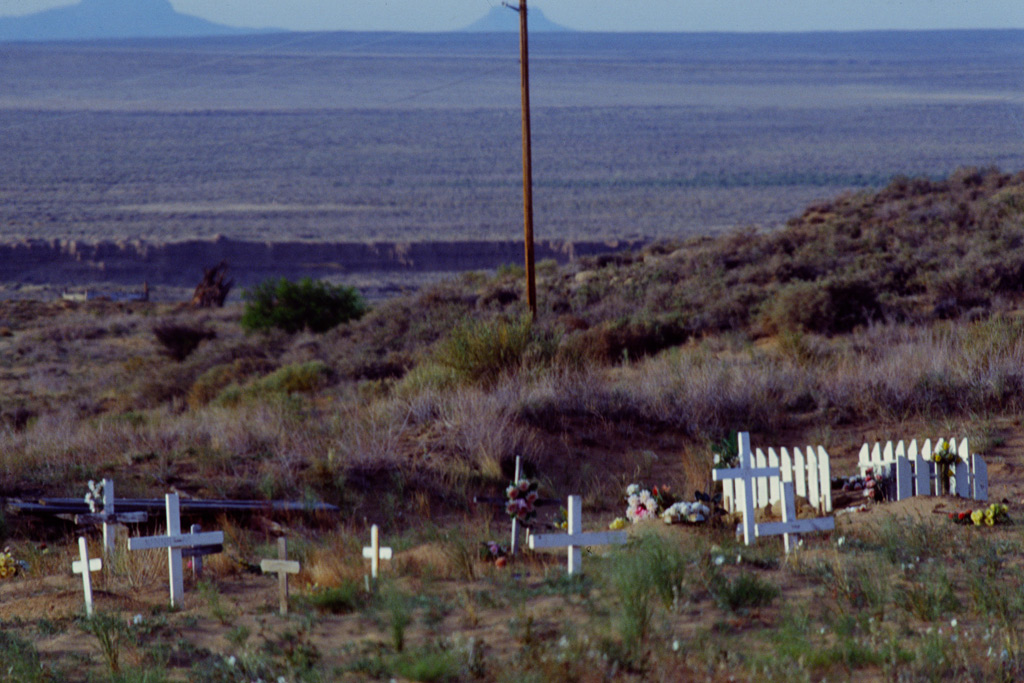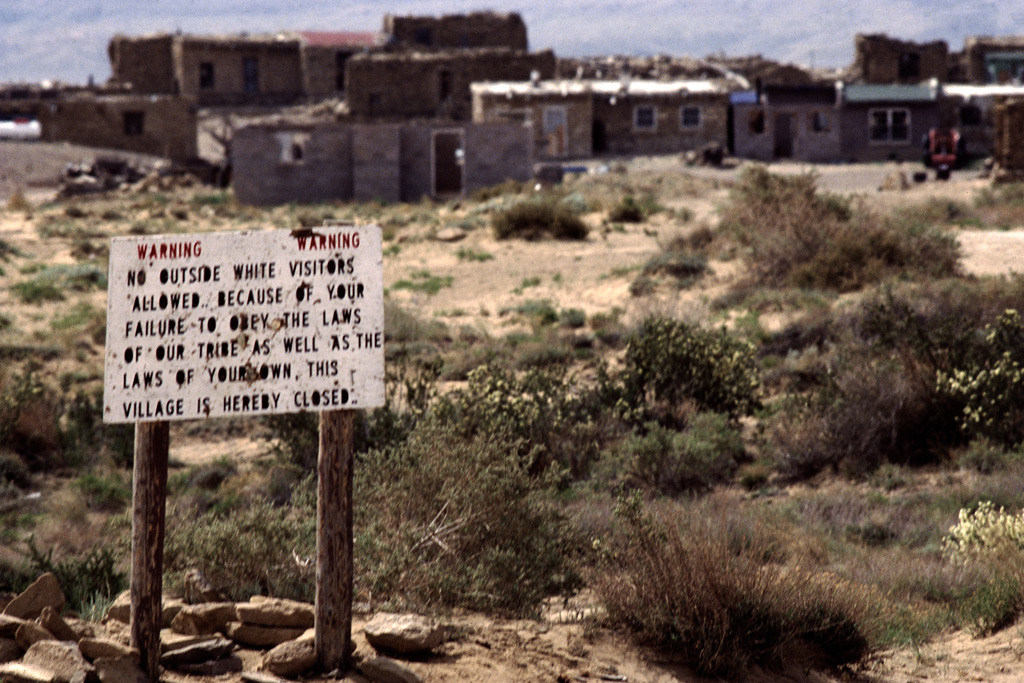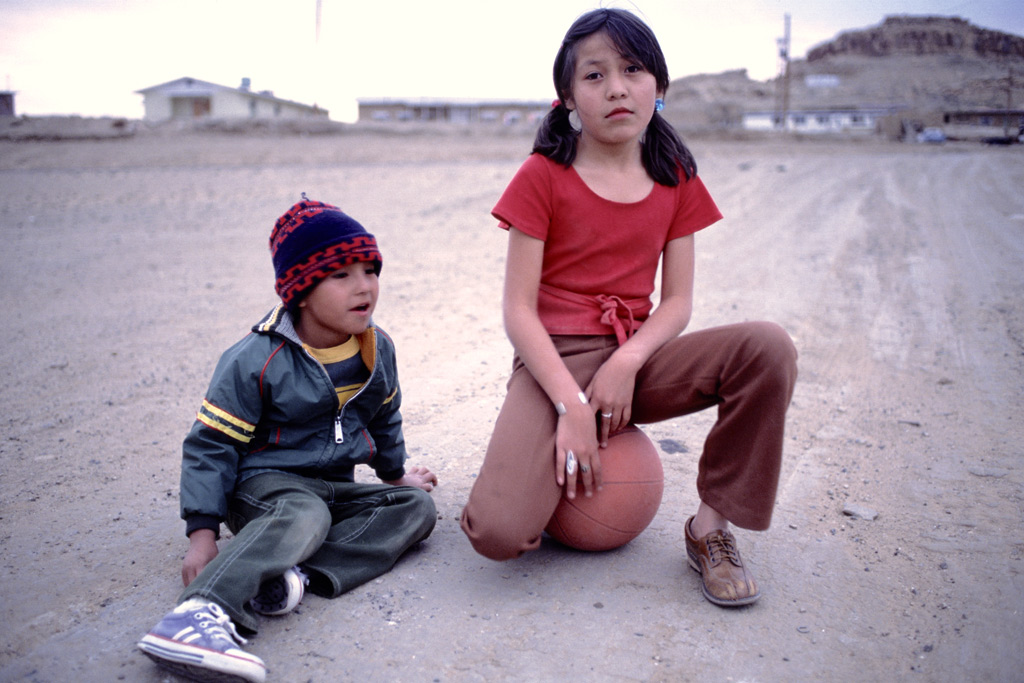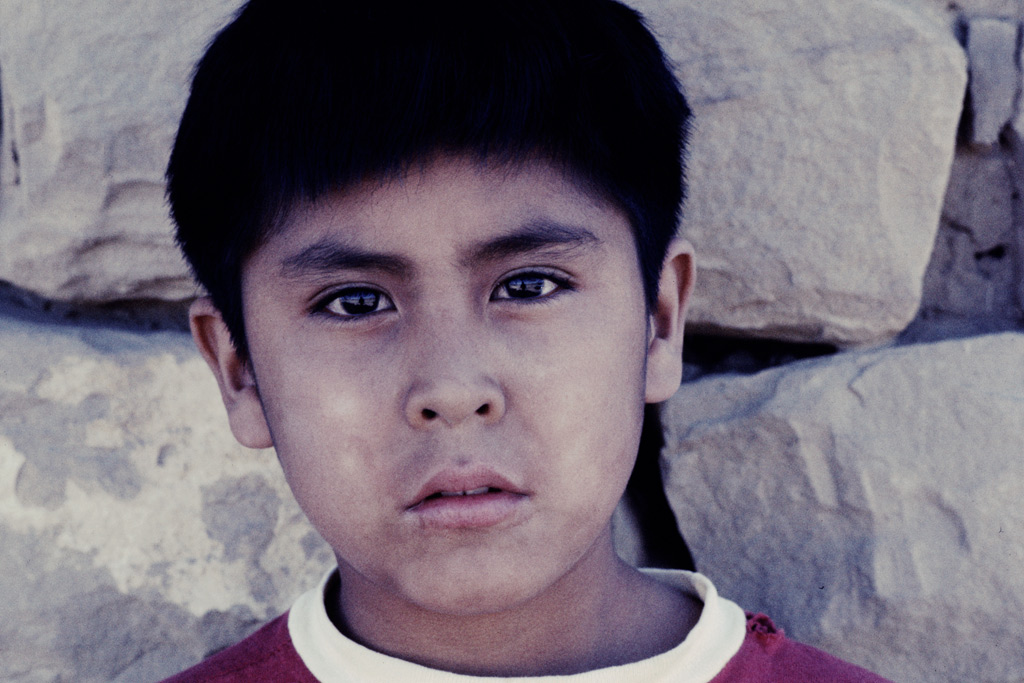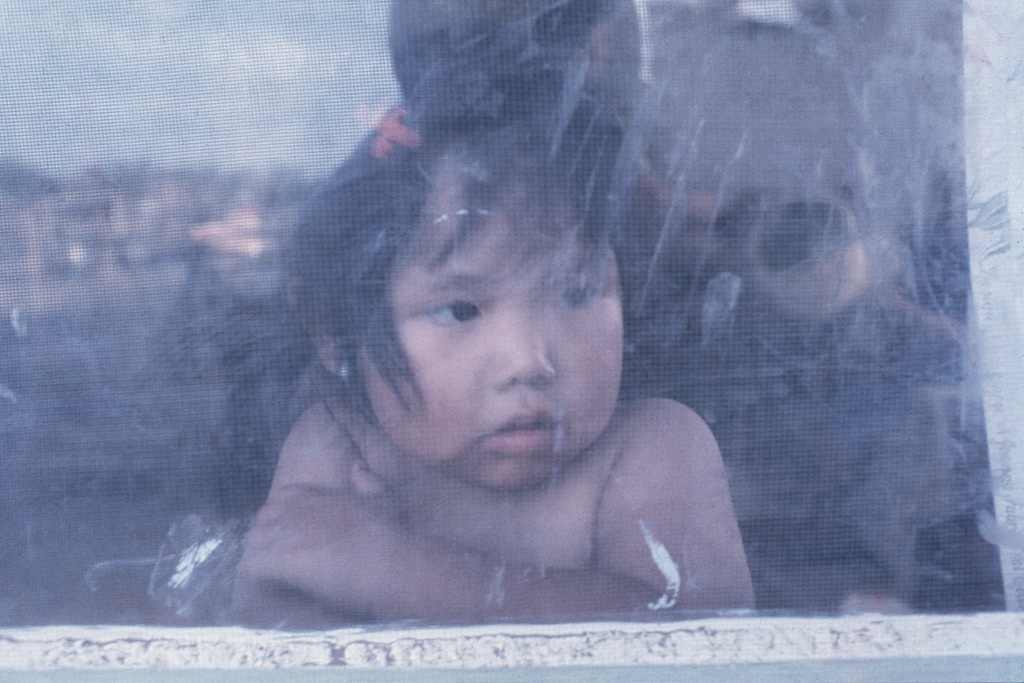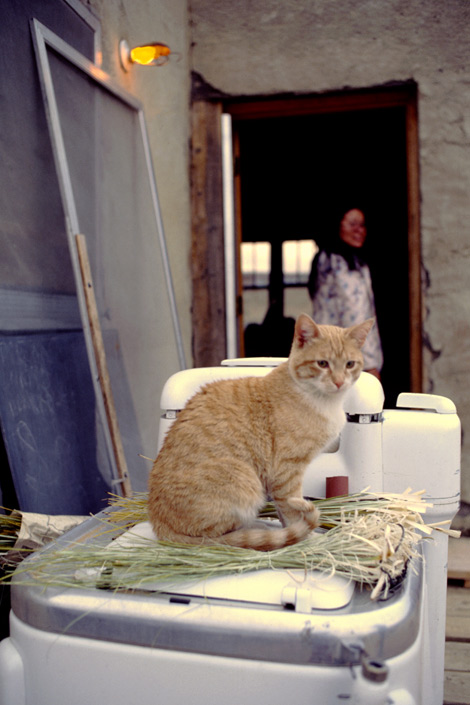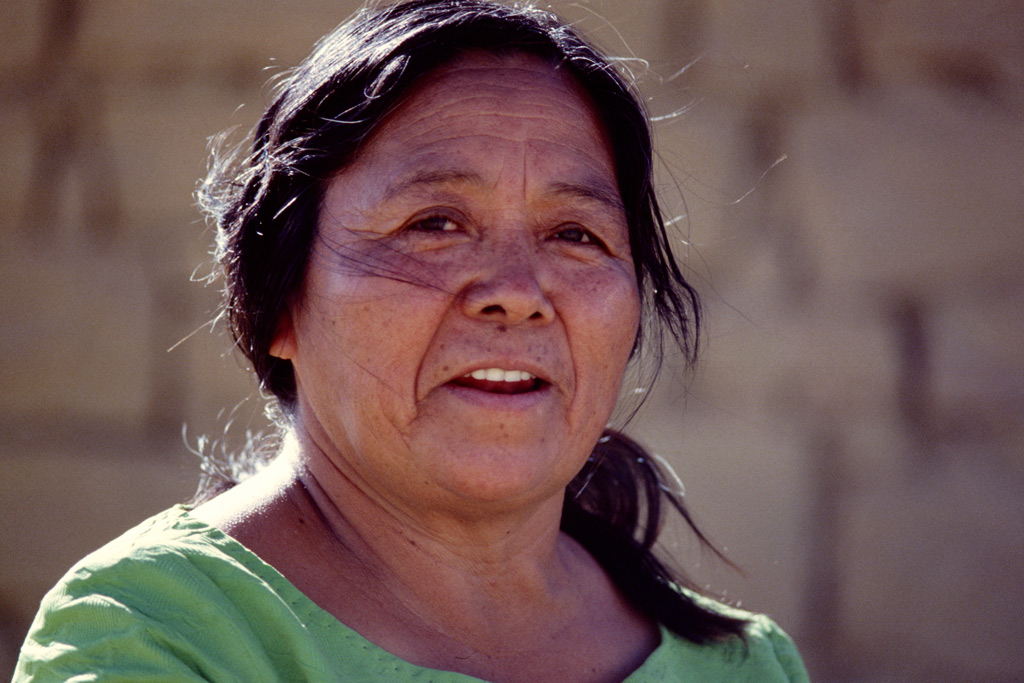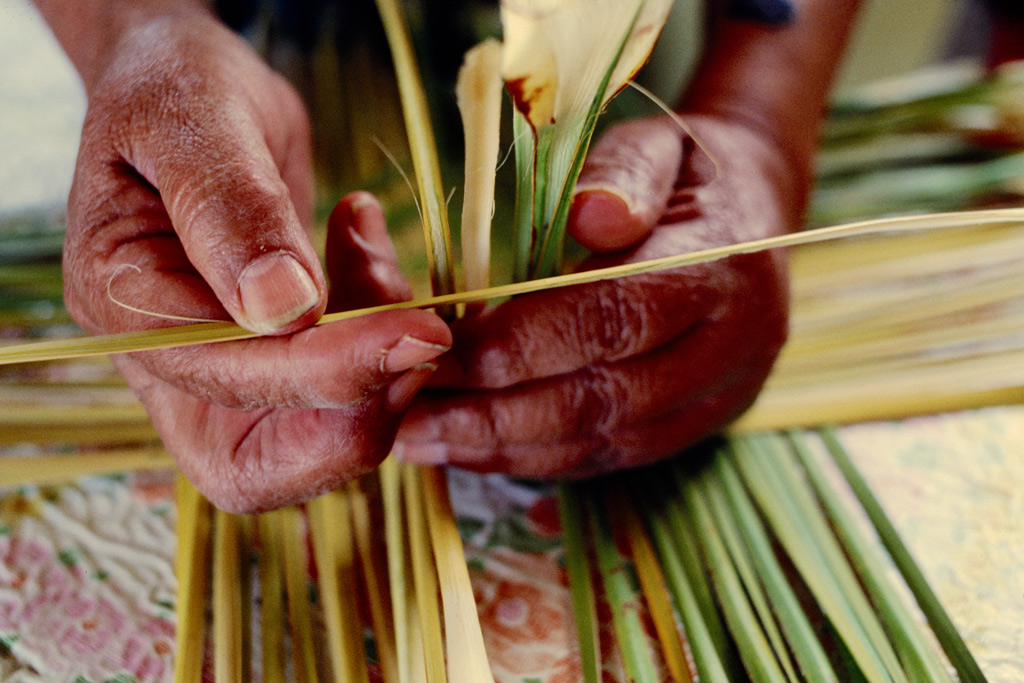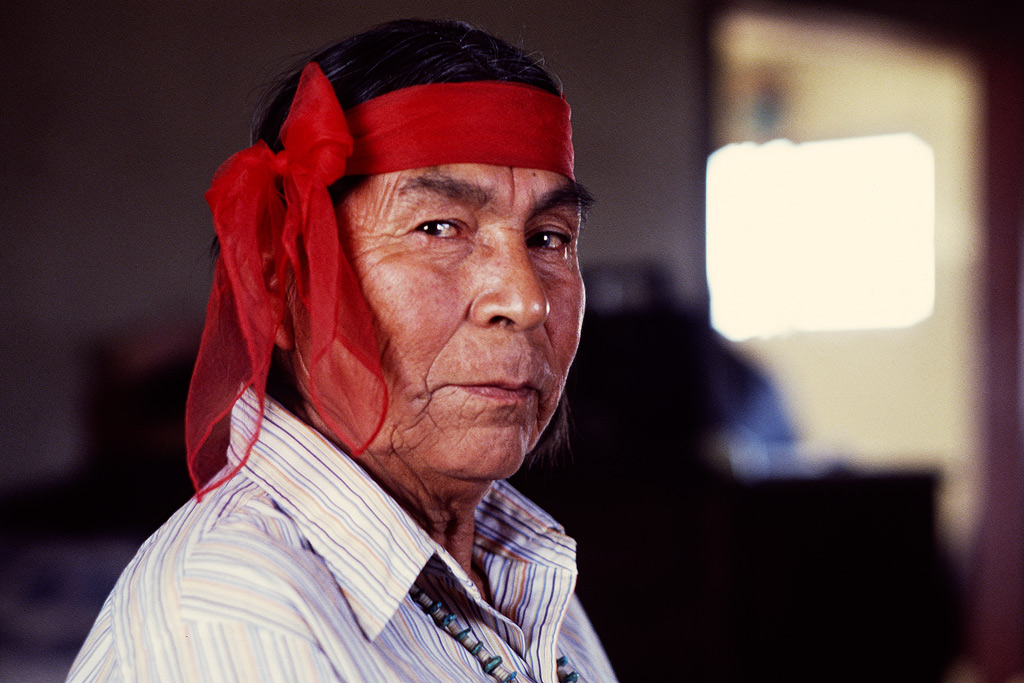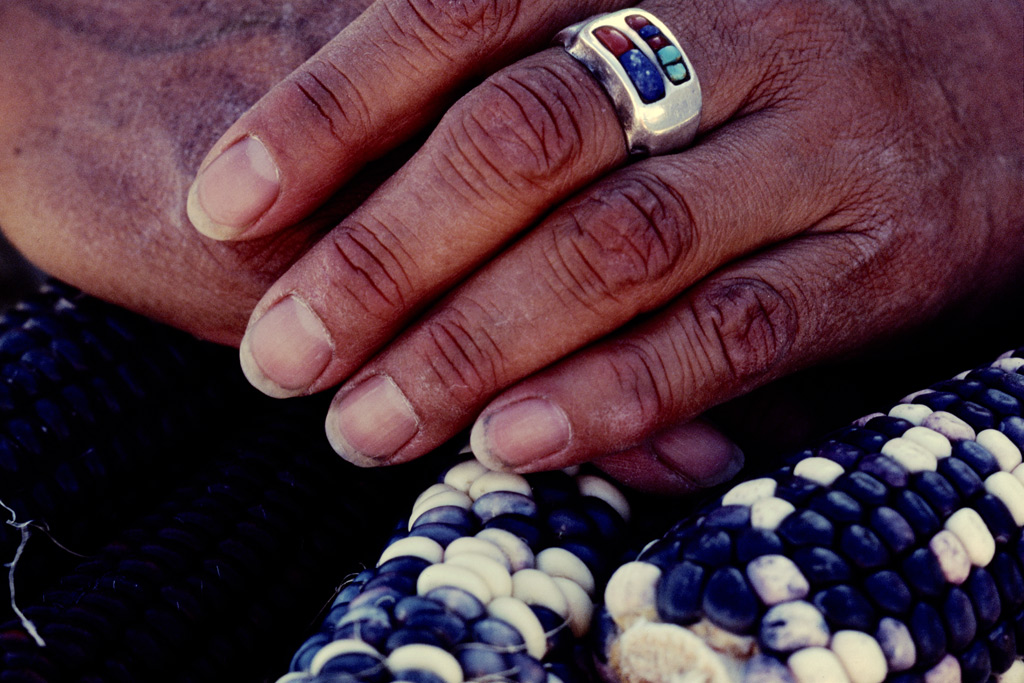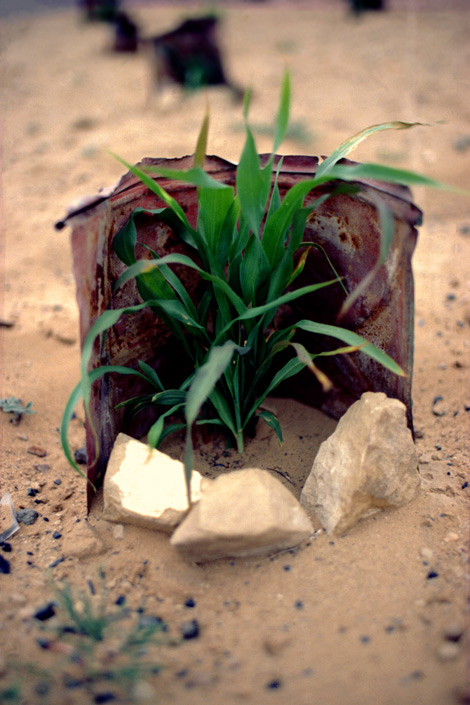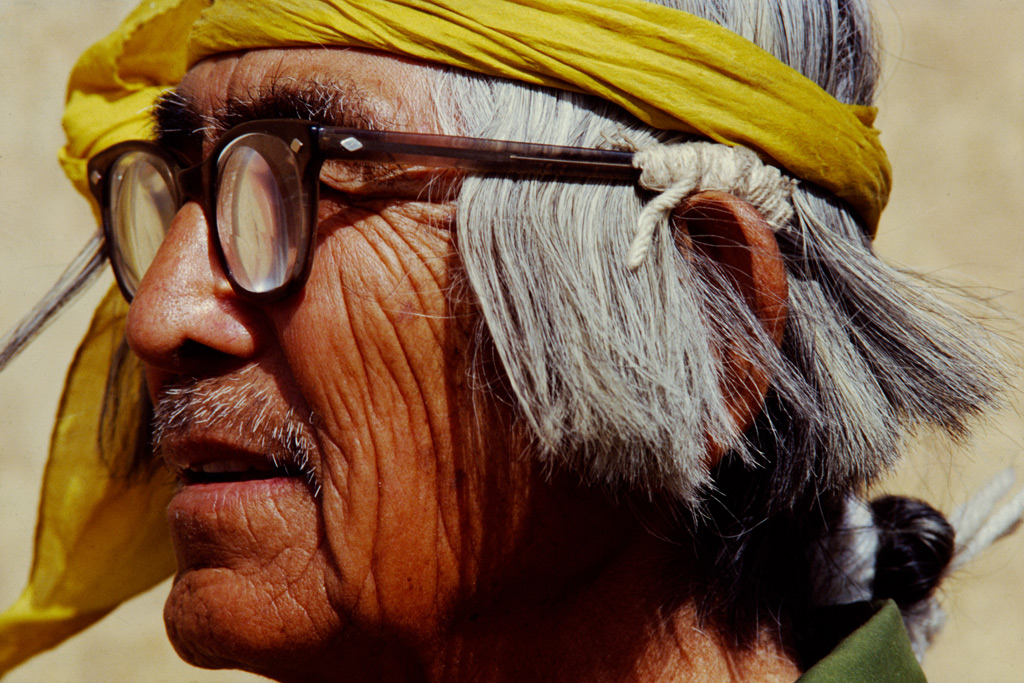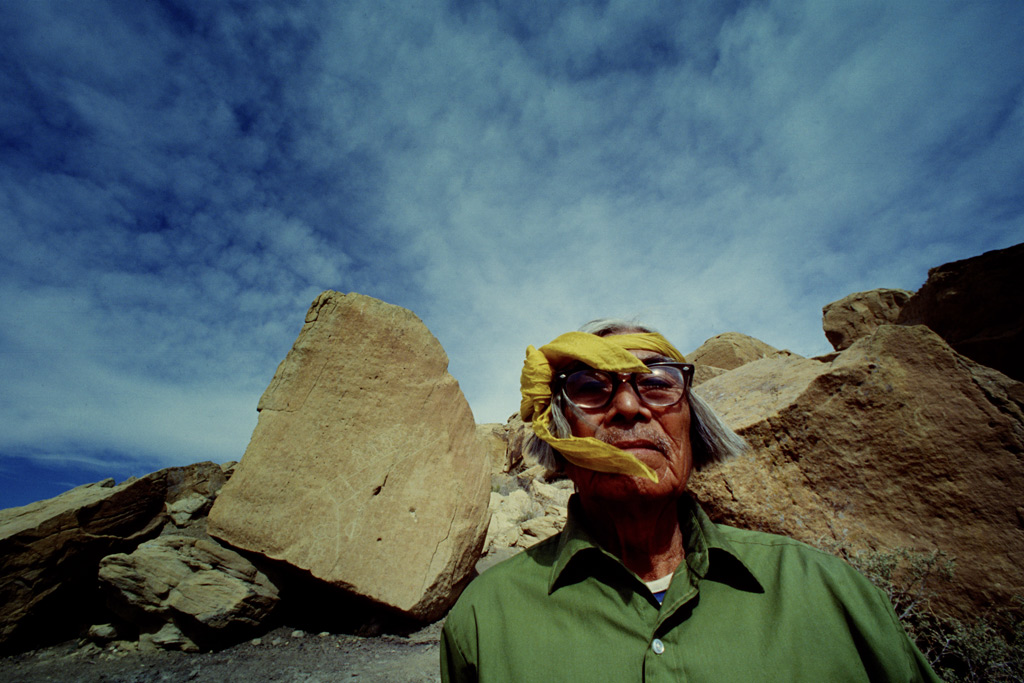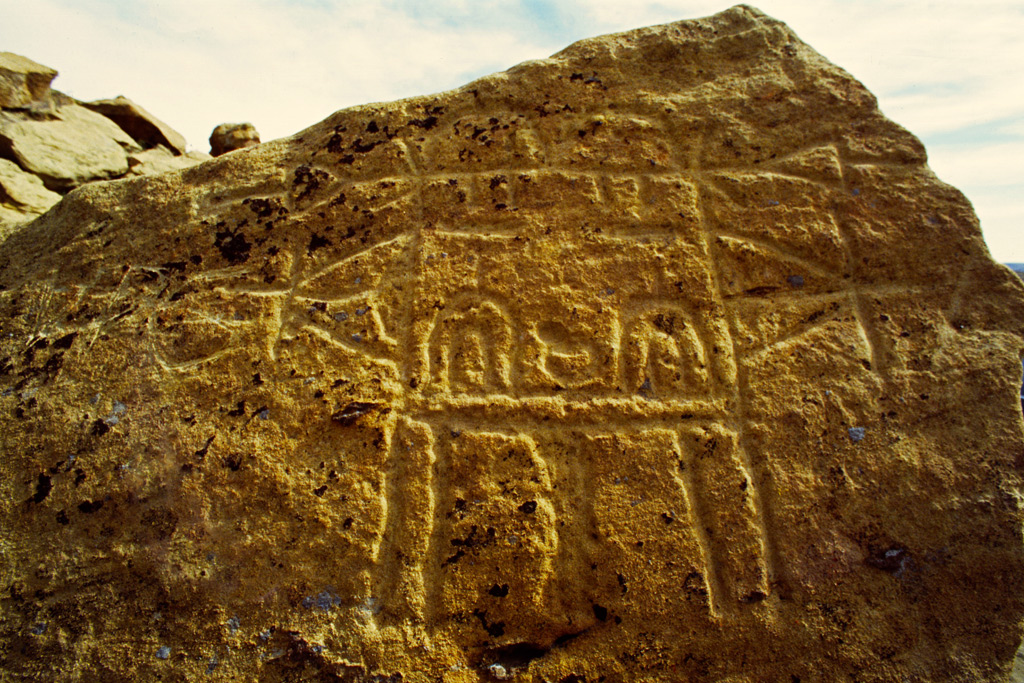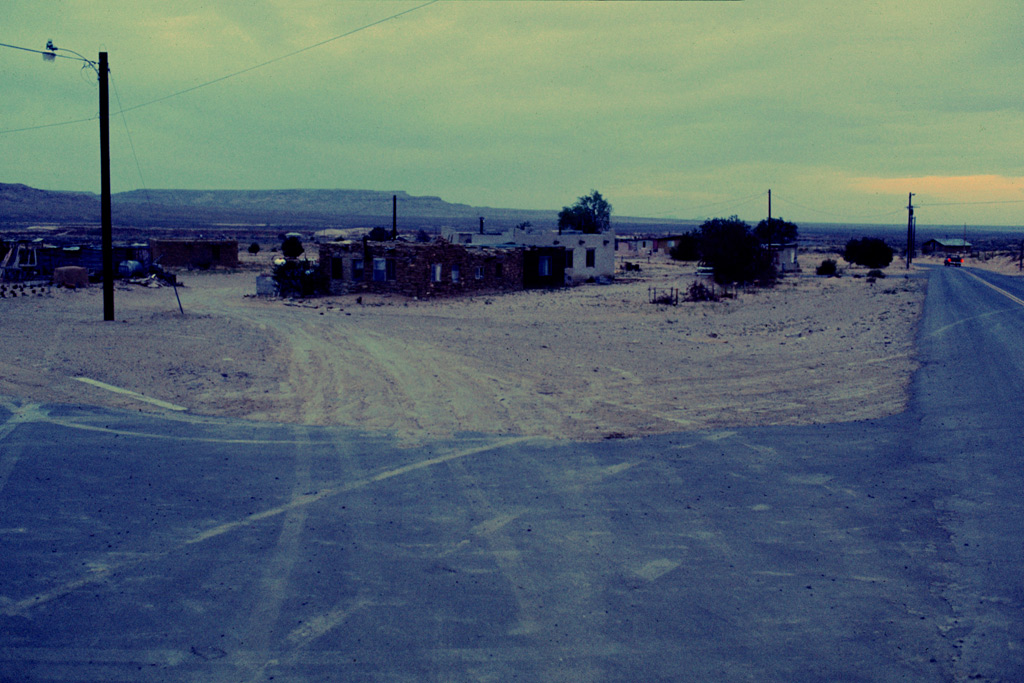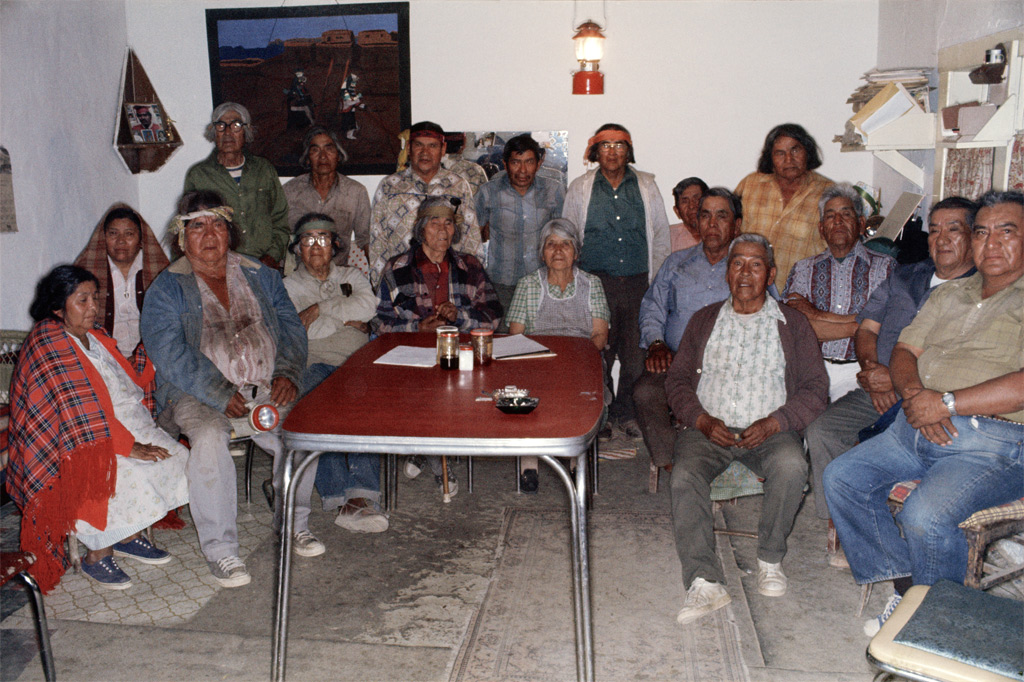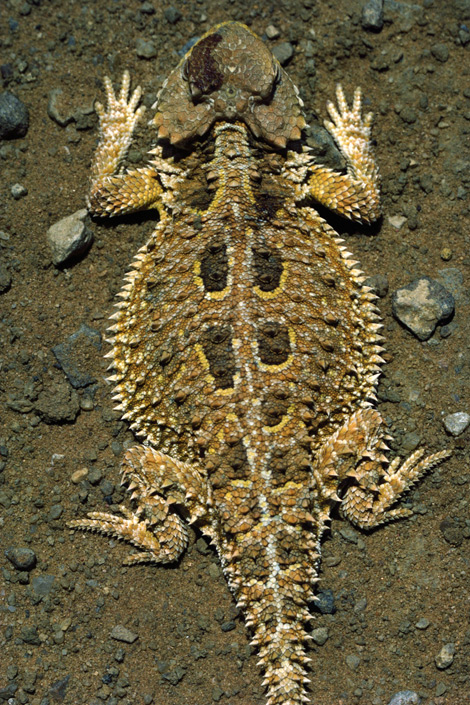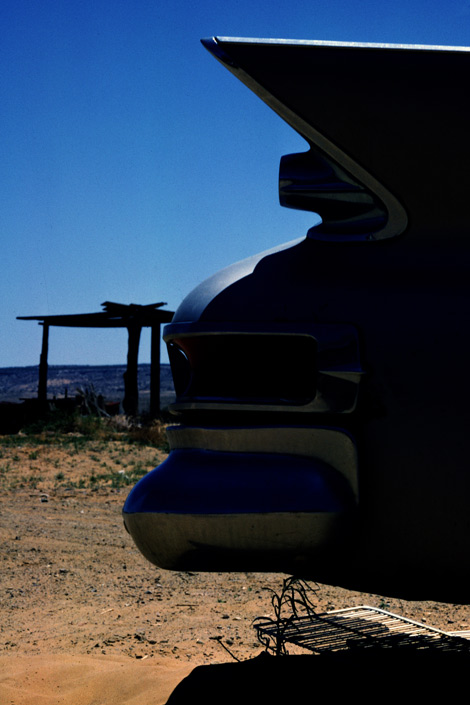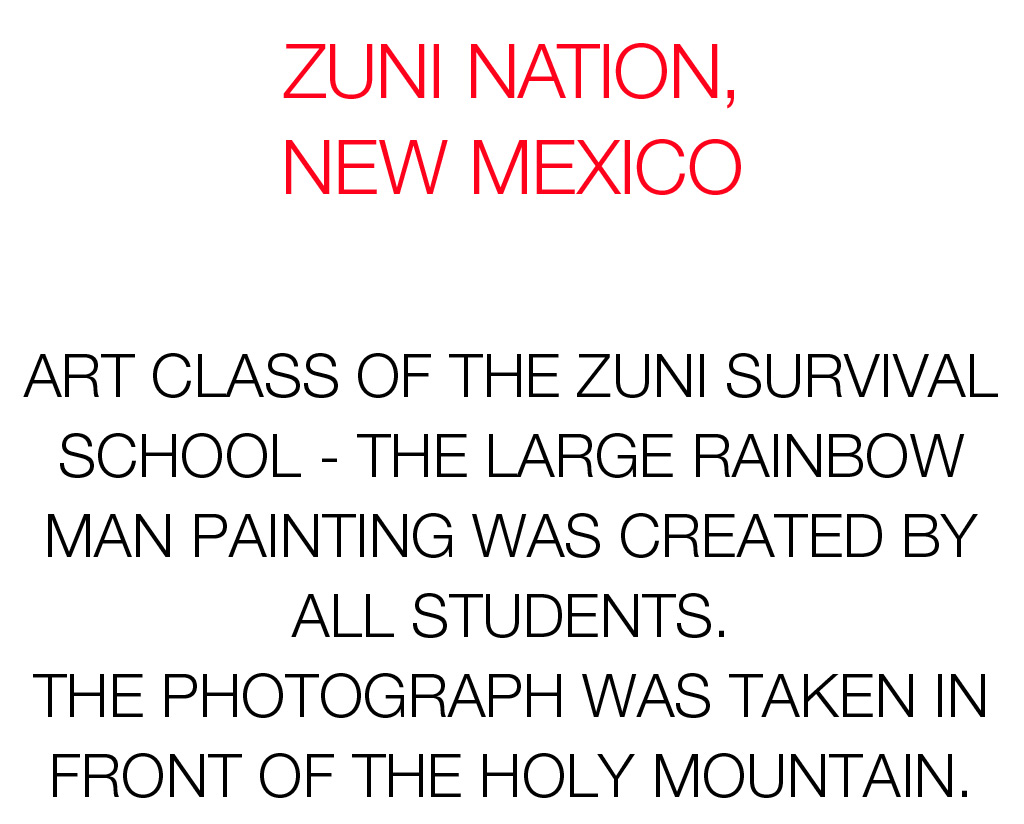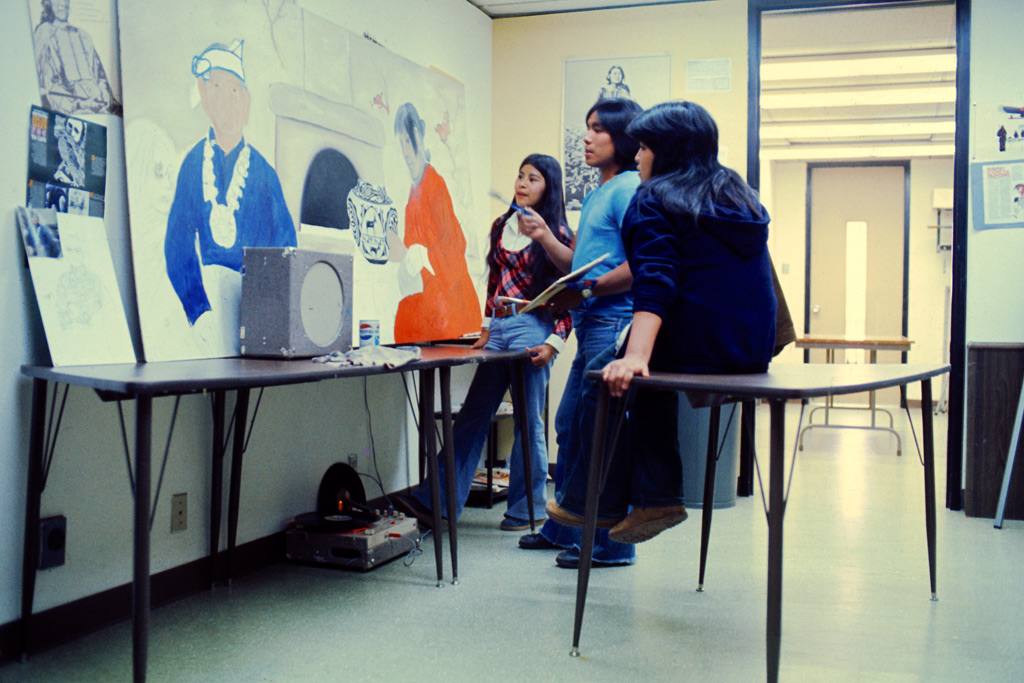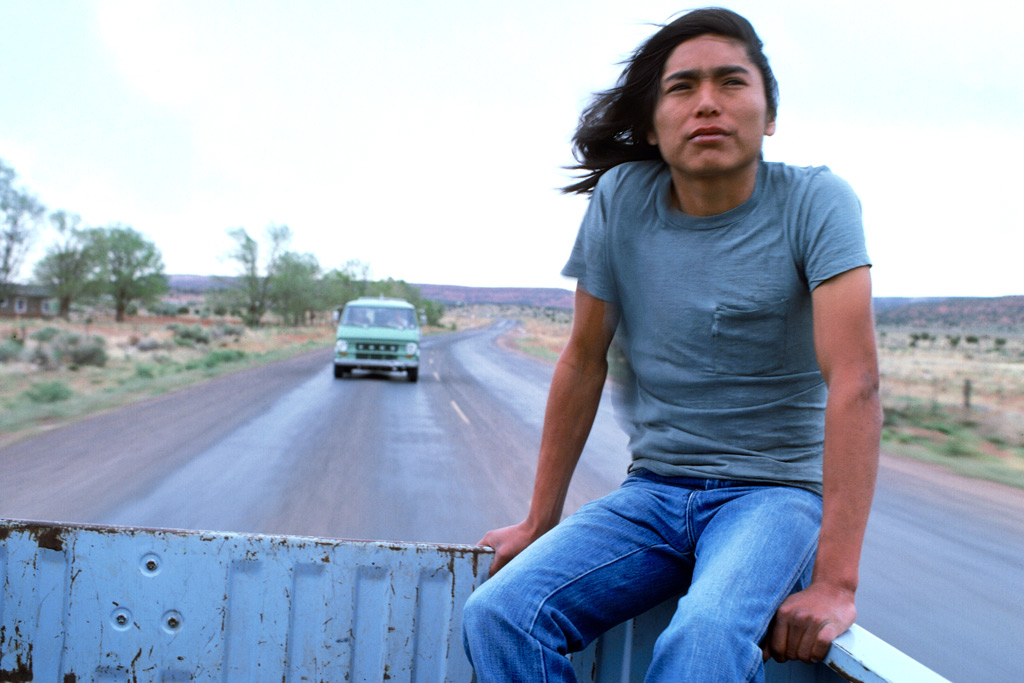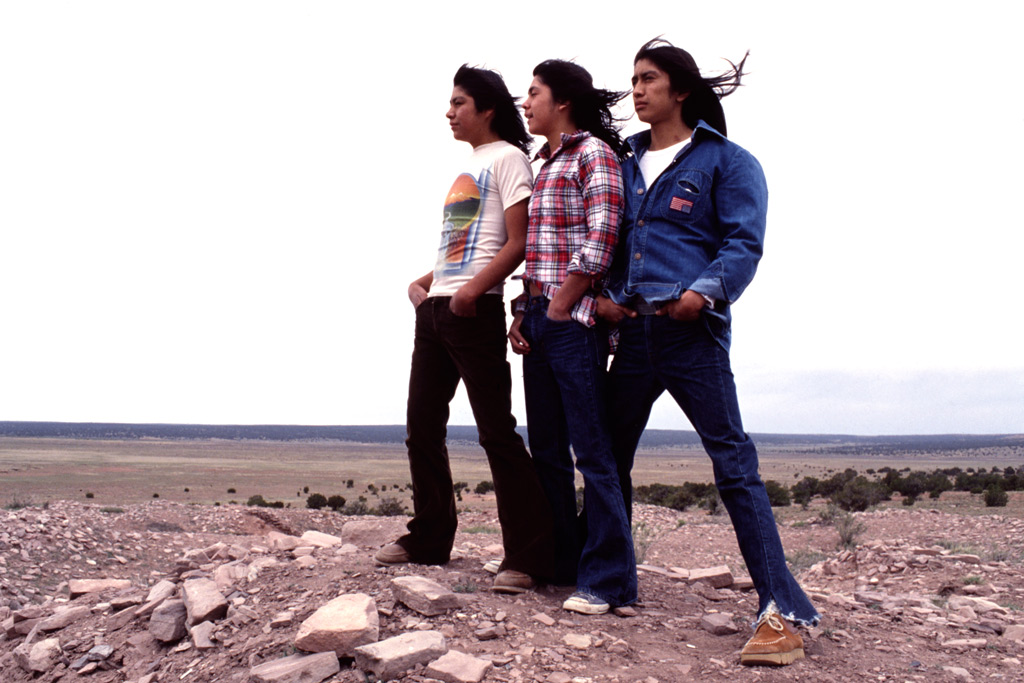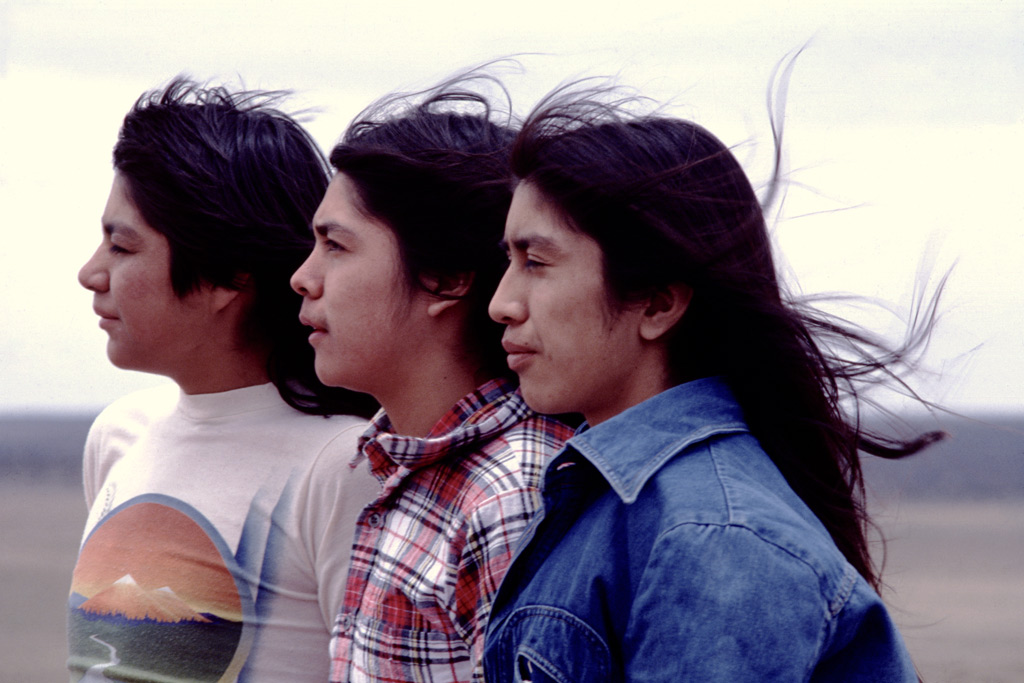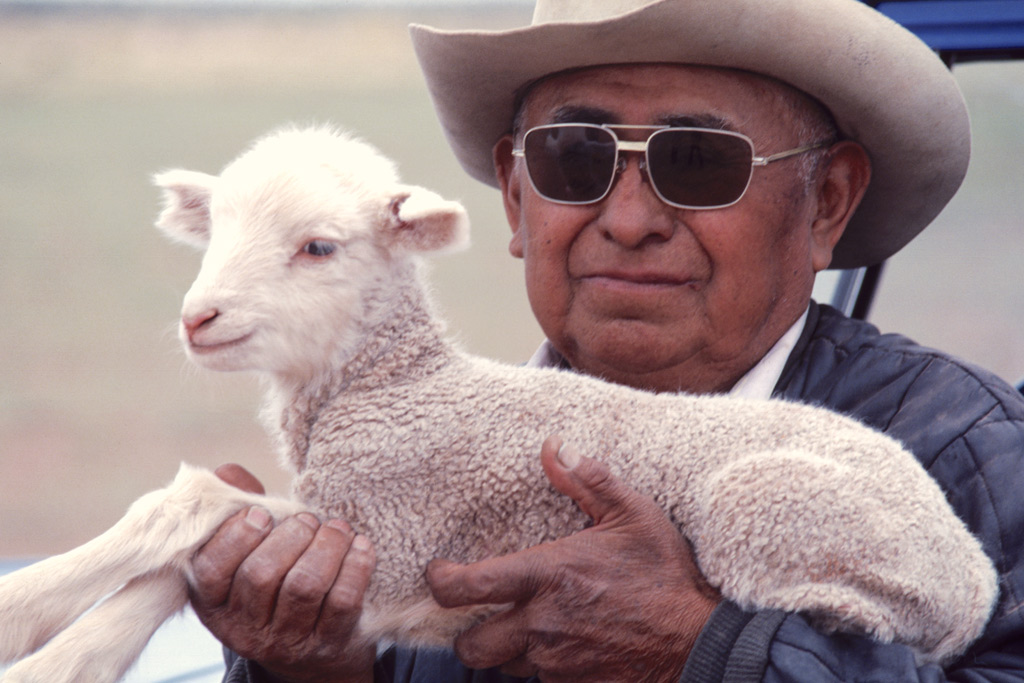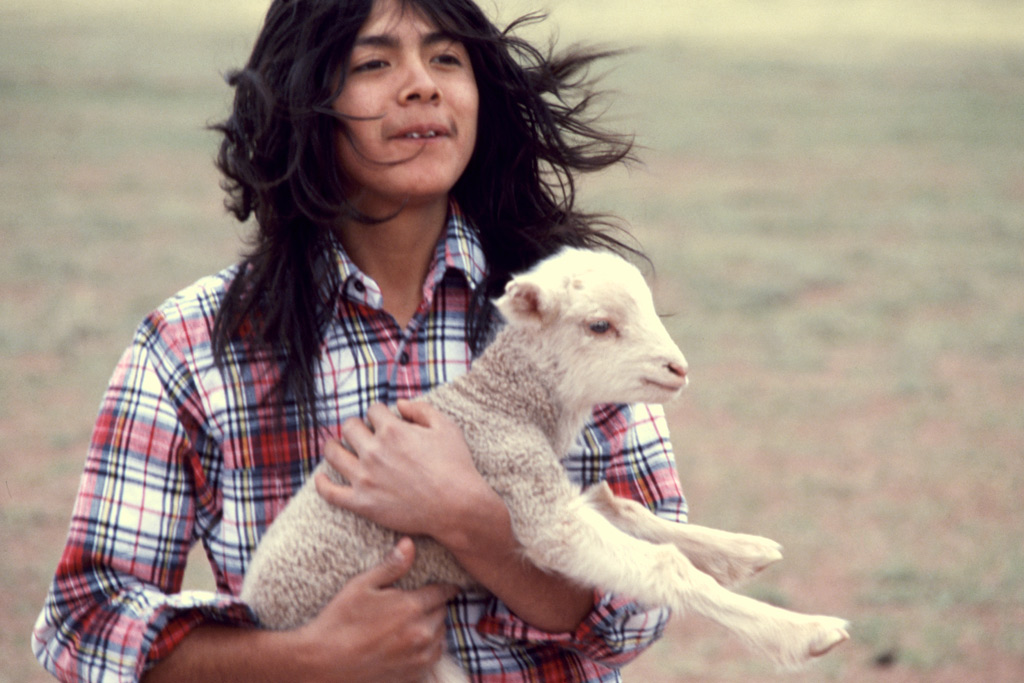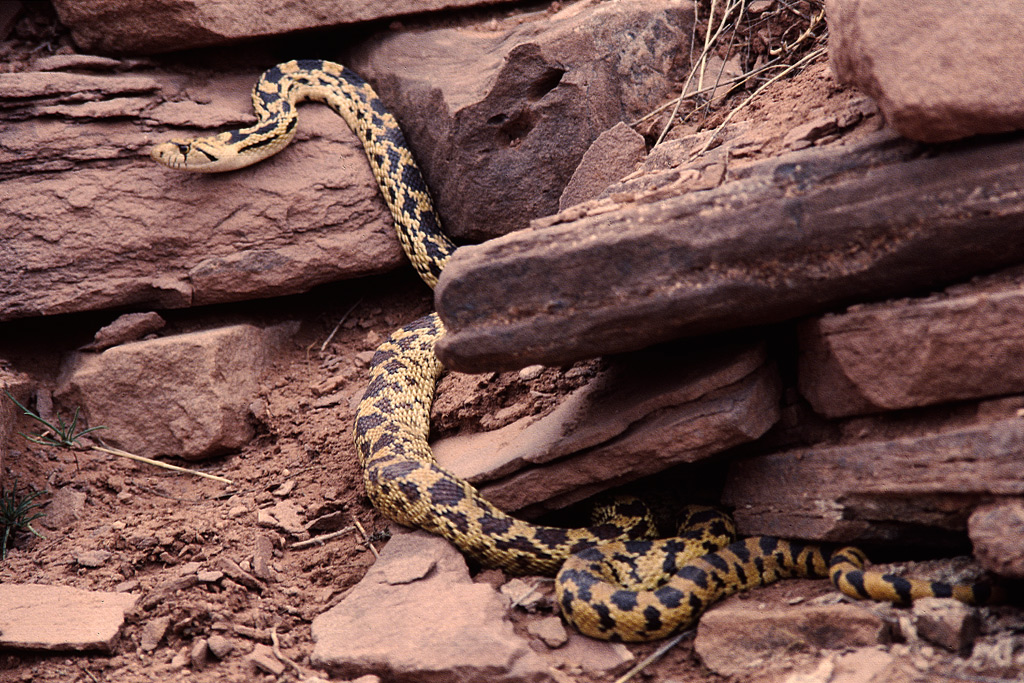
1977 was an important year for the resistance of the indigenous peoples of both the Americas. The UN Special Committee on Decolonization in Geneva had scheduled a one-week conference for September on land theft, racism and genocide. The International Indian Treaty Council, an American Indian NGO headquartered in New York City, was tasked with forwarding the invitation to travel to Switzerland to all indigenous peoples from the Arctic to the Andes.
When Christian von Alvensleben and I started out on our journey for the magazine STERN in April 1977, the individual organizations and tribal governments were already putting their delegations together. As Europeans, we were well-received visitors because we came from the very place where they soon wanted to be. They particularly appreciated the fact that as a photographer Christian was not in search of either action or misery, but looking for beauty, wisdom and the cultural strength of youth – collectively forming the backbone of the resistance which the media called “Red Power”. Christian was an attentive listener and able to show his protagonists that they were important to him.
For our route I chose places I was already acquainted with. We started out in the northern part of New York State, deep in the forests of the Adirondack Mountains, at the “Akwesasne Notes”, the most important newspaper of the American Indian resistance. Digital news was still a thing of the future, the only medium for transporting information across the country was printed paper. We found ourselves in the land of the Mohawk, one of the Six Nations of the Haudenosaunee (also known as the Iroquois Confederacy). Negotiations were being held with the Swiss Consulate in the neighboring Onondaga Nation Territory, since all the chiefs only wanted to travel to the UN Conference using their own passports. The Haudenosaunee do not consider themselves to be citizens of the USA. The Onondaga are the only one of the Six Nations which has been able to preserve its sovereignty through to the present day. We were reluctant to leave this little island of sovereignty to continue on our journey.
In Minnesota, we were given an induction into the emergence of the American Indian Movement (AIM) by its founders and crossed the Mississippi several times a day: both Minneapolis and also St. Paul, the twin city on the other side of the river, have strong American Indian populations. The Heart of the Earth Survival School in Minneapolis and the Little Red School House in St. Paul were the first of many “Survival Schools” to be founded under autonomous administration – the answer to the theft of American Indian children and to the abuse of these children in state and church boarding schools.
It was on the Rosebud Reservation in South Dakota where we met Leonard Crow Dog again. After being wrongly convicted, the medicine man from the Brulé Lakota had suffered extreme treatment in prison, and we had previously accompanied him to various organizations in Washington D.C., together with the author Richard Erdoes. The Wild West and its attendant racism in the center of the country was palpable everywhere; American Indians were only tolerated as a tourist attraction.
In the south-west, in New Mexico and Arizona, we visited the Hopi and Zuni peoples. In the village of Oraibi, which was founded there in approx. 1100 AD and is the oldest continually-inhabited settlement of the continent, two Hopi Elders took us to visit Prophecy Rock with the pictogram of its millennia-old prophecy, carved into stone in the 19th century. This ancient prediction speaks of a forthcoming purification of the earth at the beginning of which an invisible network will encircle the globe.
Just one decade later, the Internet was to be introduced.
Claus Biegert, 2021
FROM THE HAUDENOSAUNEE TERRITORY
TO THE HOPI PROPHECY ROCK.
REISE DURCH DAS INDIANERLAND DER USA
Das Jahr 1977 war ein bedeutendes Jahr im Widerstand der Ureinwohner beider Amerikas. Der Entkolonialisierungsauschuß der UNO in Genf hatte für September eine einwöchige Konferenz zu Landraub, Rassismus und Völkermord angesetzt. Das International Indian Treaty Council, eine indianische NGO mit Sitz in New York City, hatte die Aufgabe, die Einladung in die Schweiz an alle indigenen Völker von der Arktis bis zu den Anden weiterzuleiten.
Als Christian von Alvensleben und ich unsere Reise für das Magazin STERN im April 1977 antraten, waren die einzelnen Organisationen und Stammesregierungen bereits dabei, ihre Delegationen zusammen zu stellen. Wir waren als Europäer gern gesehene Besucher, denn wir kamen daher, wo sie bald hin wollten. Besonders gefiel ihnen, dass Christian als Fotograf weder Action noch Elend suchte, sondern Schönheit, Weisheit und die kulturelle Kraft der Jugend – gemeinsam das Rückgrat des Widerstands, den die Medien Red Power nannten. Christian konnte aufmerksam zuhören, und er ließ seine Protagonisten wissen, dass sie ihm wichtig waren.
Ich wählte für unsere Route die Orte, die mir bereits vertraut waren. Wir begannen im Norden von New York State, tief im Wald der Adirondack Mountains bei den „Akwesasne Notes”, der wichtigsten Zeitung des indianischen Widerstands. Digitale Nachrichten gehörten noch der Zukunft an, allein gedrucktes Papier trug damals die Informationen durchs Land. Wir befanden uns im Land der Mohawk, eines der sechs Nationen der Haudenosaunee (auch bekannt als Irokesen). Im angrenzenden Onondaga Nation Territory liefen die Verhandlungen mit dem Schweizer Konsulat, da alle Häuptlinge nur mit ihren eigenen Pässen zur UN-Konferenz reisen würden. Die Haudenosaunee betrachten sich nicht als Bürger der USA, die Onondaga konnten als einzige der sechs Nationen ihre Souveränität bis heute bewahren. Ungern reisten wir weiter.
In Minnesota wurden wir von seinen Gründern in die Entstehung des American Indian Movement (AIM) eingeweiht und überquerten den Mississippi mehrmals am Tag: Sowohl Minneapolis als auch St. Paul, die Zwillingsstadt am anderen Ufer, haben eine starke indianische Bevölkerung. Die Heart of the Earth Survival School in Minneapolis und das Little Red School House in St. Paul waren die ersten von zahlreichen selbstverwalteten „Survival Schools” – die Antwort auf den Diebstahl indianischer Kinder und ihr Missbrauch auf den Boarding Schools der Regierung und der Kirchen.
Auf dem Rosebud Reservat in South Dakota trafen wir Leonard Crow Dog wieder. Der Medizinmann vom Stamm der Brulé-Lakota hatte, unschuldig verurteilt, extreme Behandlungen im Gefängnis hinter sich, und wir hatten ihn zuvor - zusammen mit dem Schriftsteller Richard Erdoes - zu verschiedenen Organisationen in Washington D.C. begleitet.Den Wilden Westen und seinen Rassismus im Inneren des Landes konnten wir überall spüren; Indianer waren nur als Touristen-Attraktion geduldet. In New Mexico und Arizona im Südwesten besuchten wir Hopi und Zuni. Im ca. 1100 n. Ch. gegründeten Dorf Oraibi, der ältesten kontinuierlich bewohnten Siedlung des Kontinents, führten uns zwei Hopi-Älteste zum Prophecy Rock, in den eine Jahrtausende alte Weissagung eingekerbt ist. Die Prophezeiung spricht von einer bevorstehenden Läuterung der Erde, zu deren Beginn ein unsichtbares Netz die Erdkugel umspannen werde.
Ein Jahrzehnt später sollte das Internet eröffnet werden.
Claus Biegert, 2021
